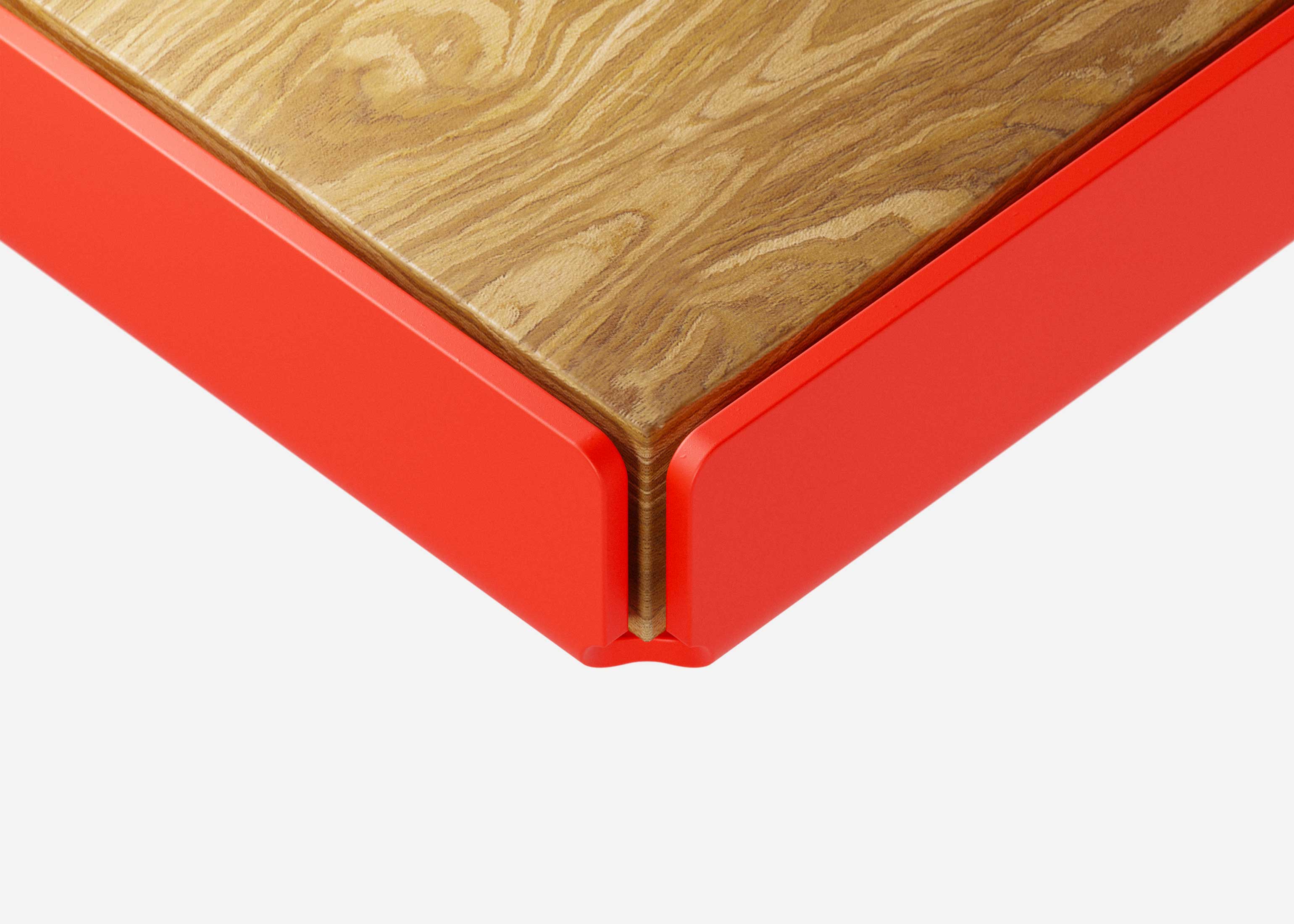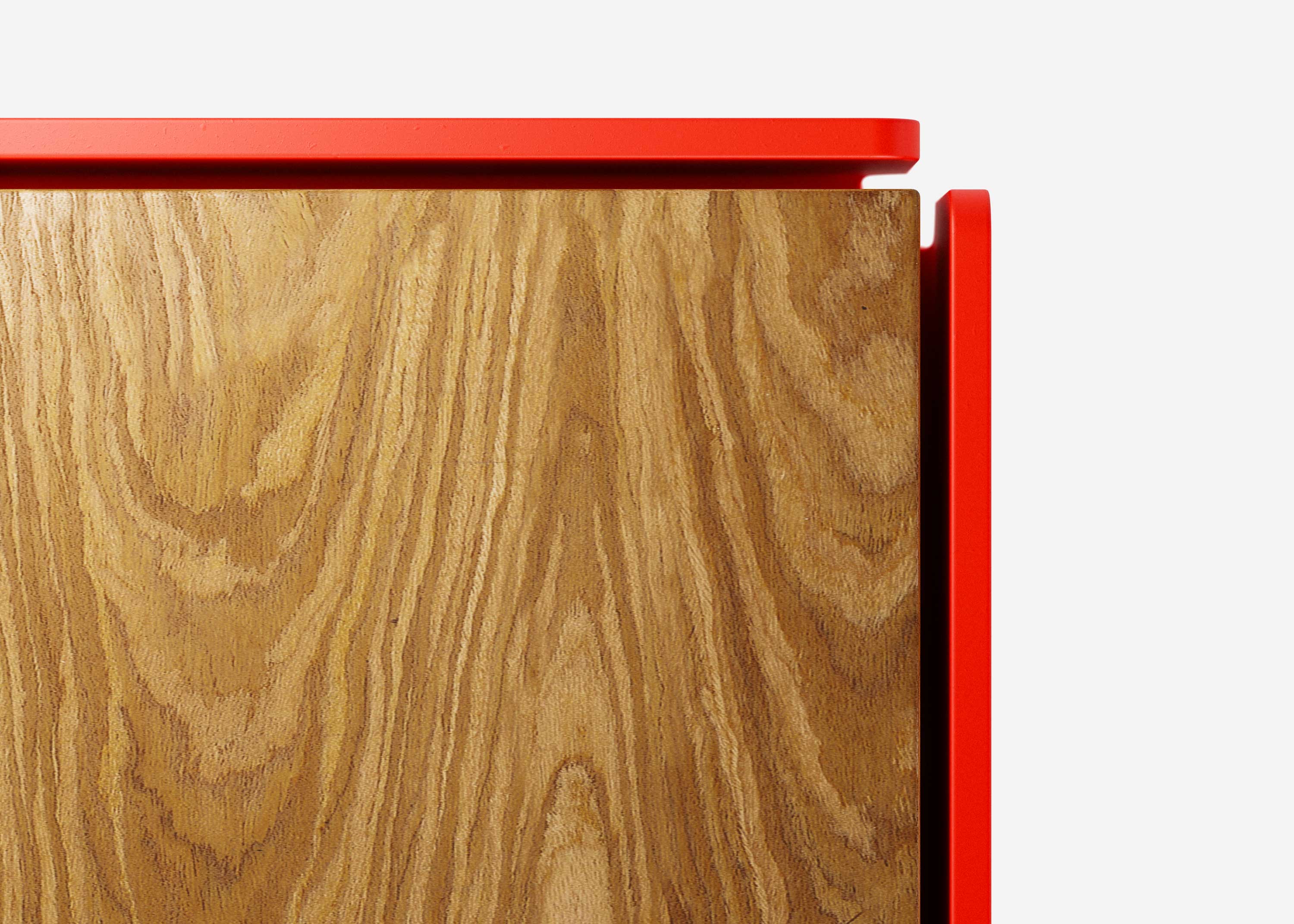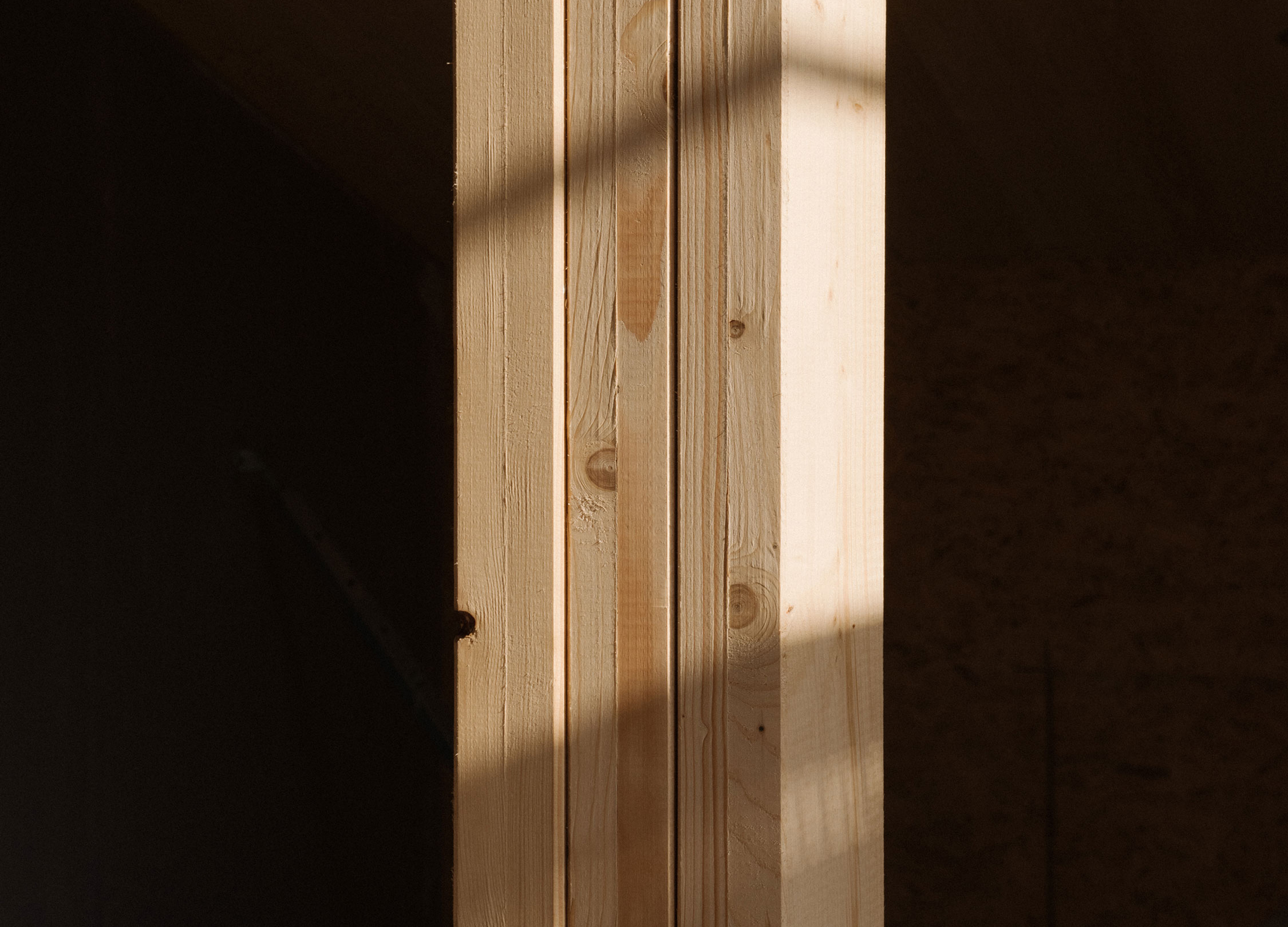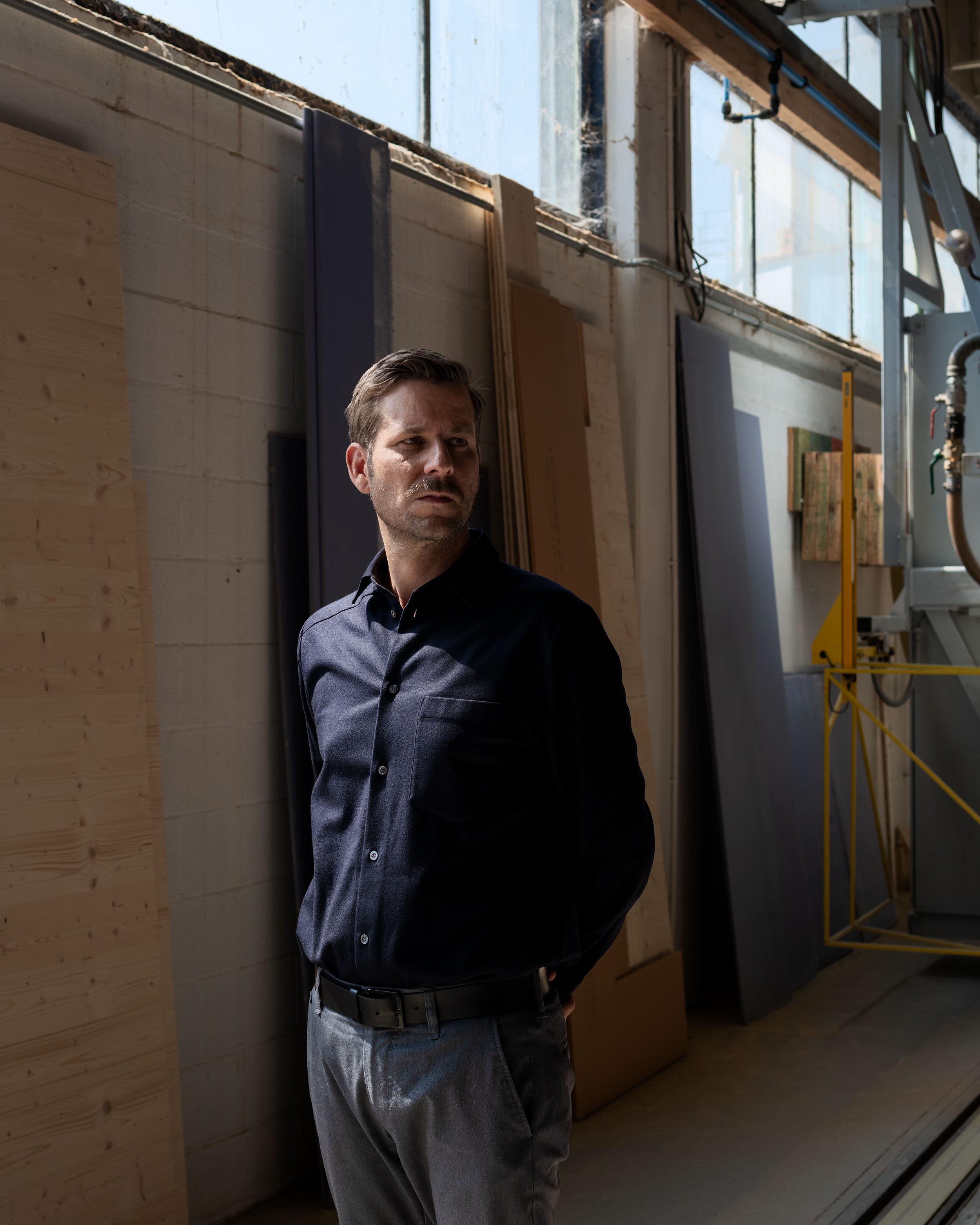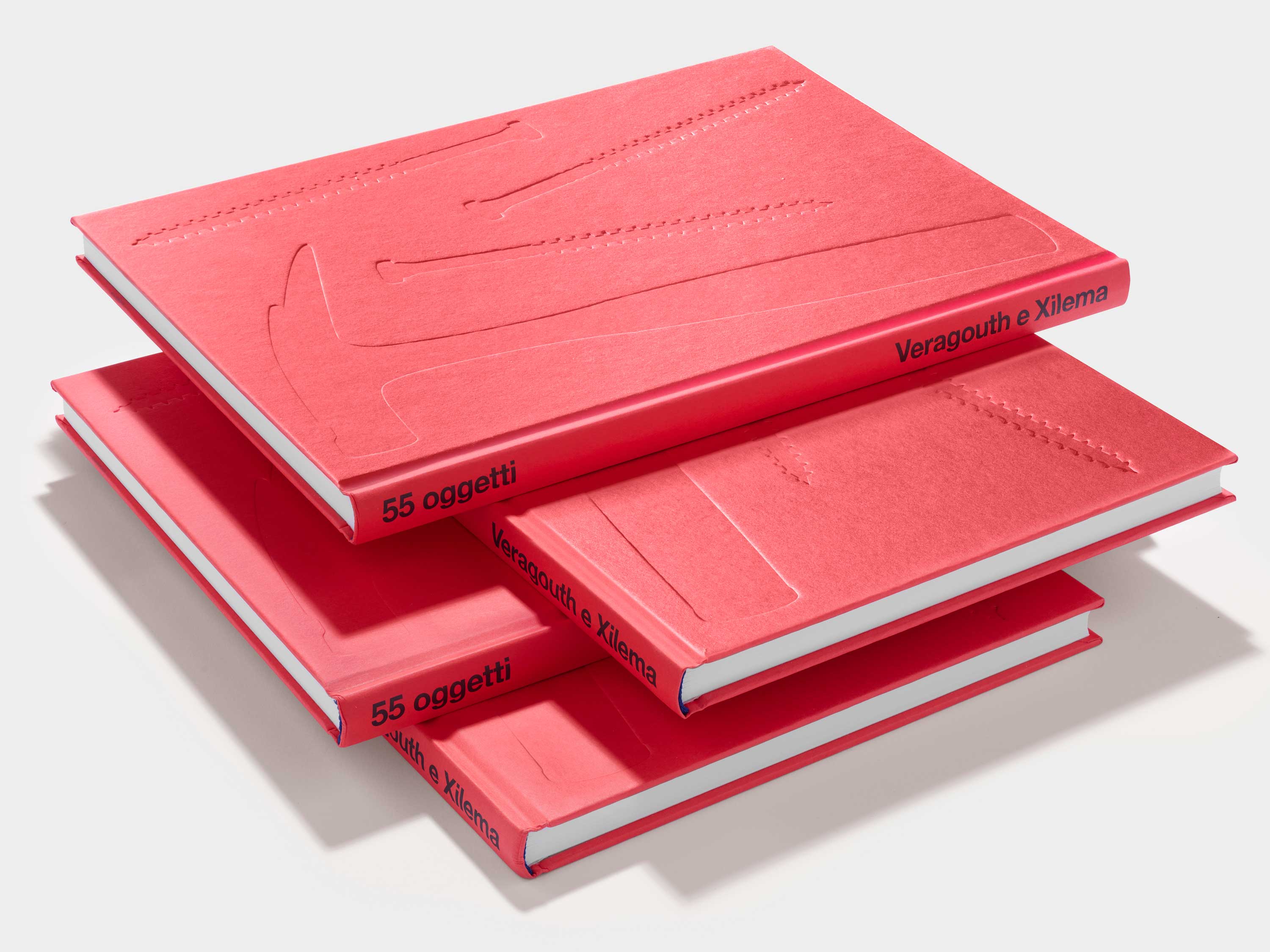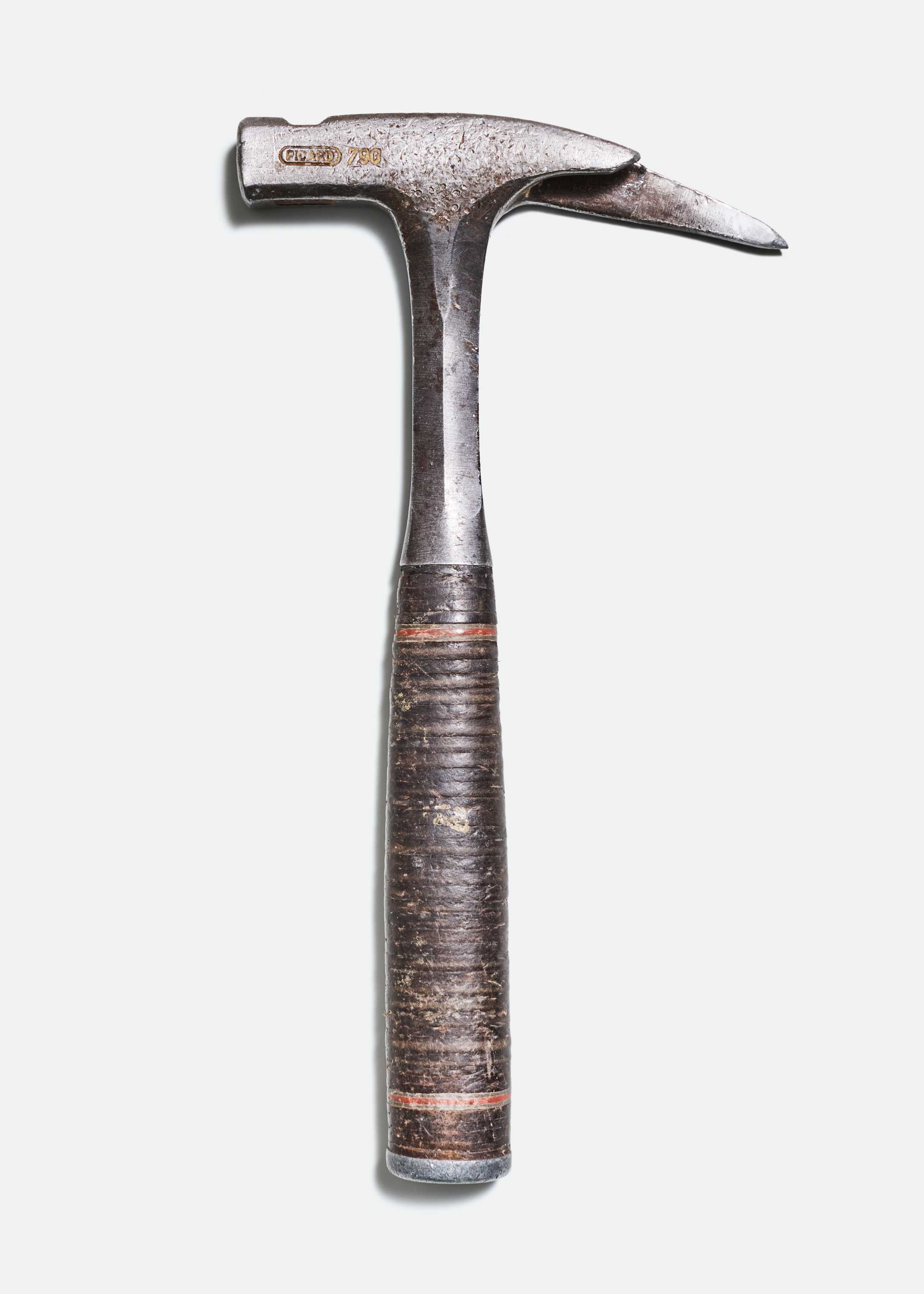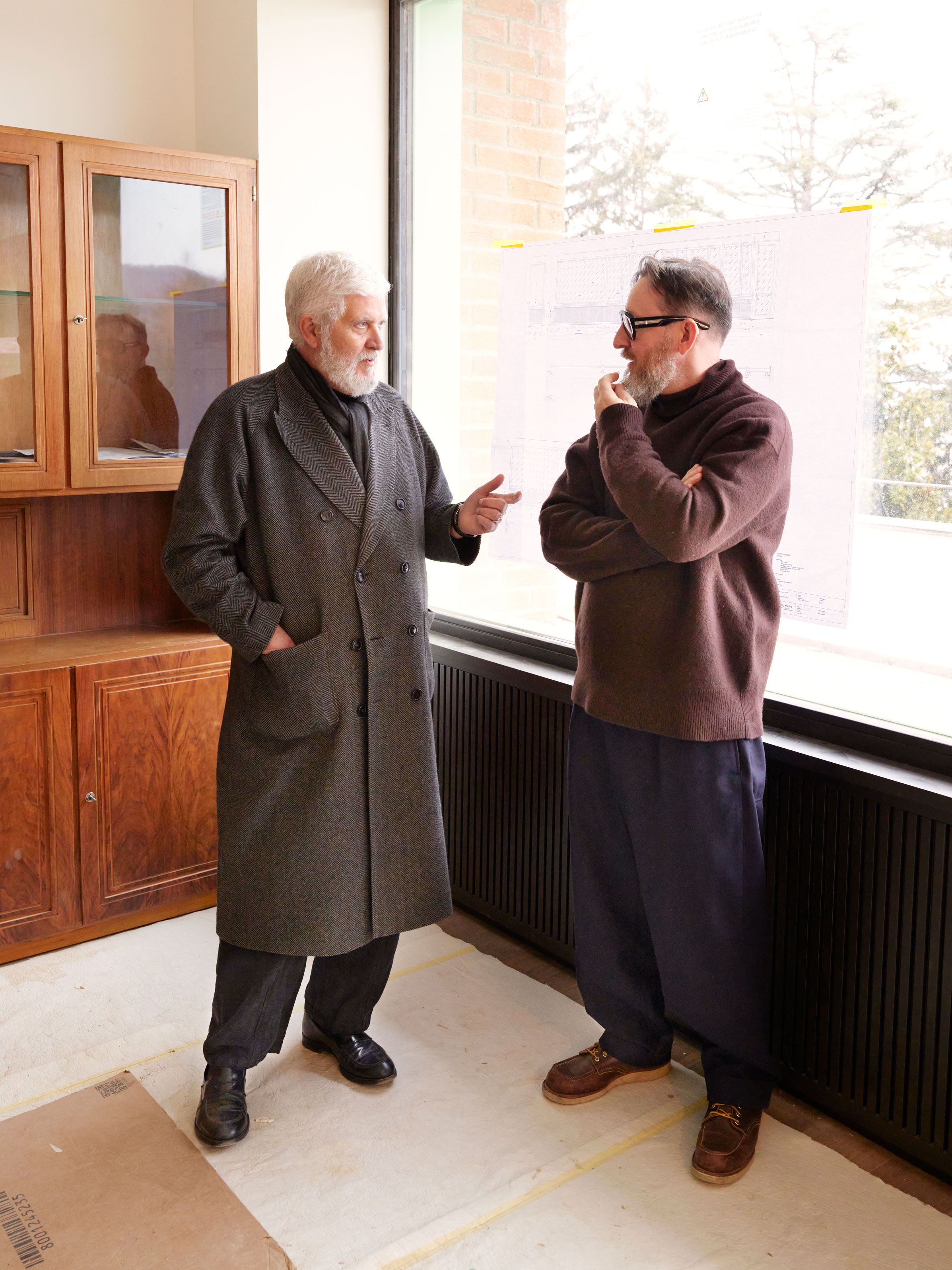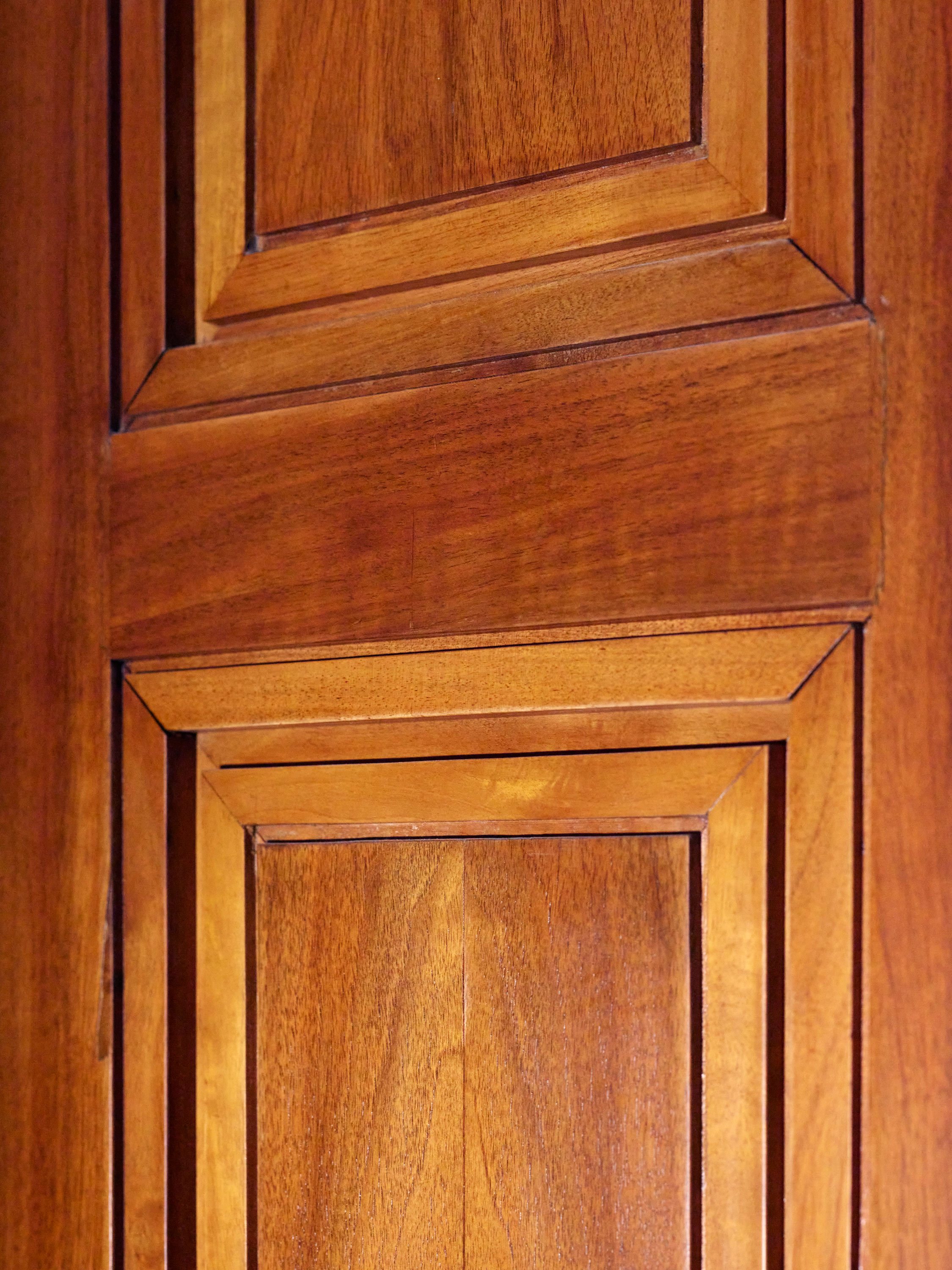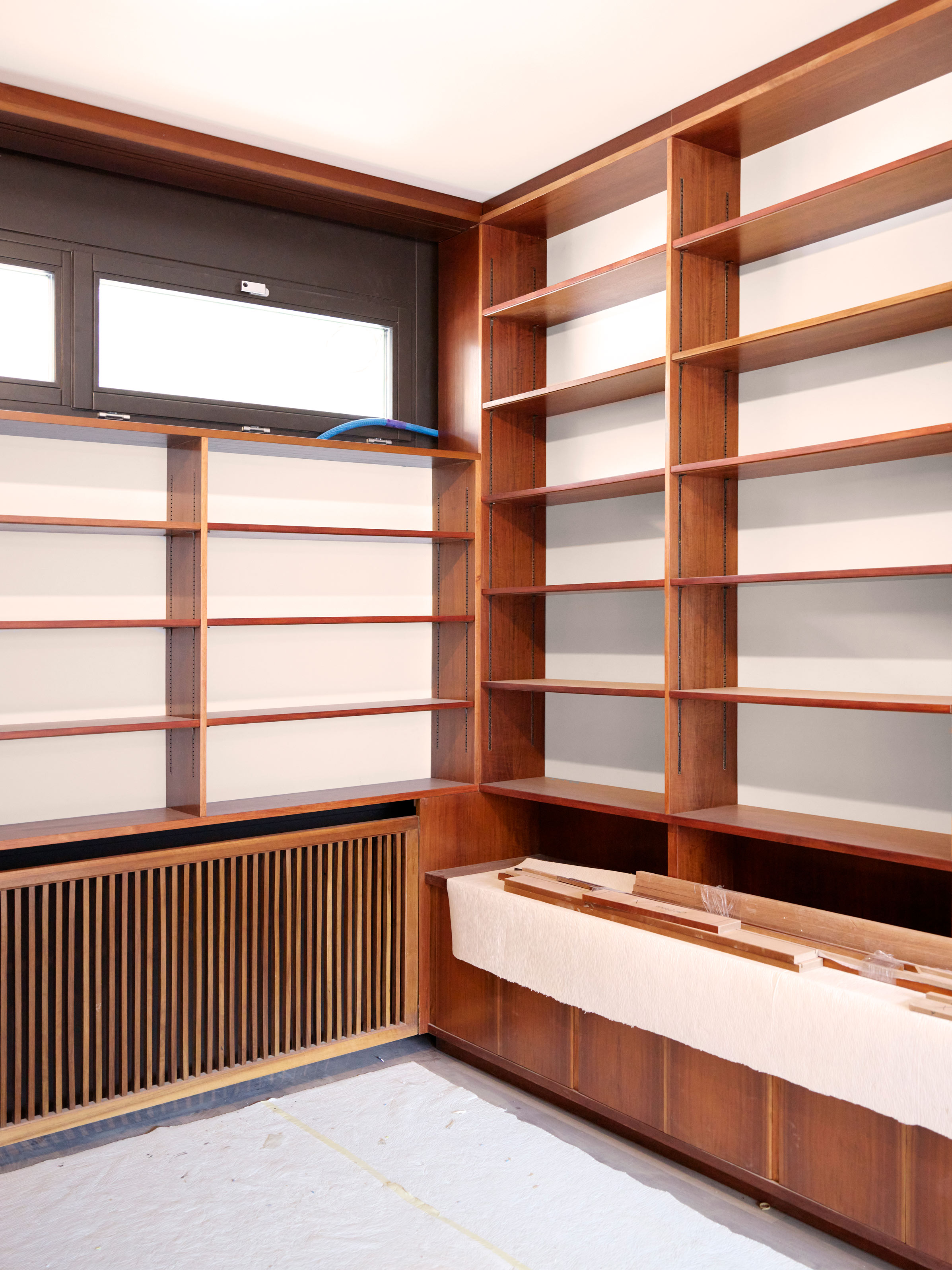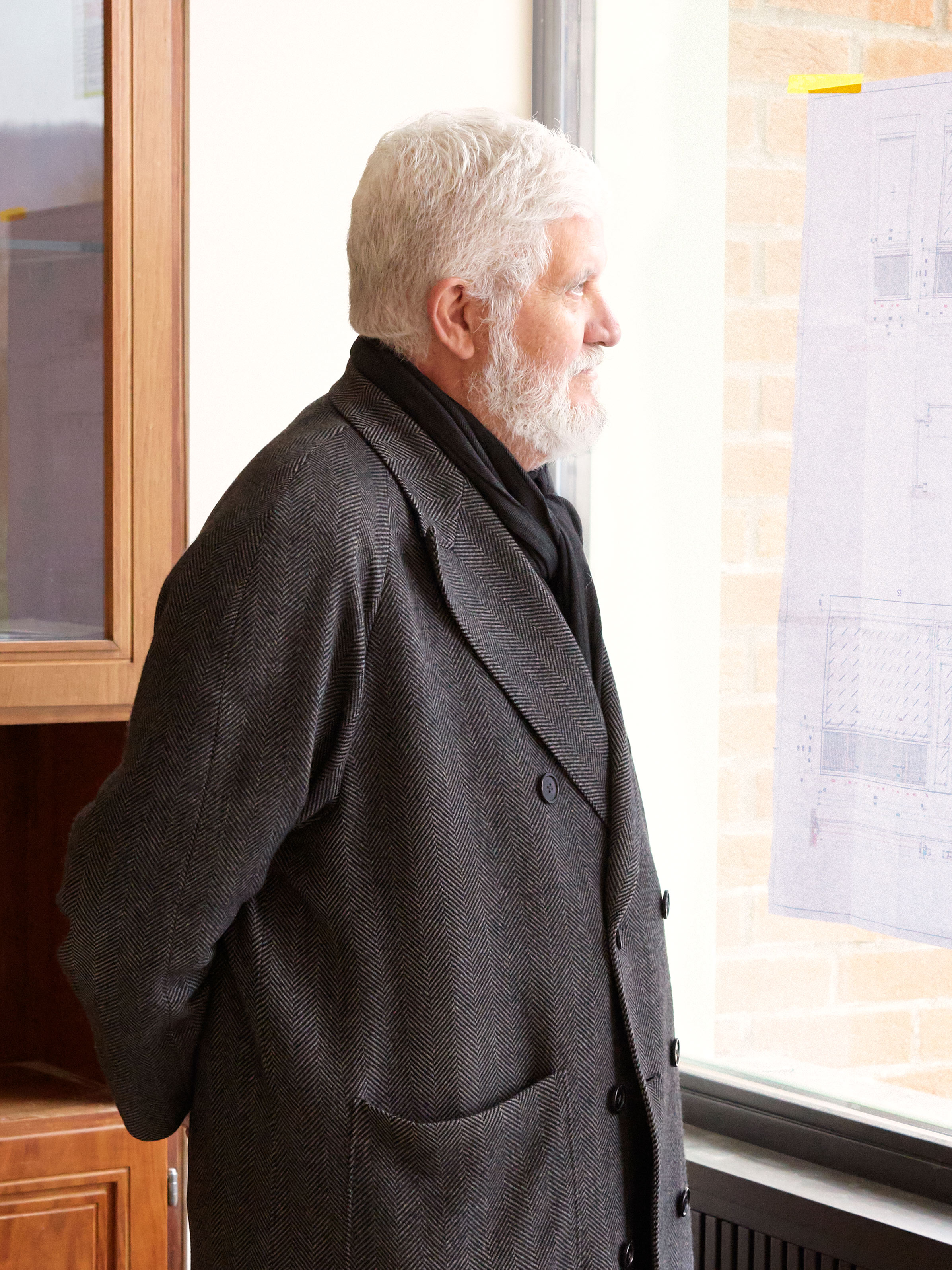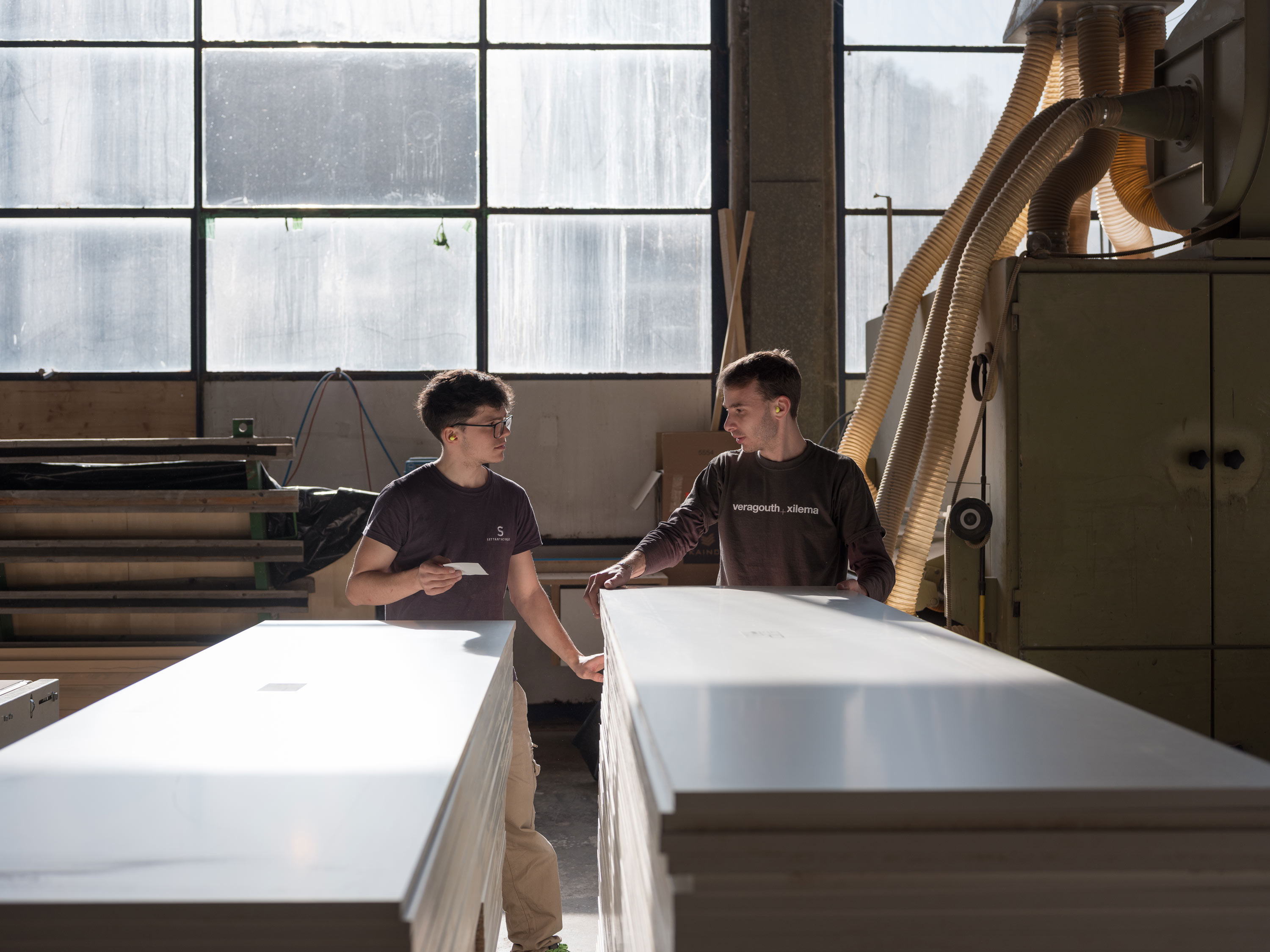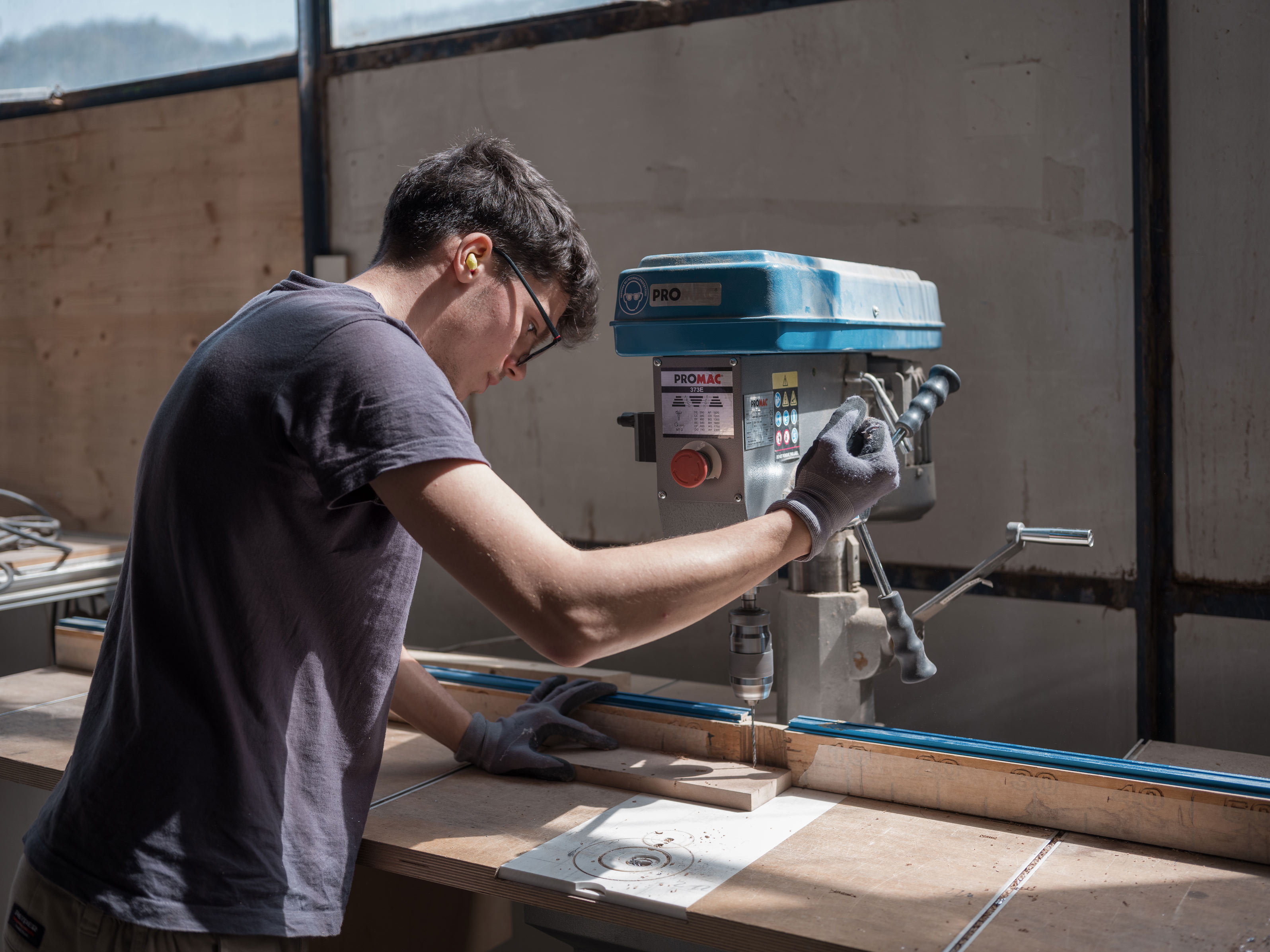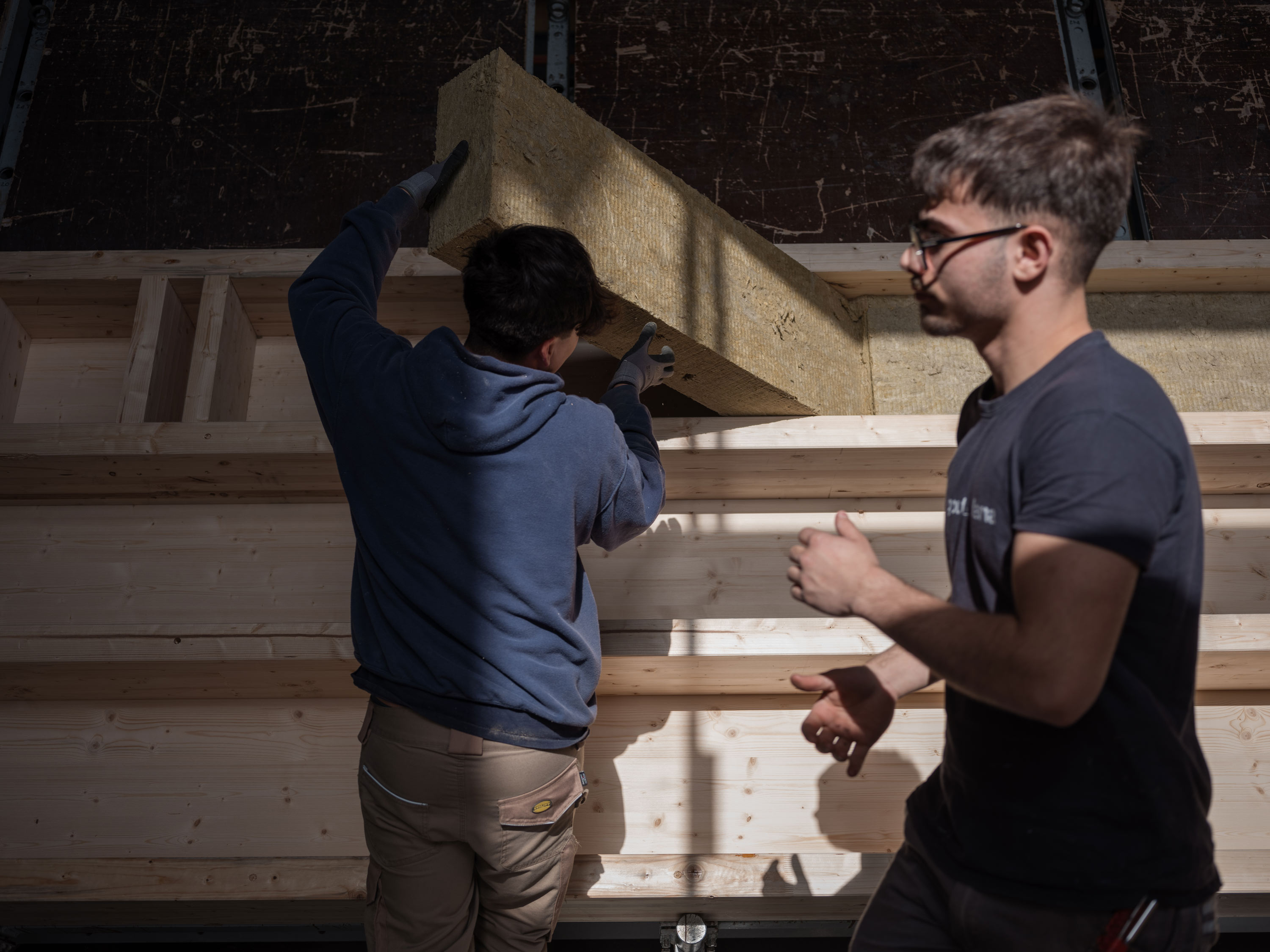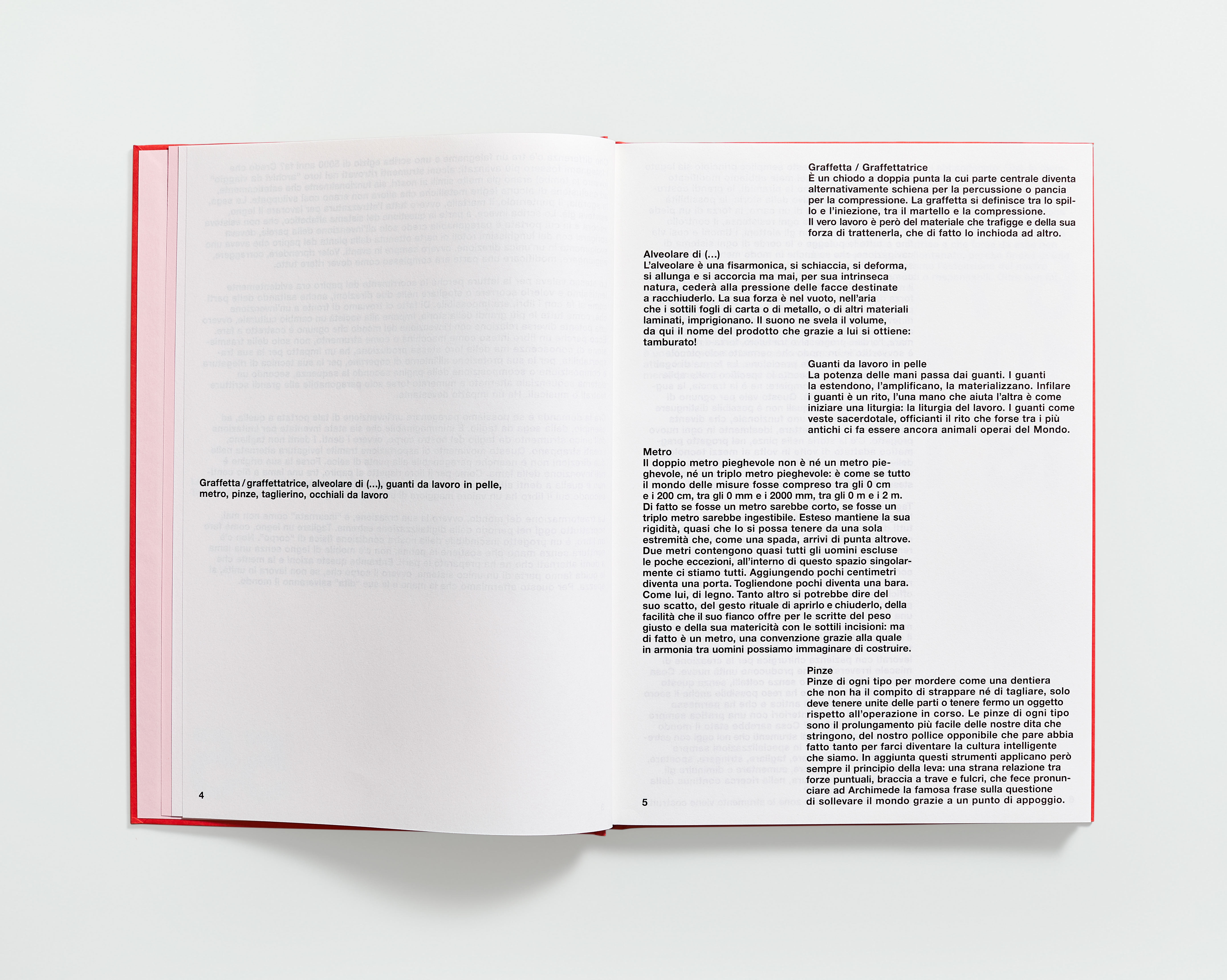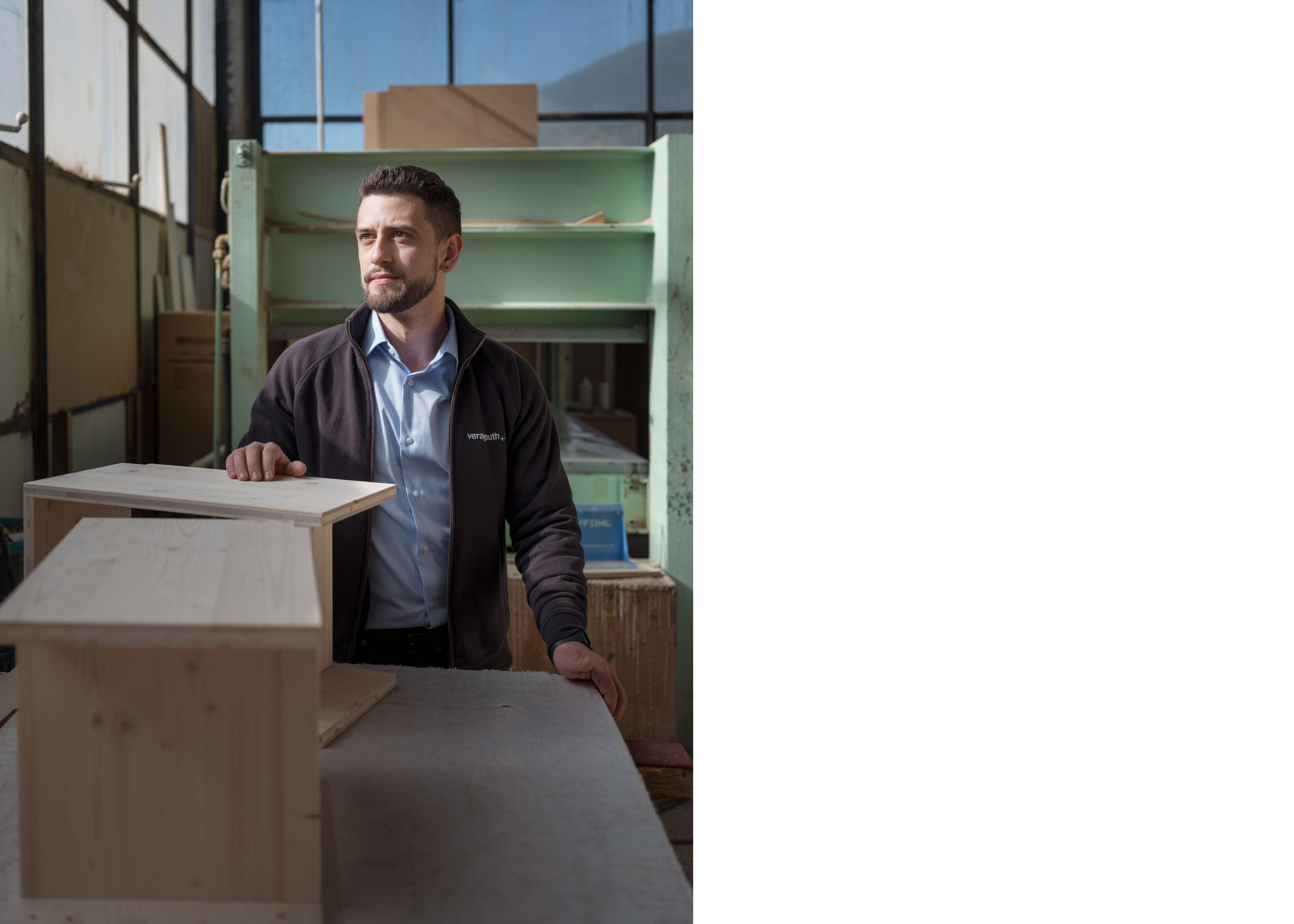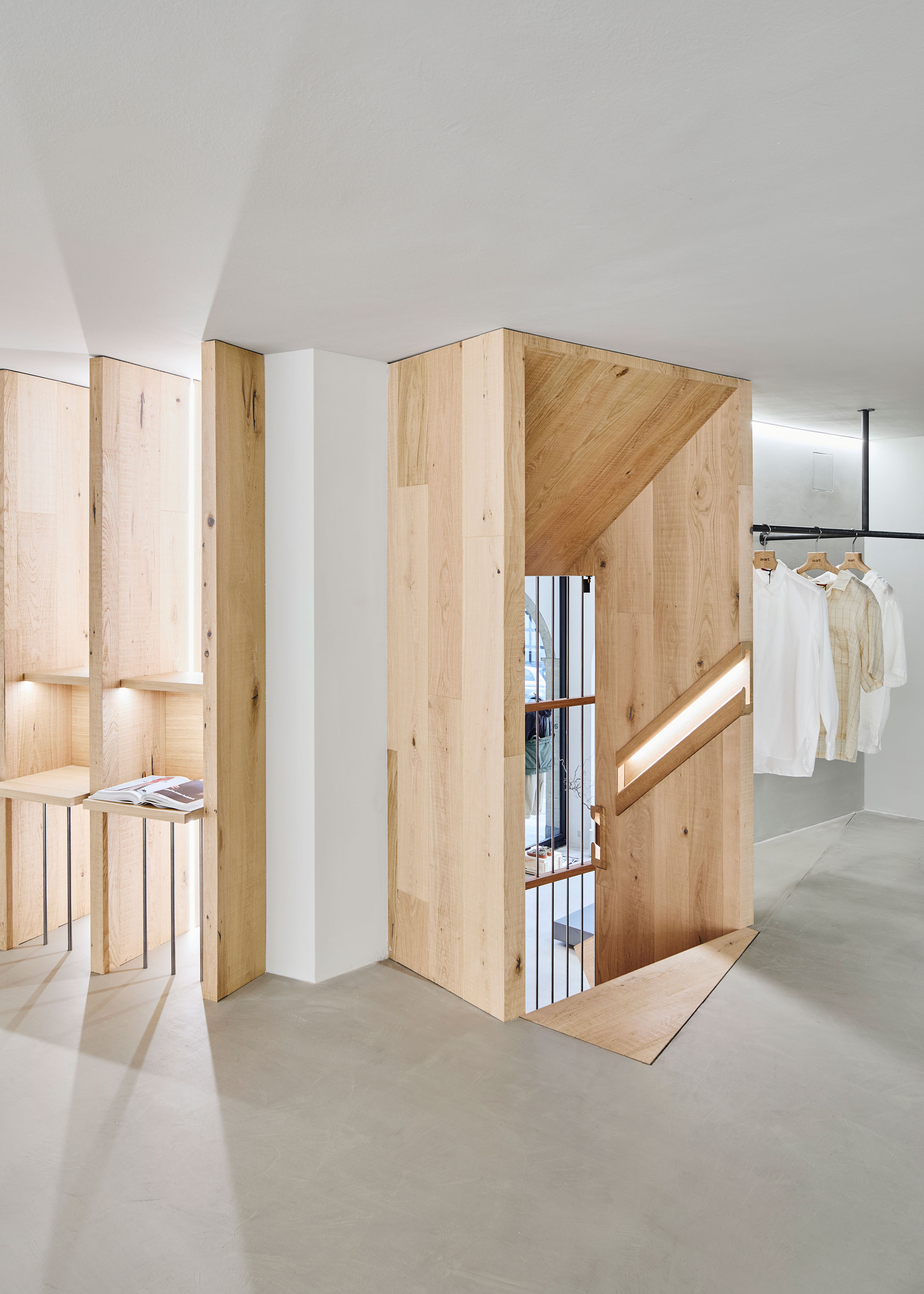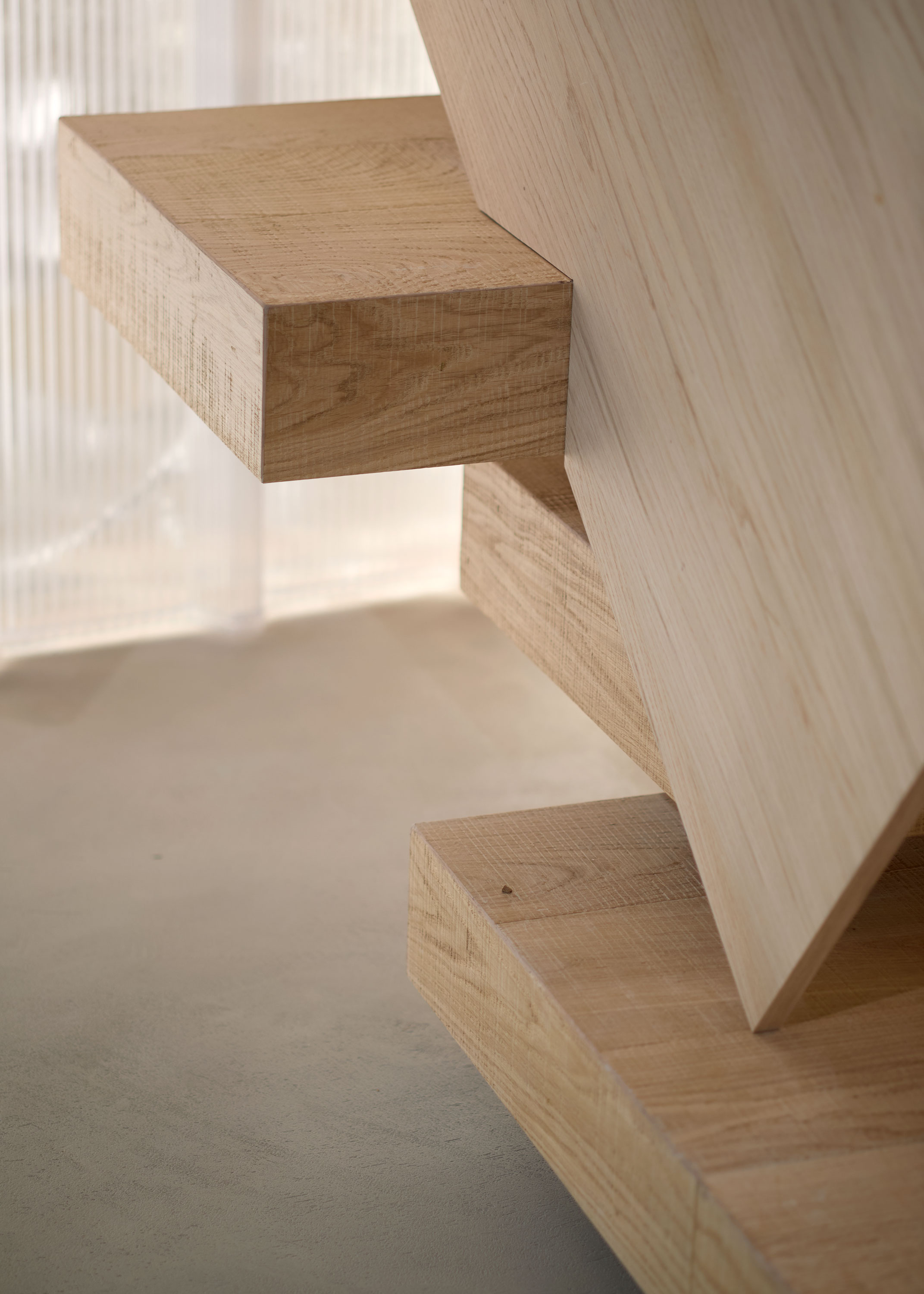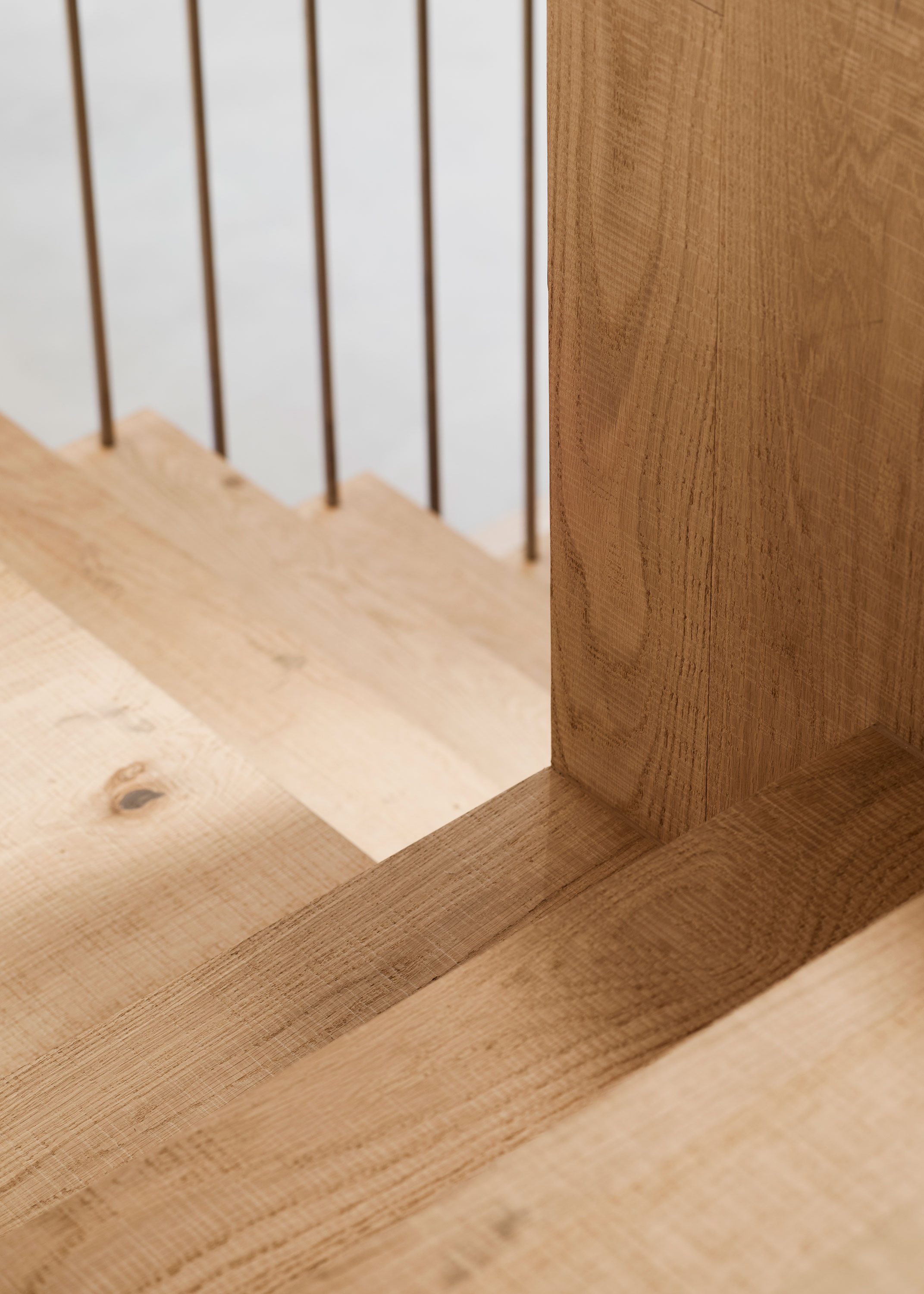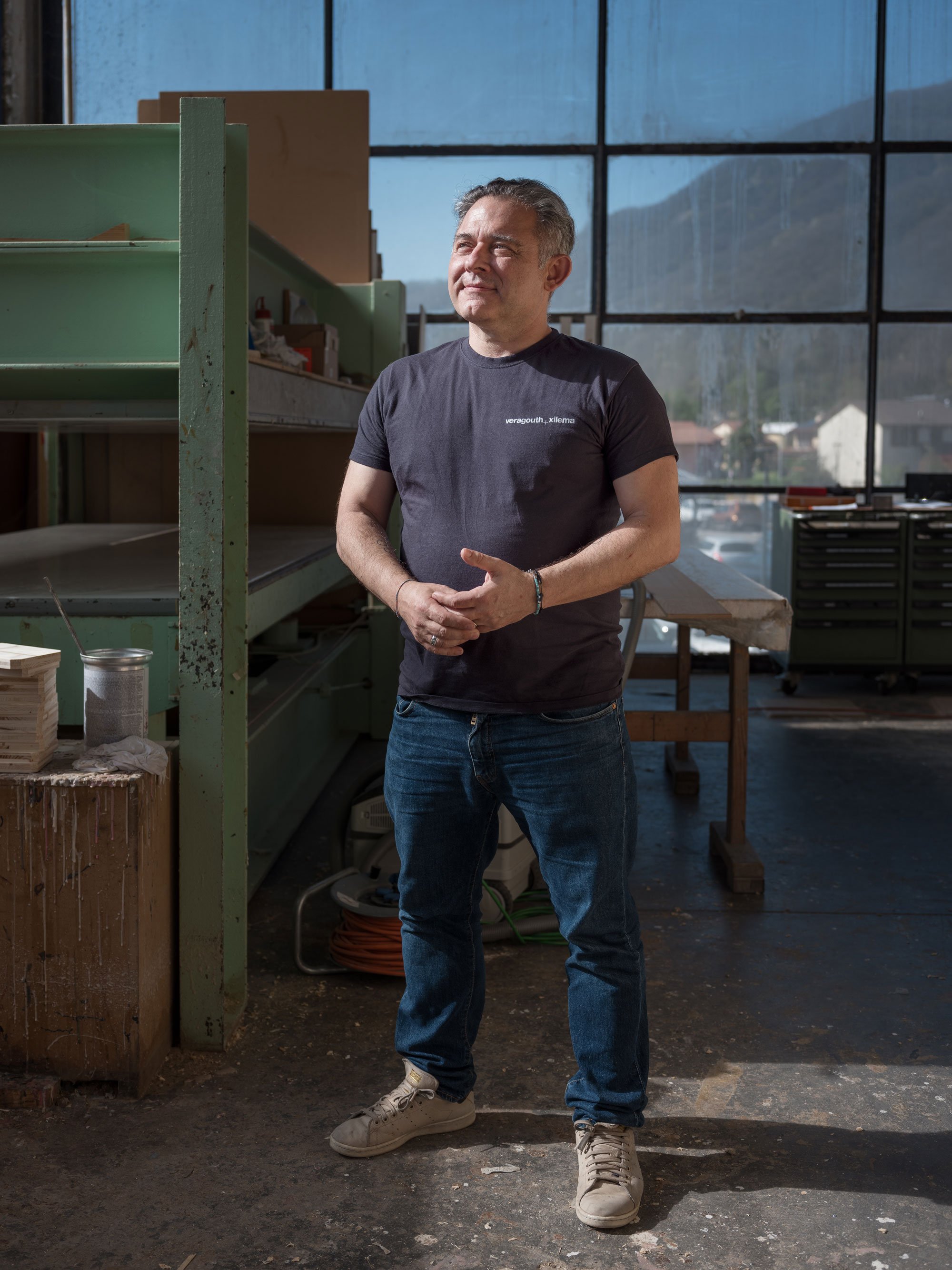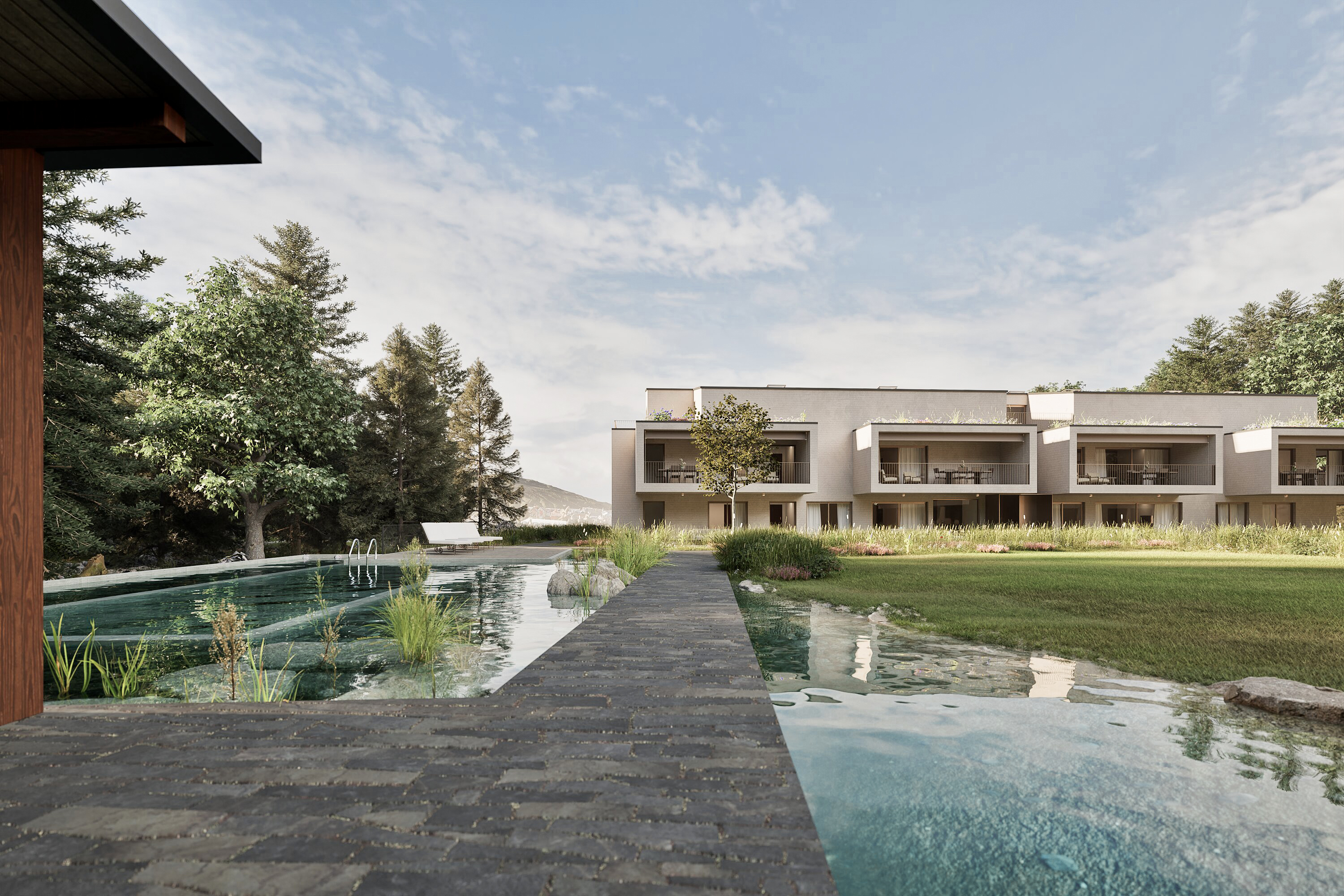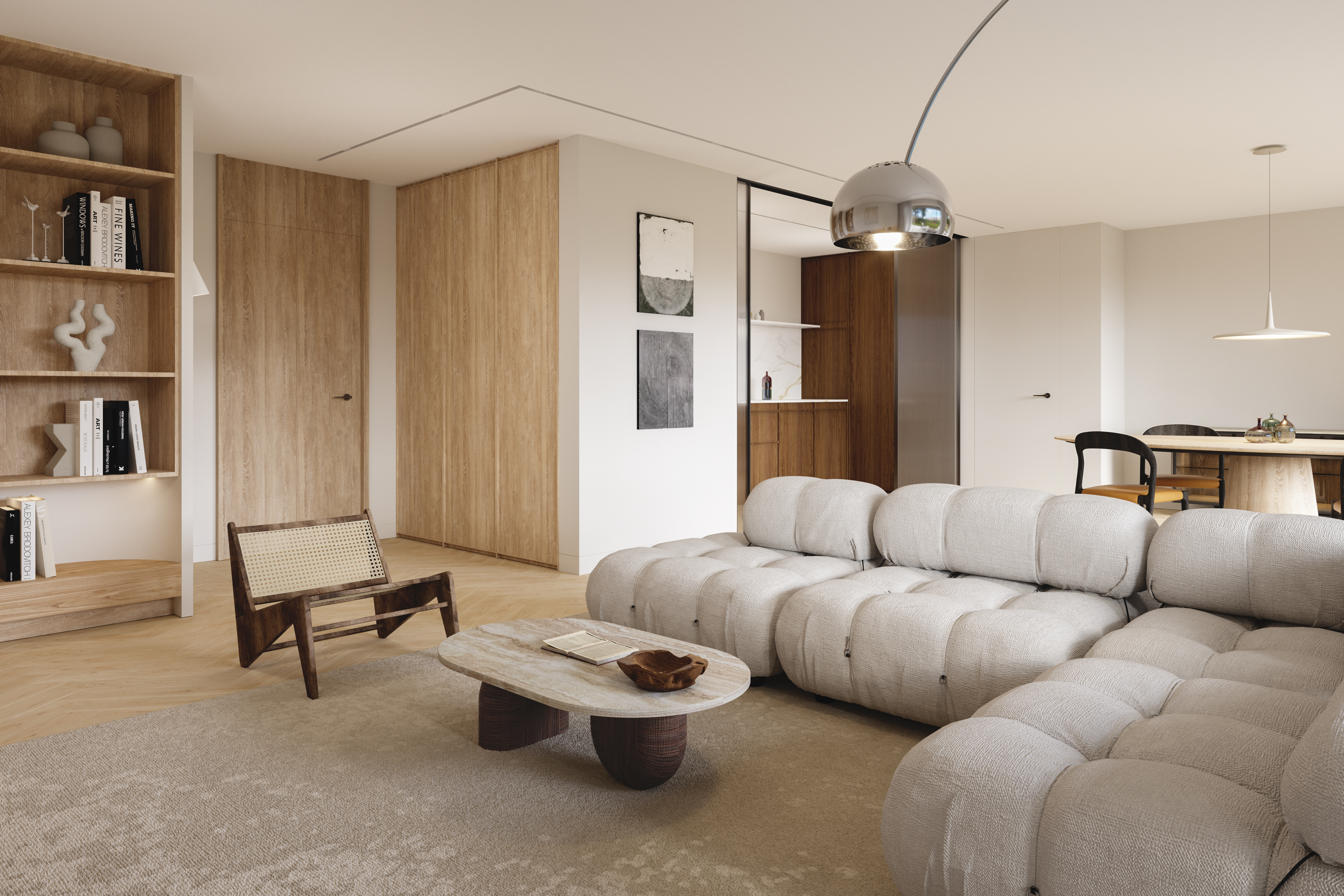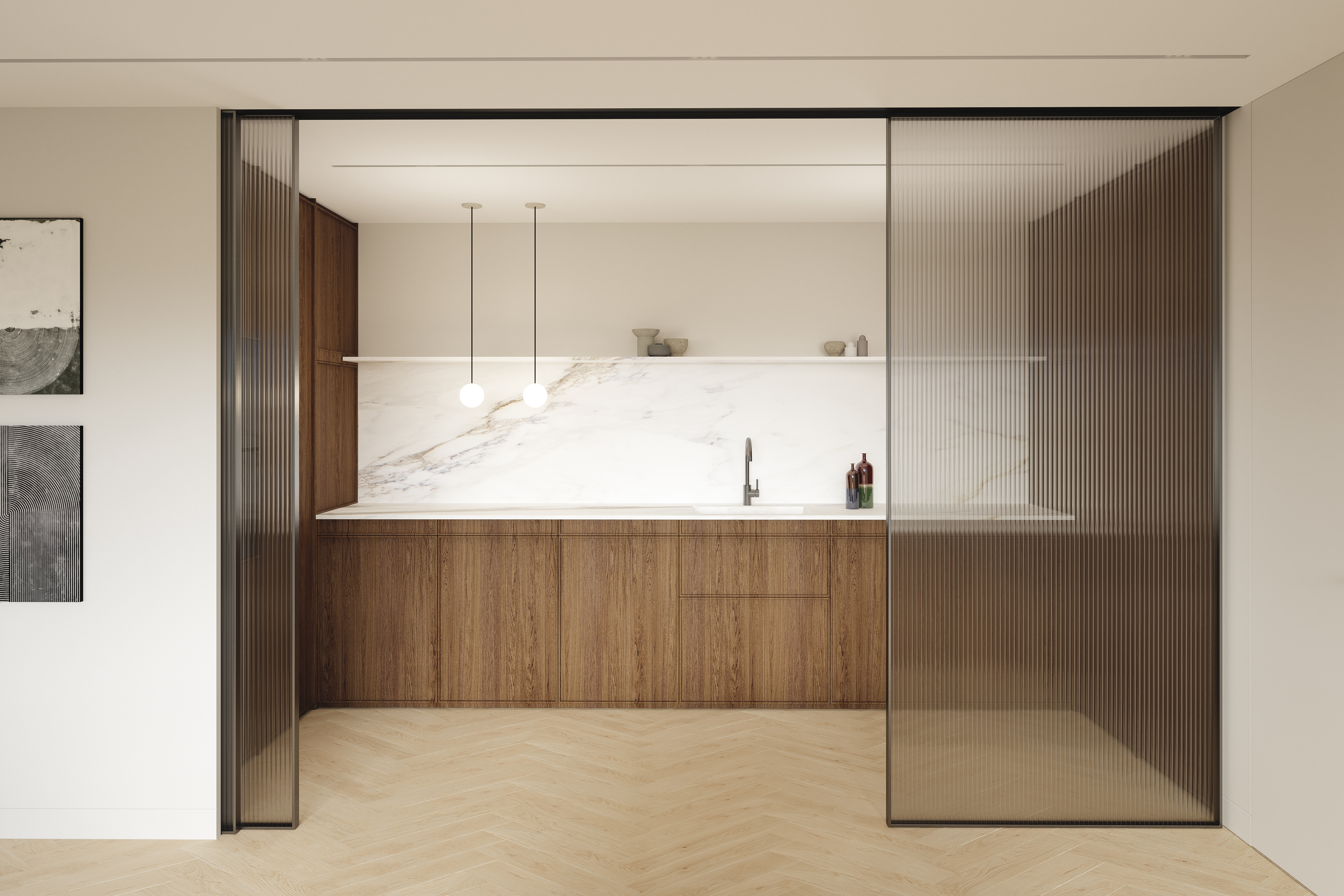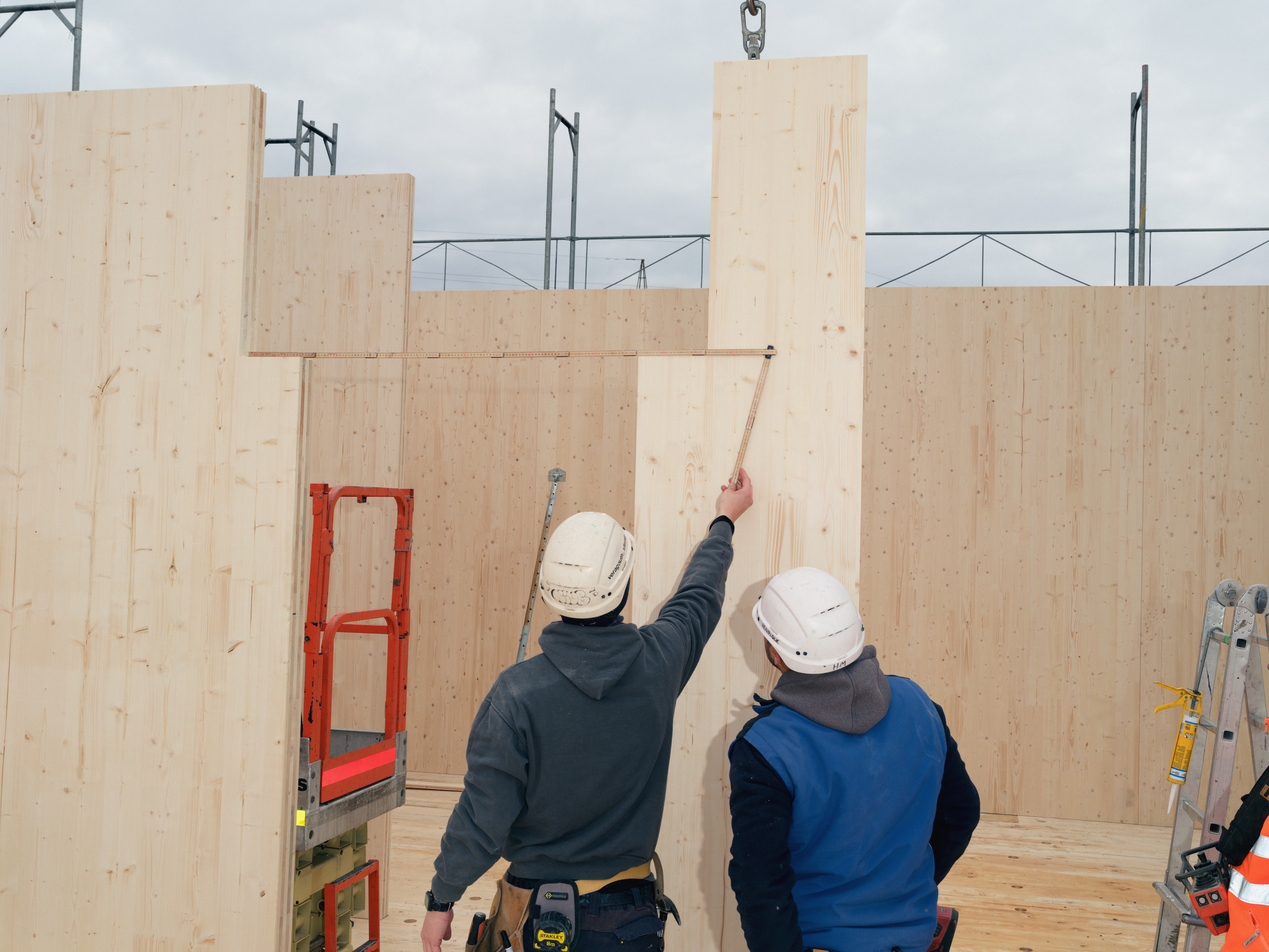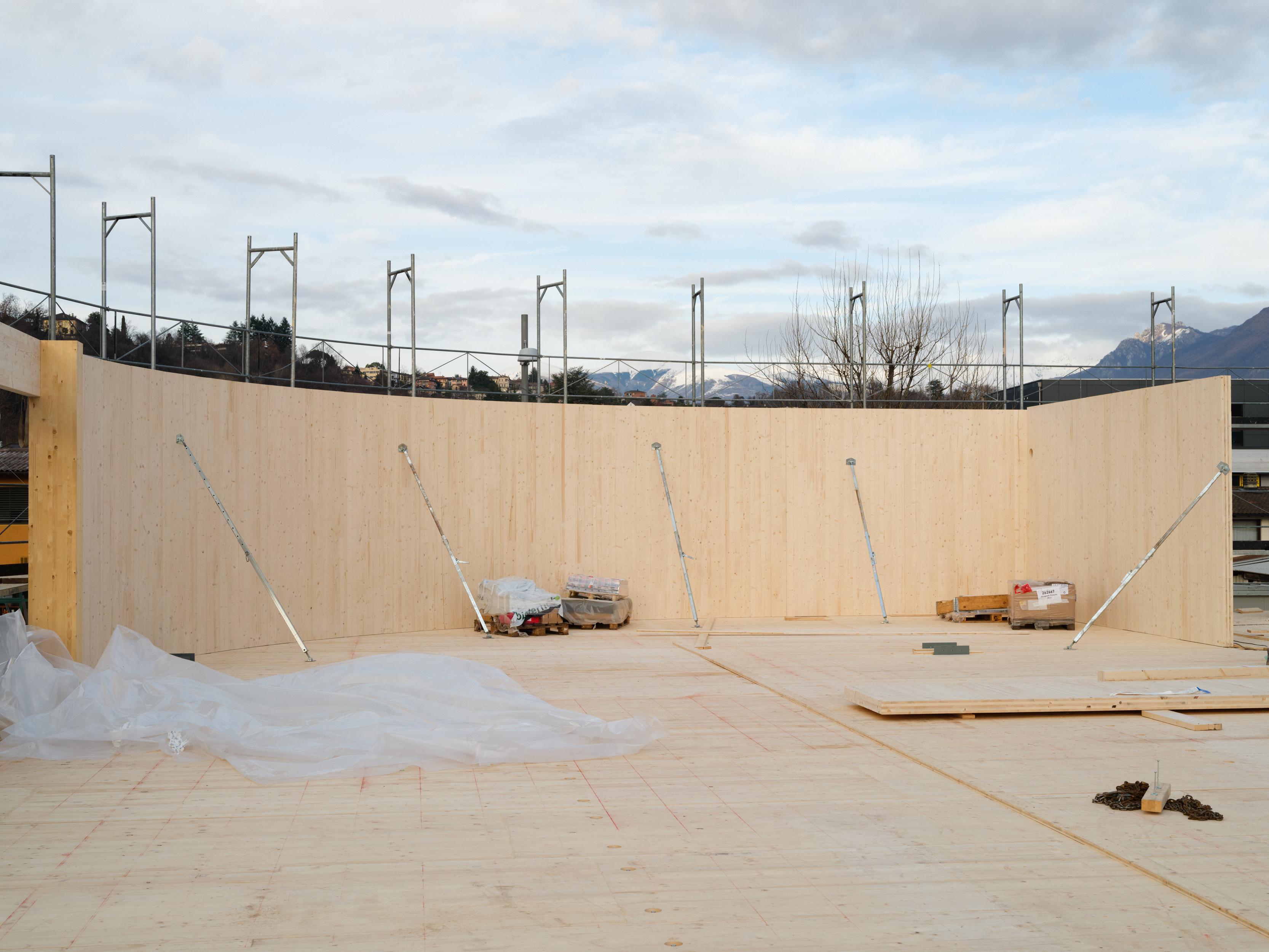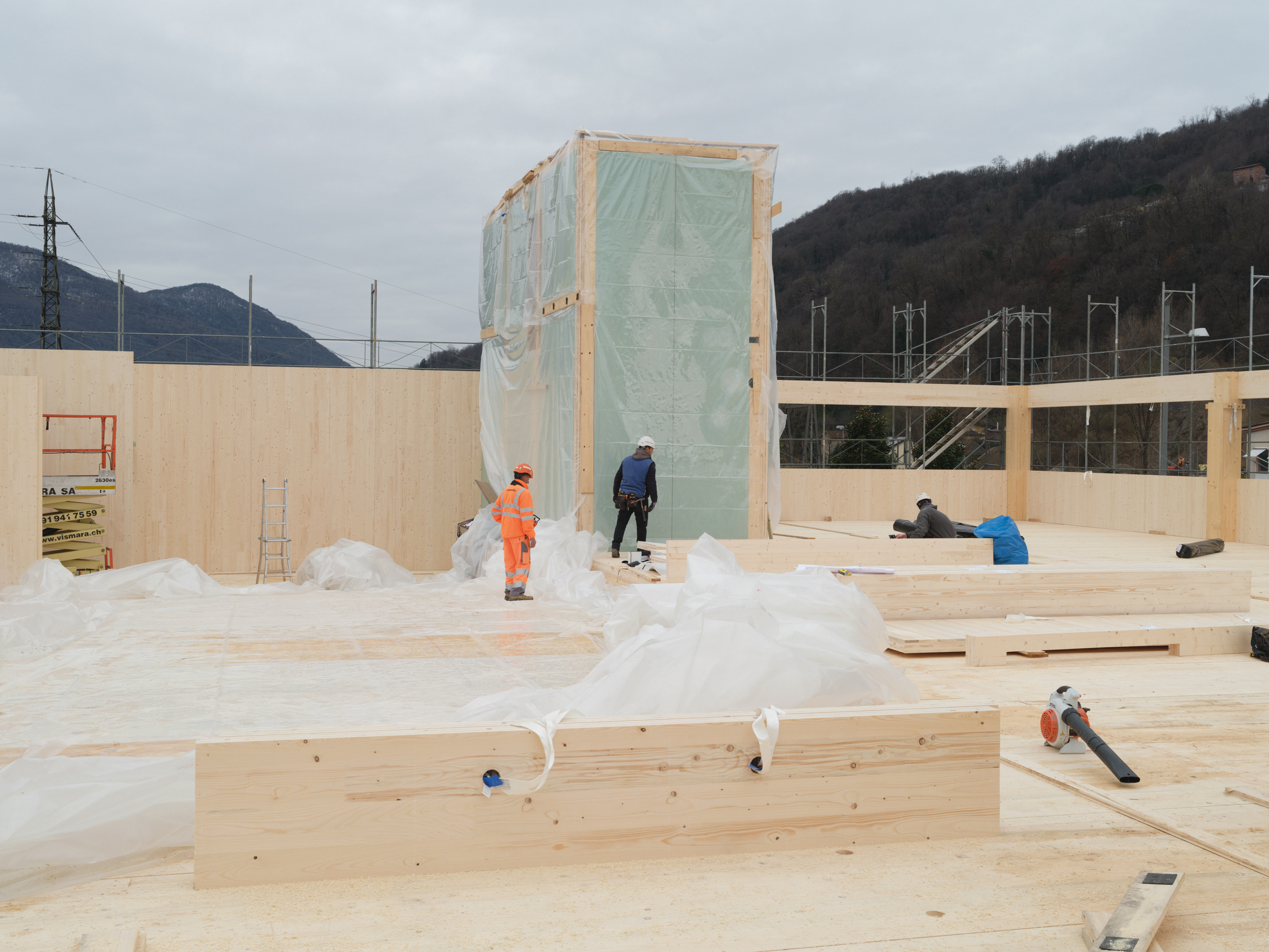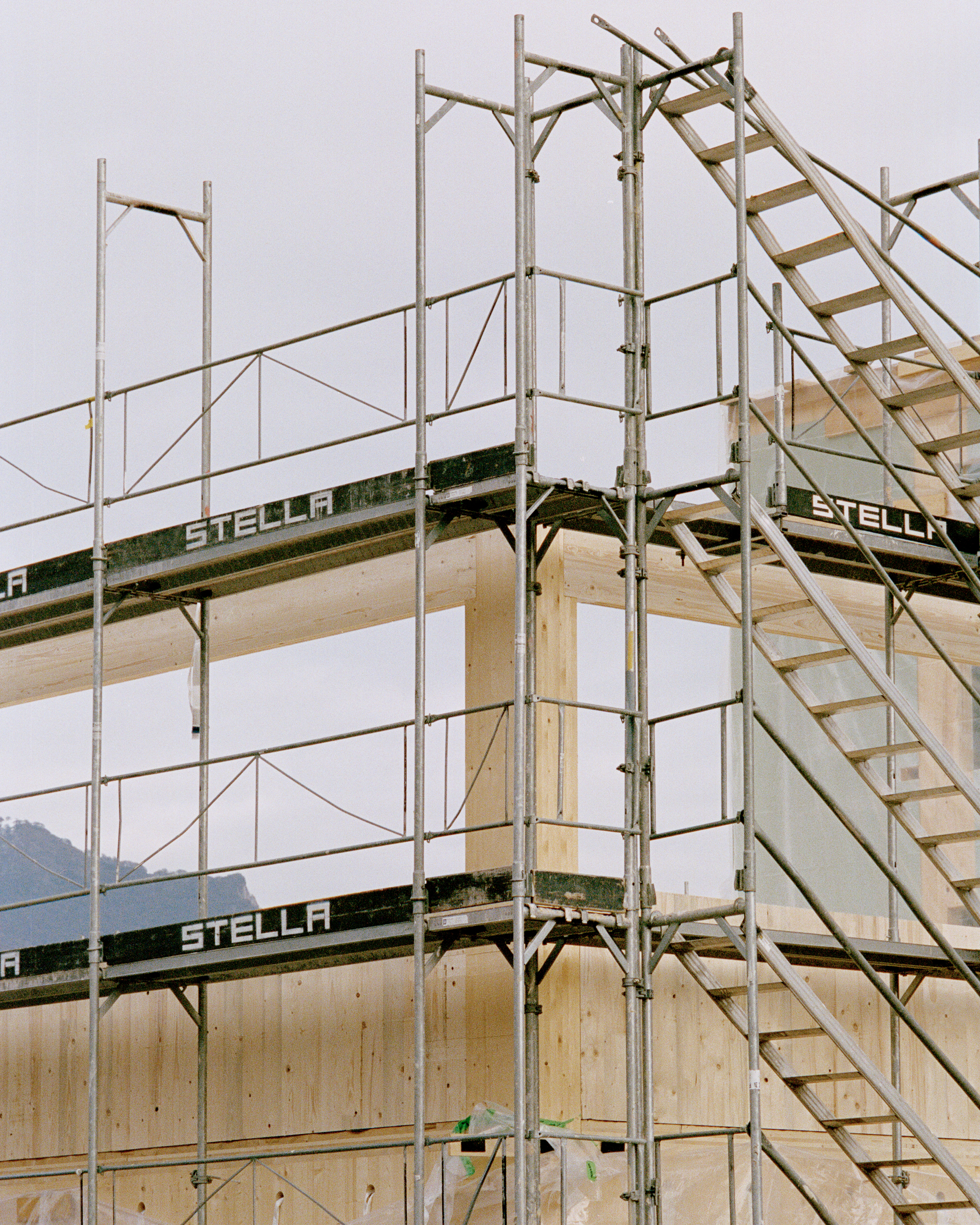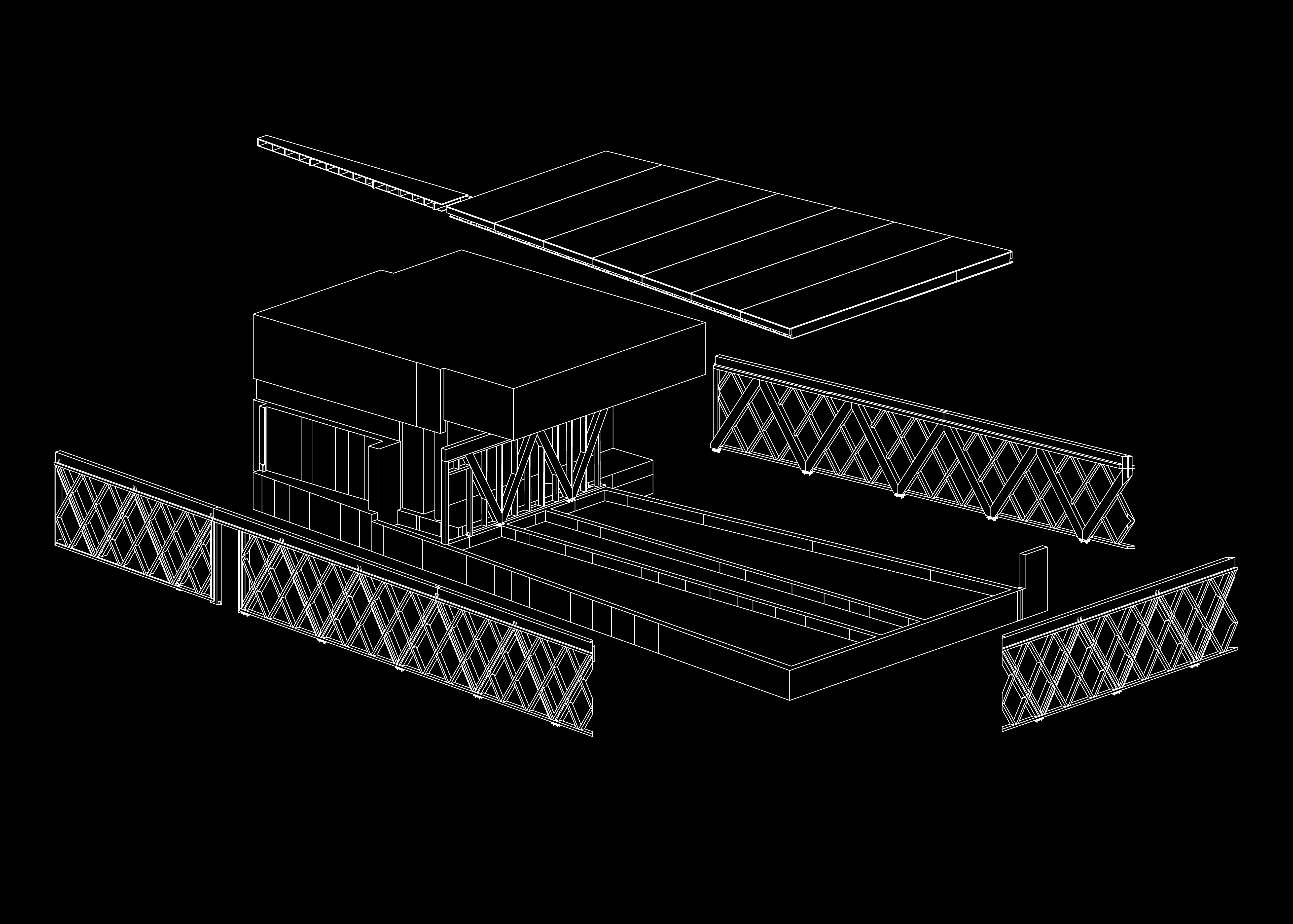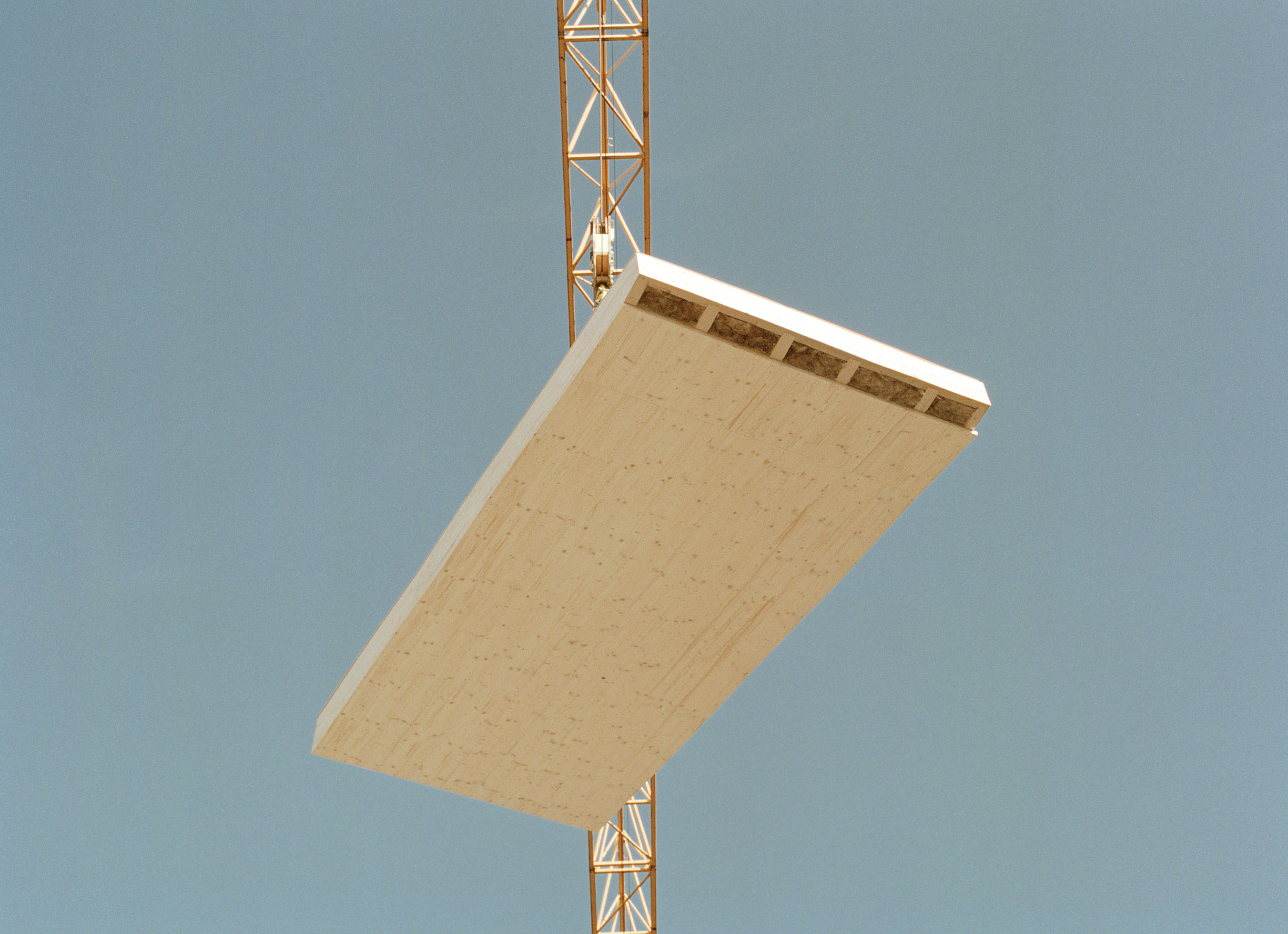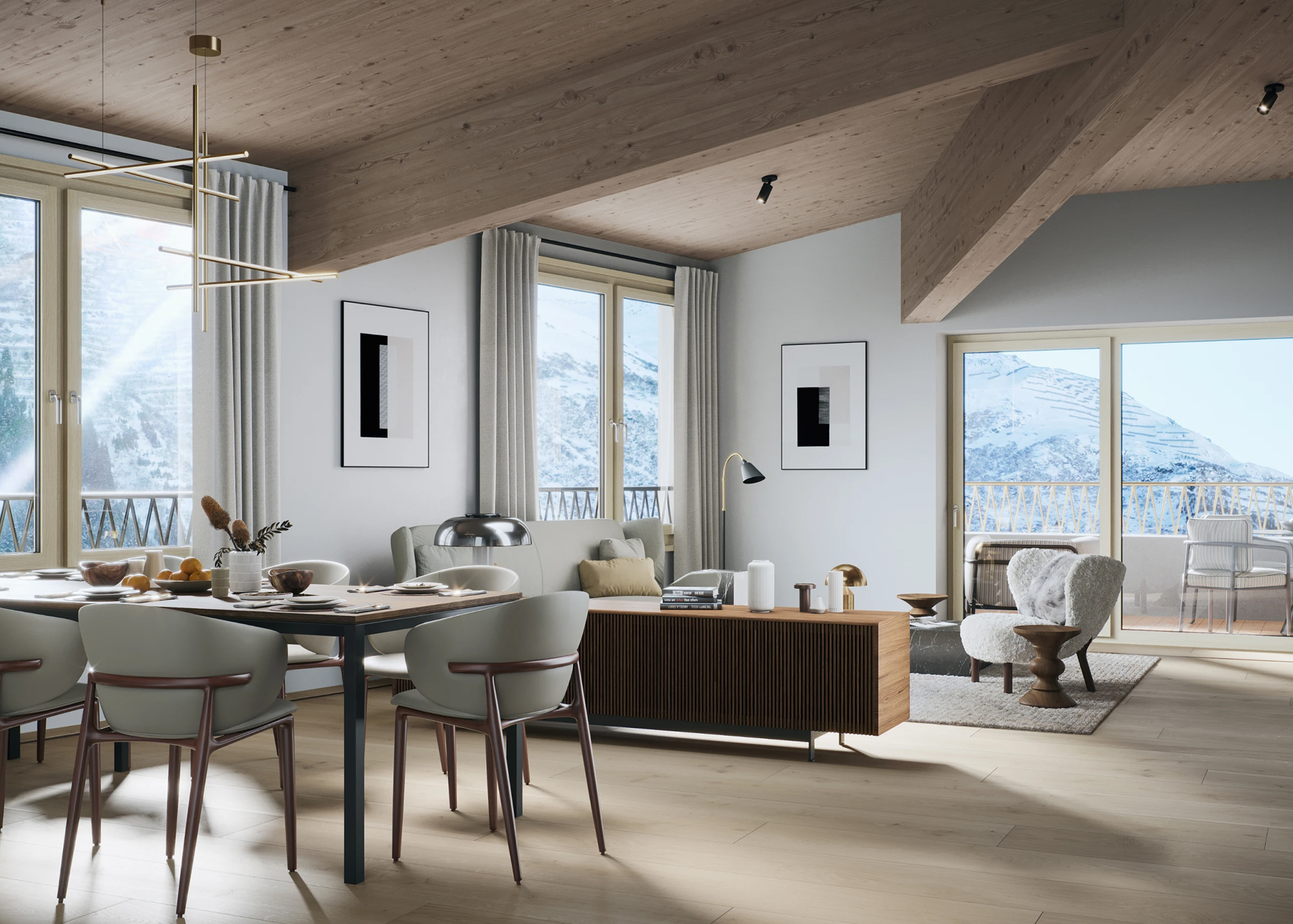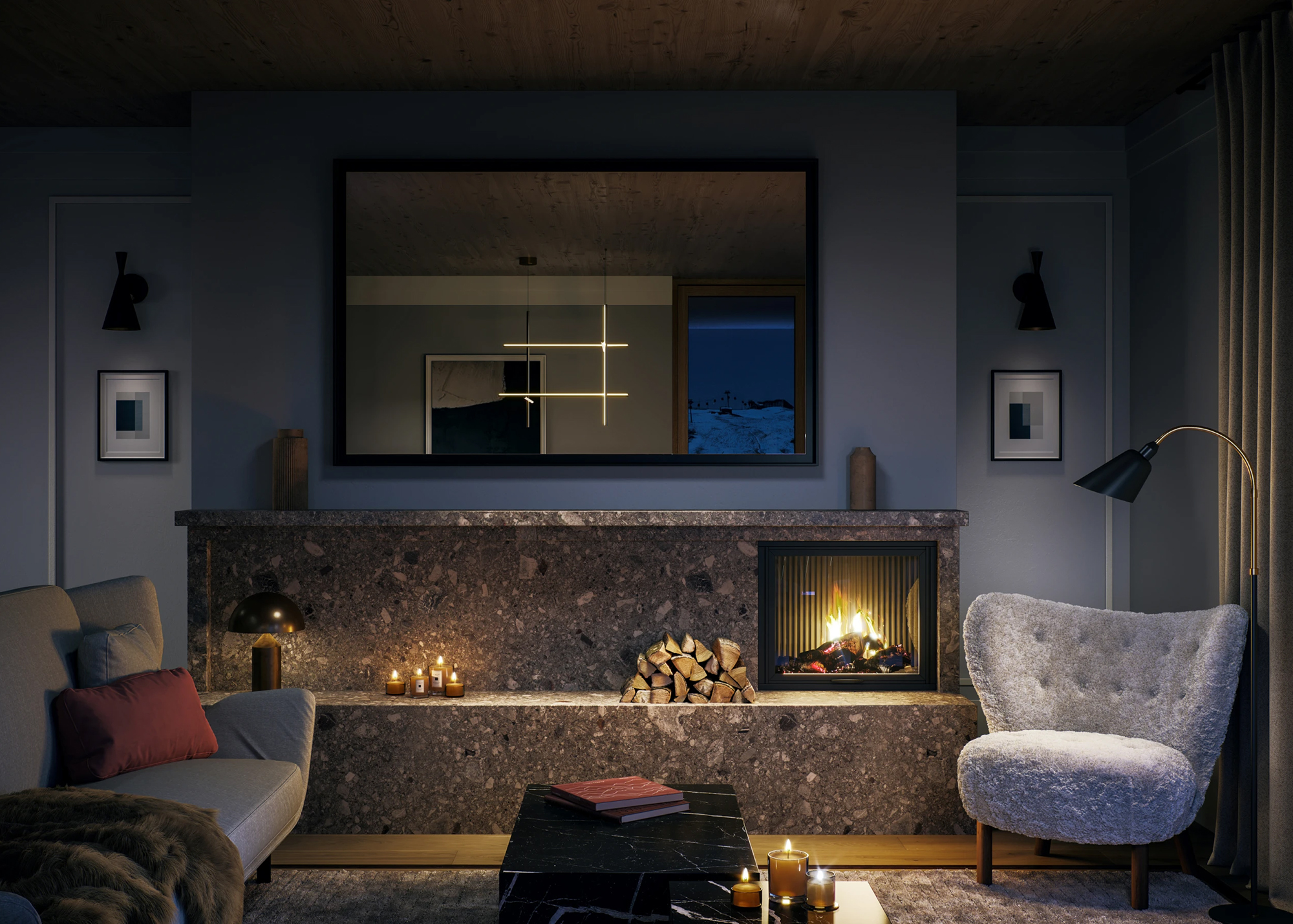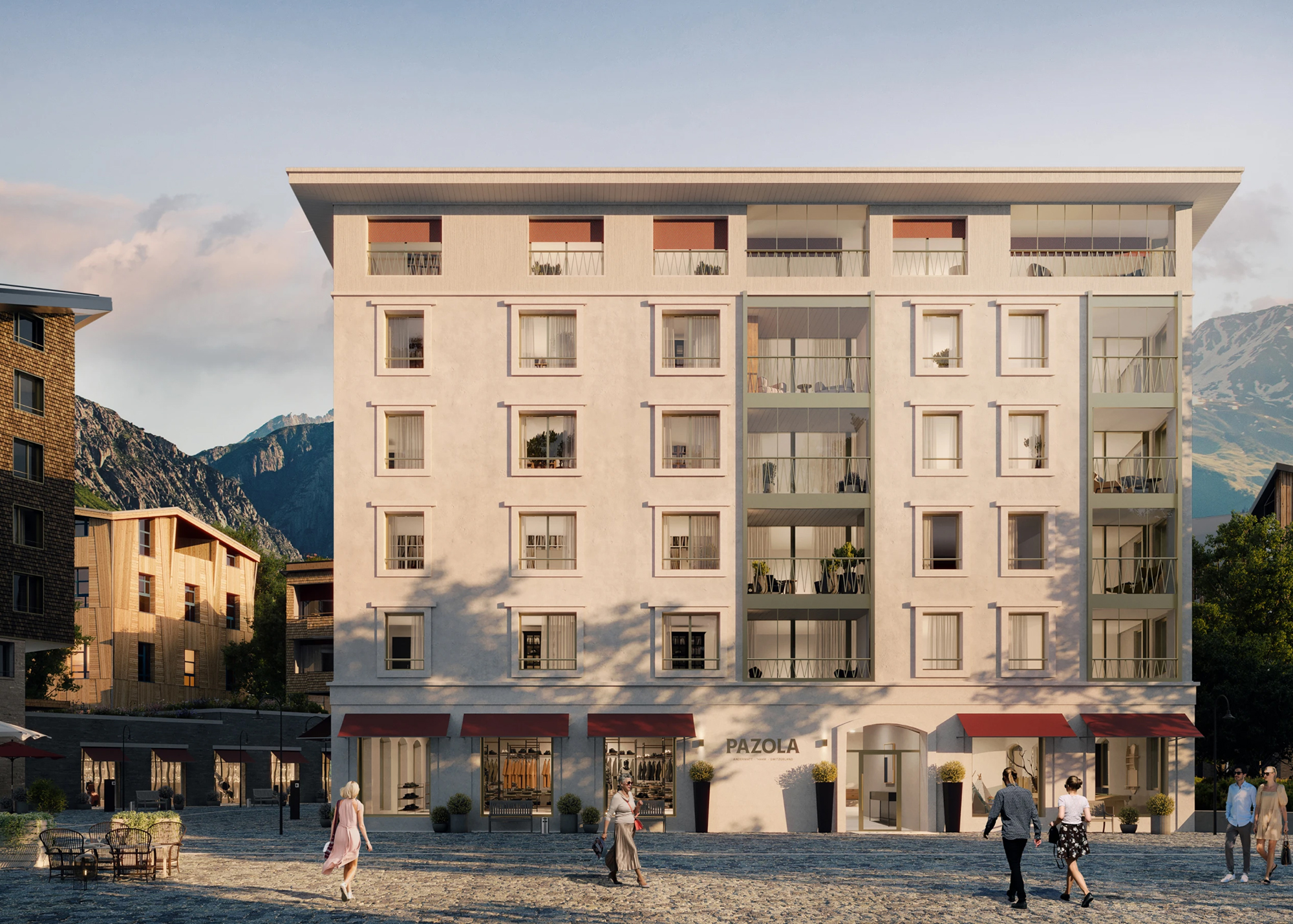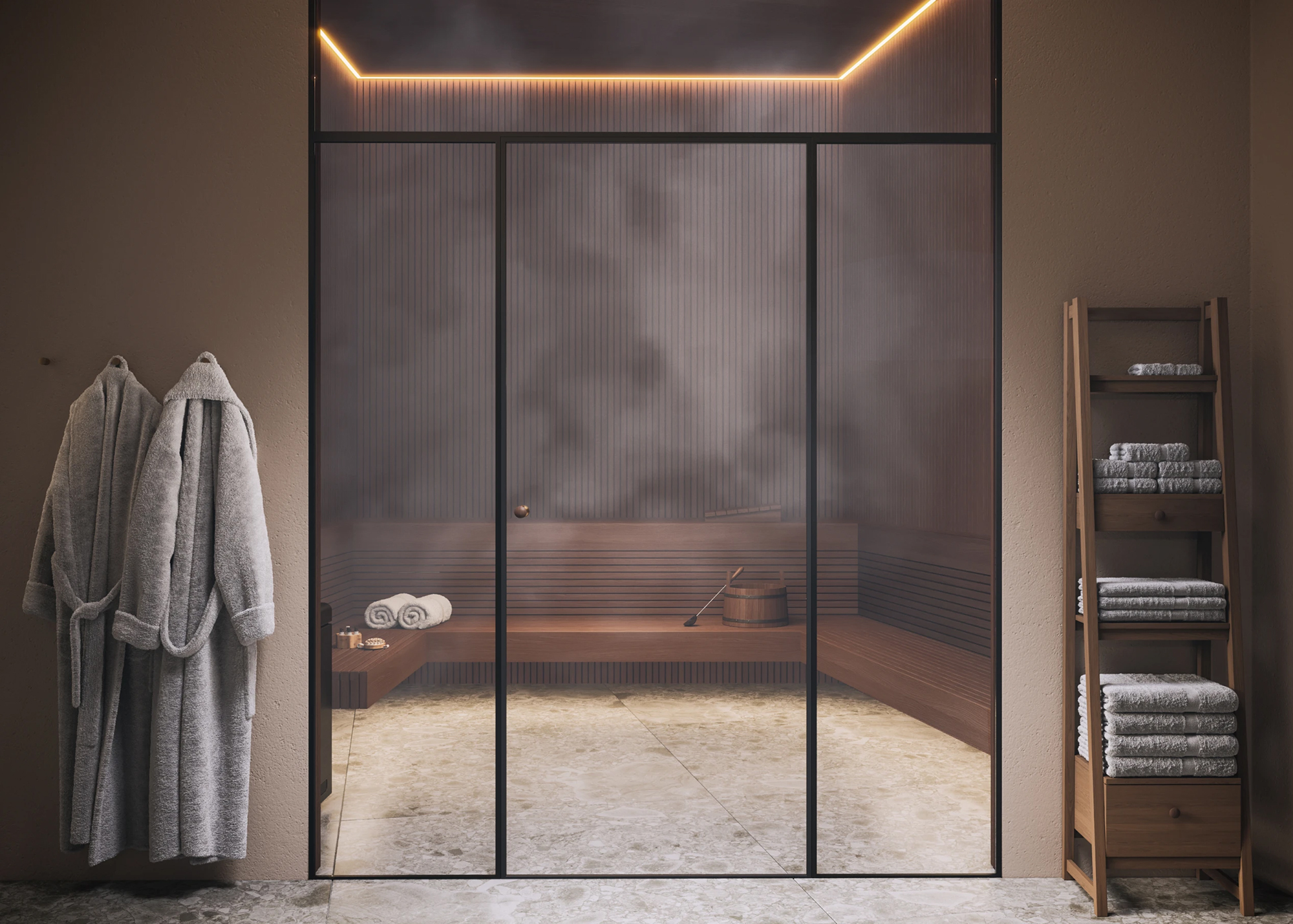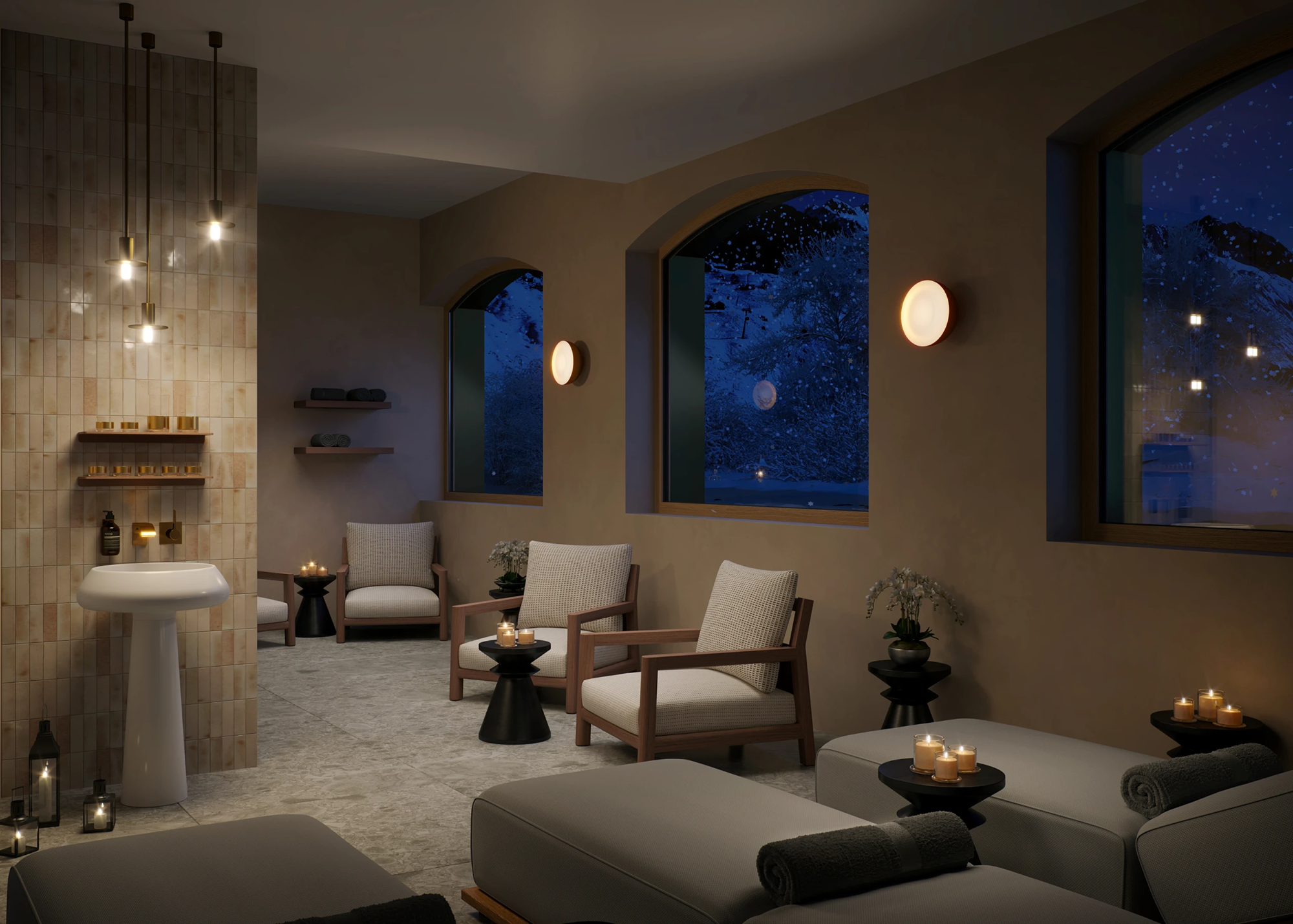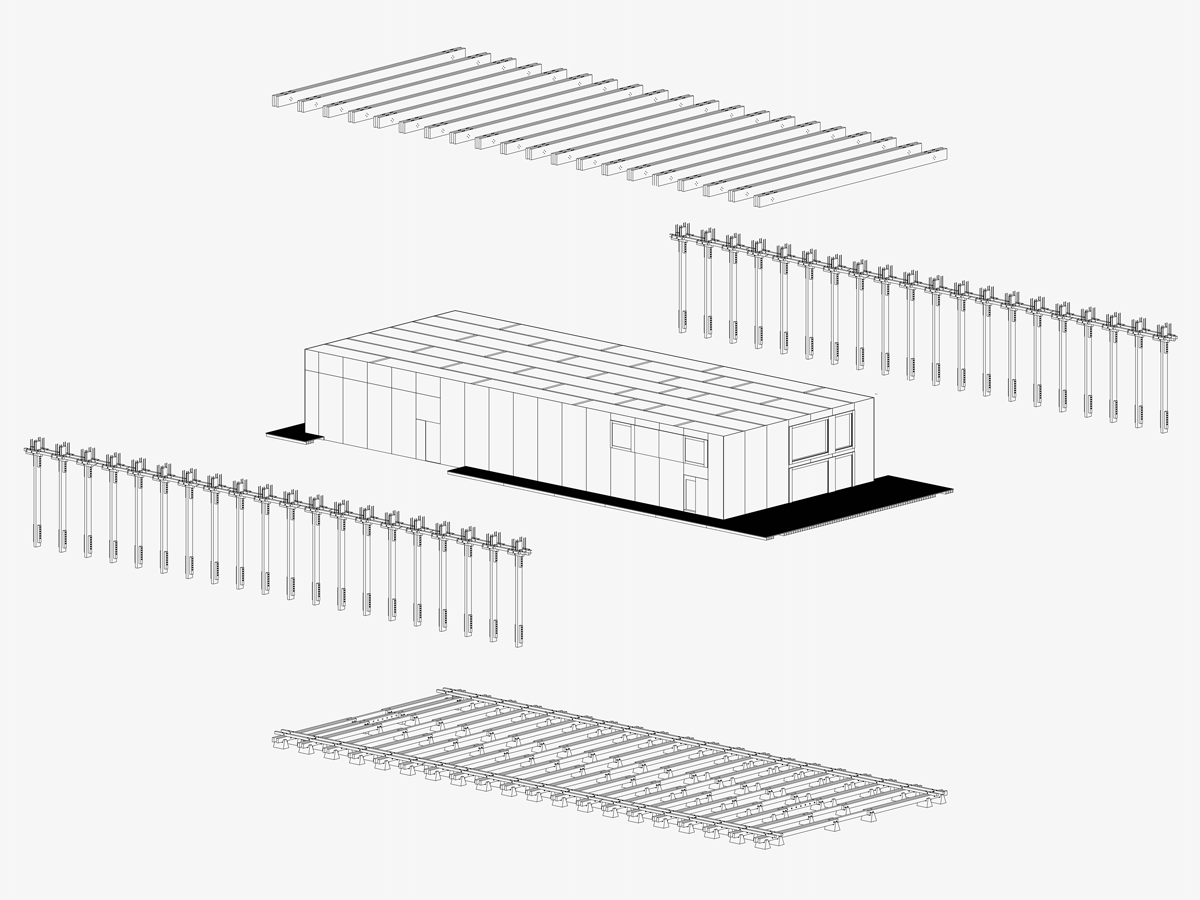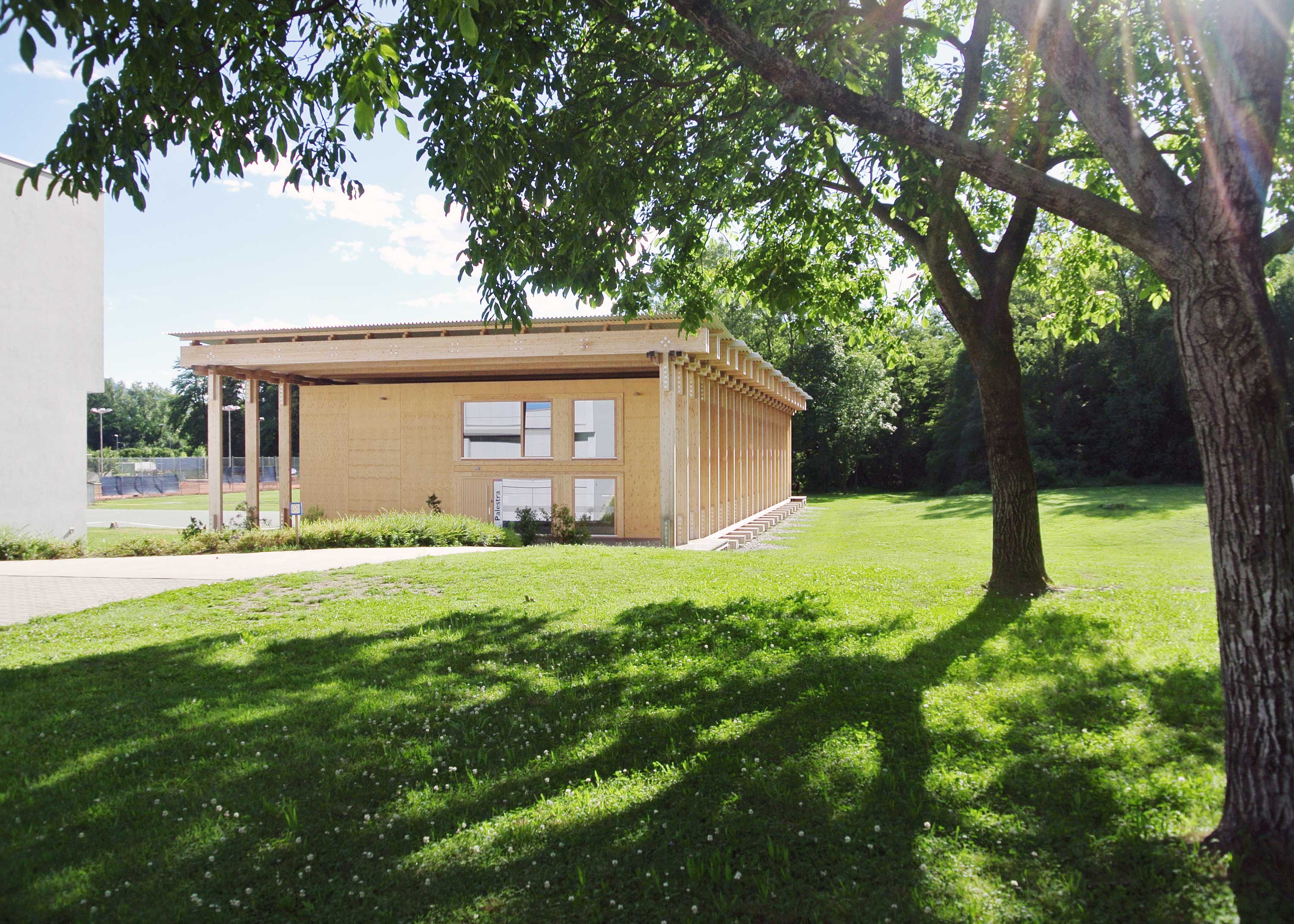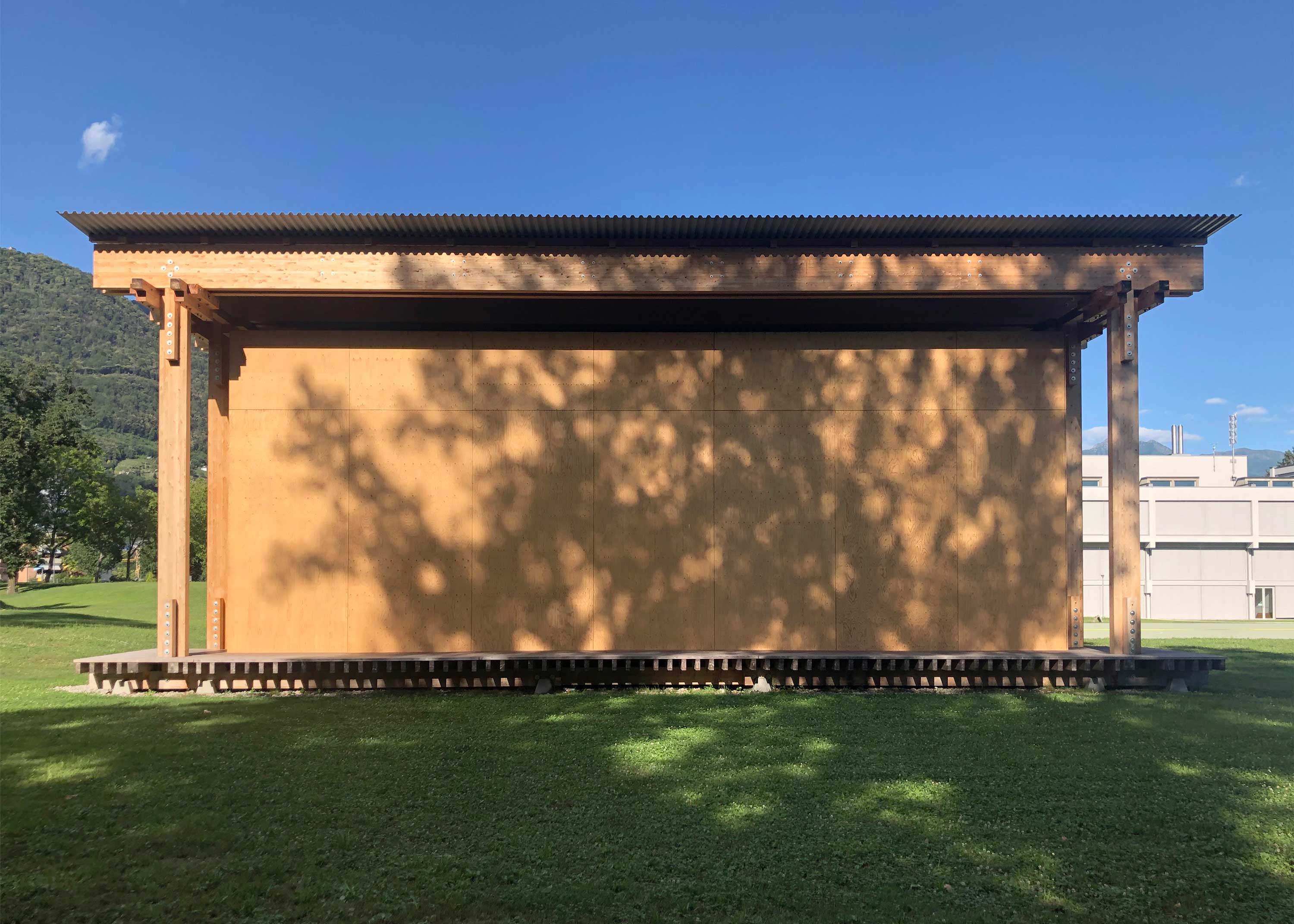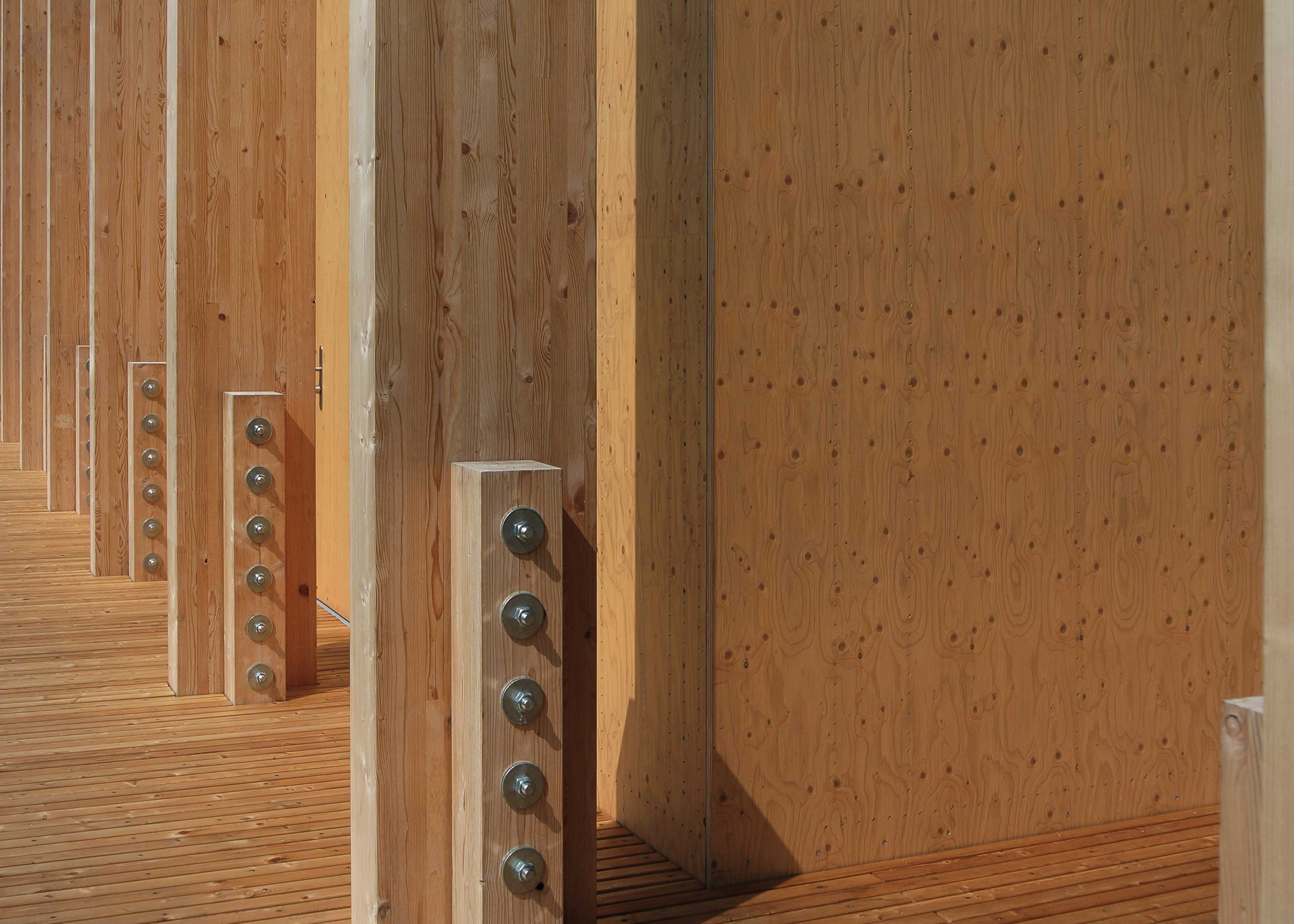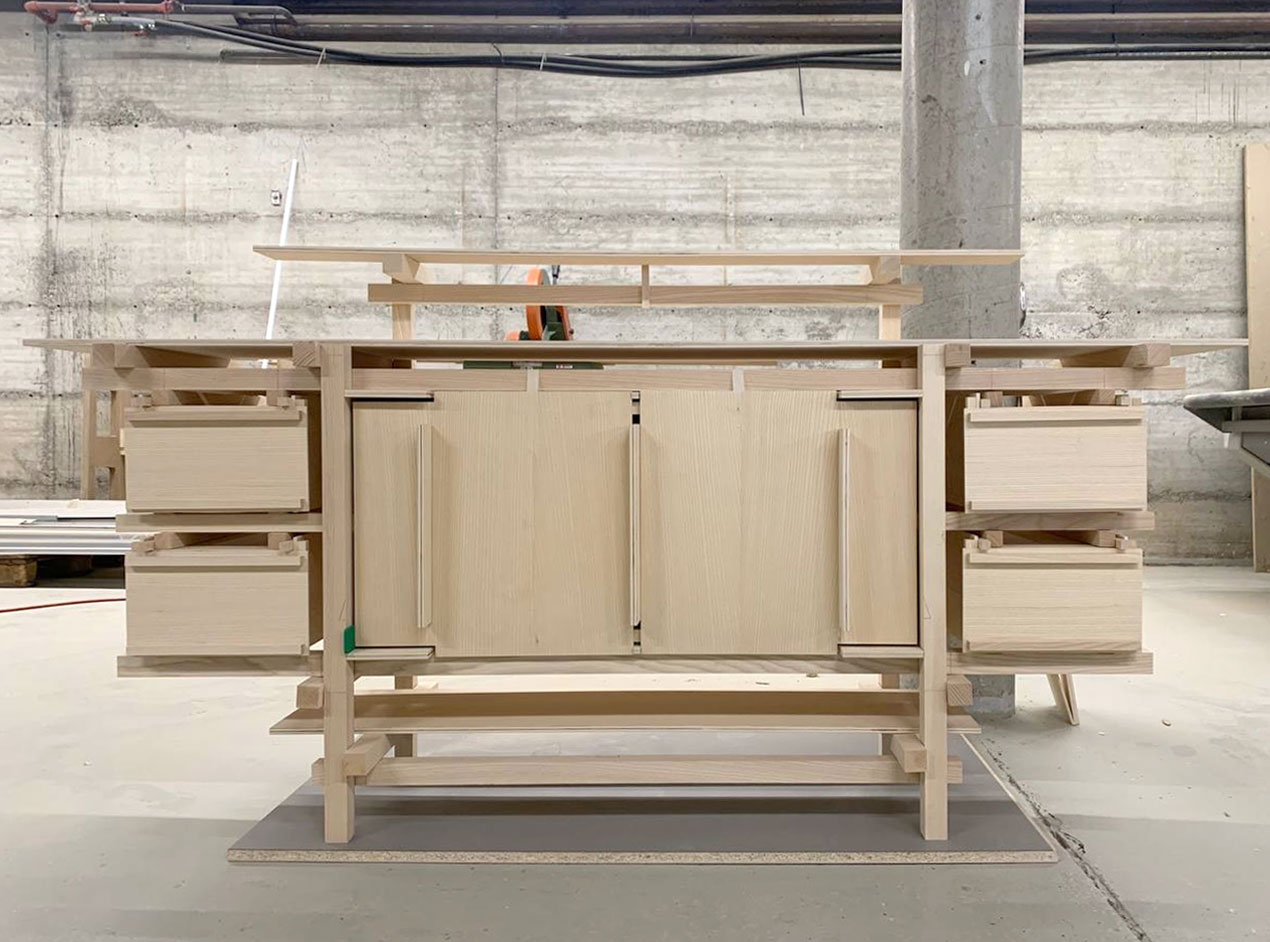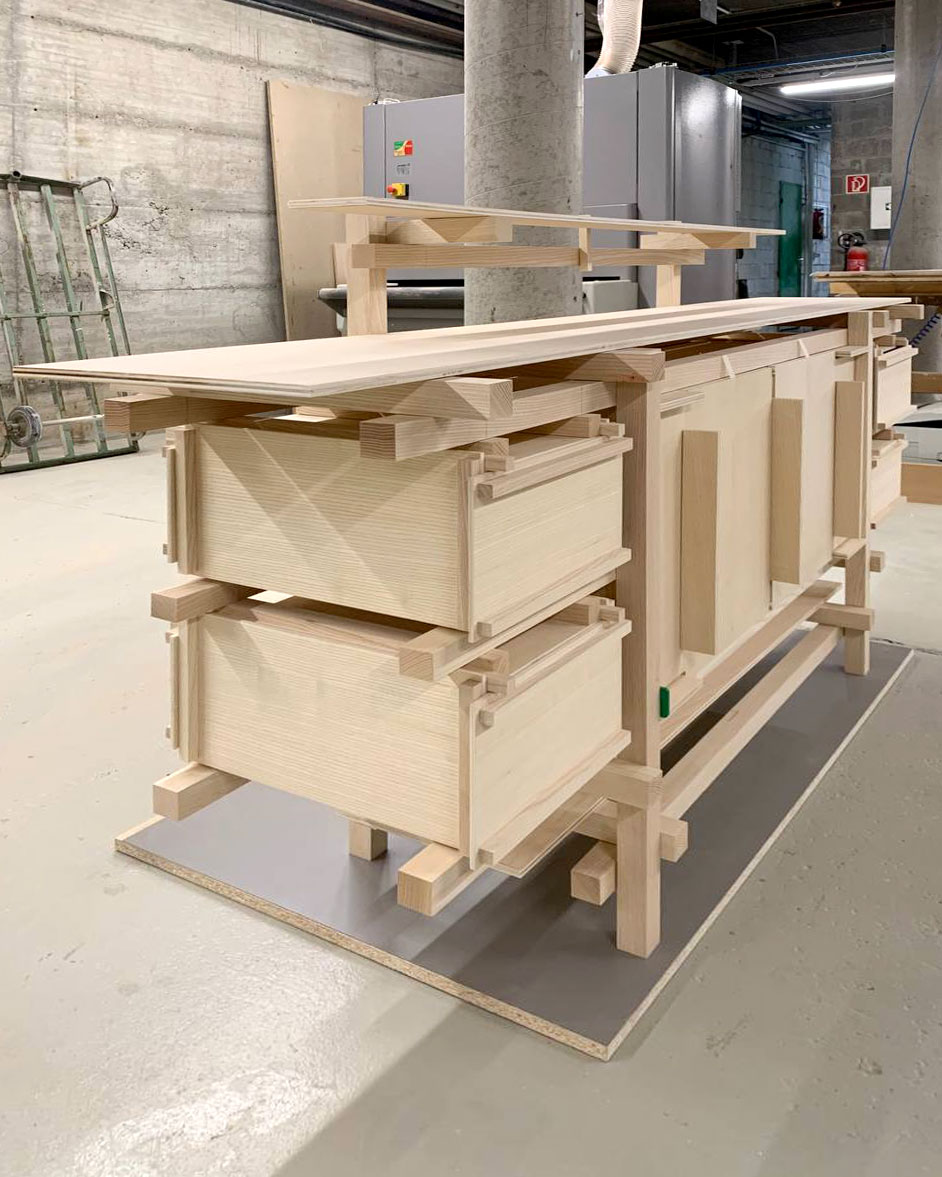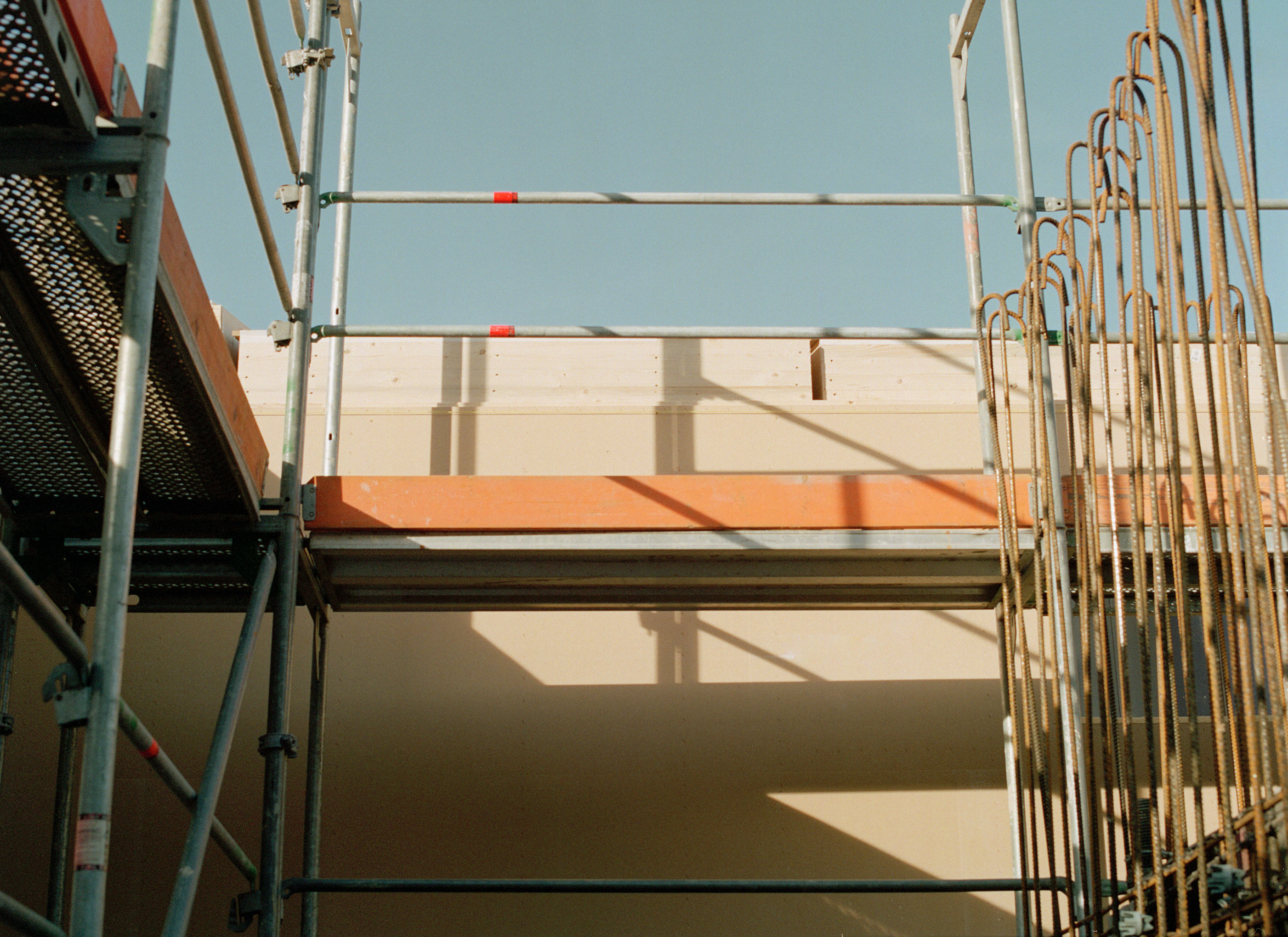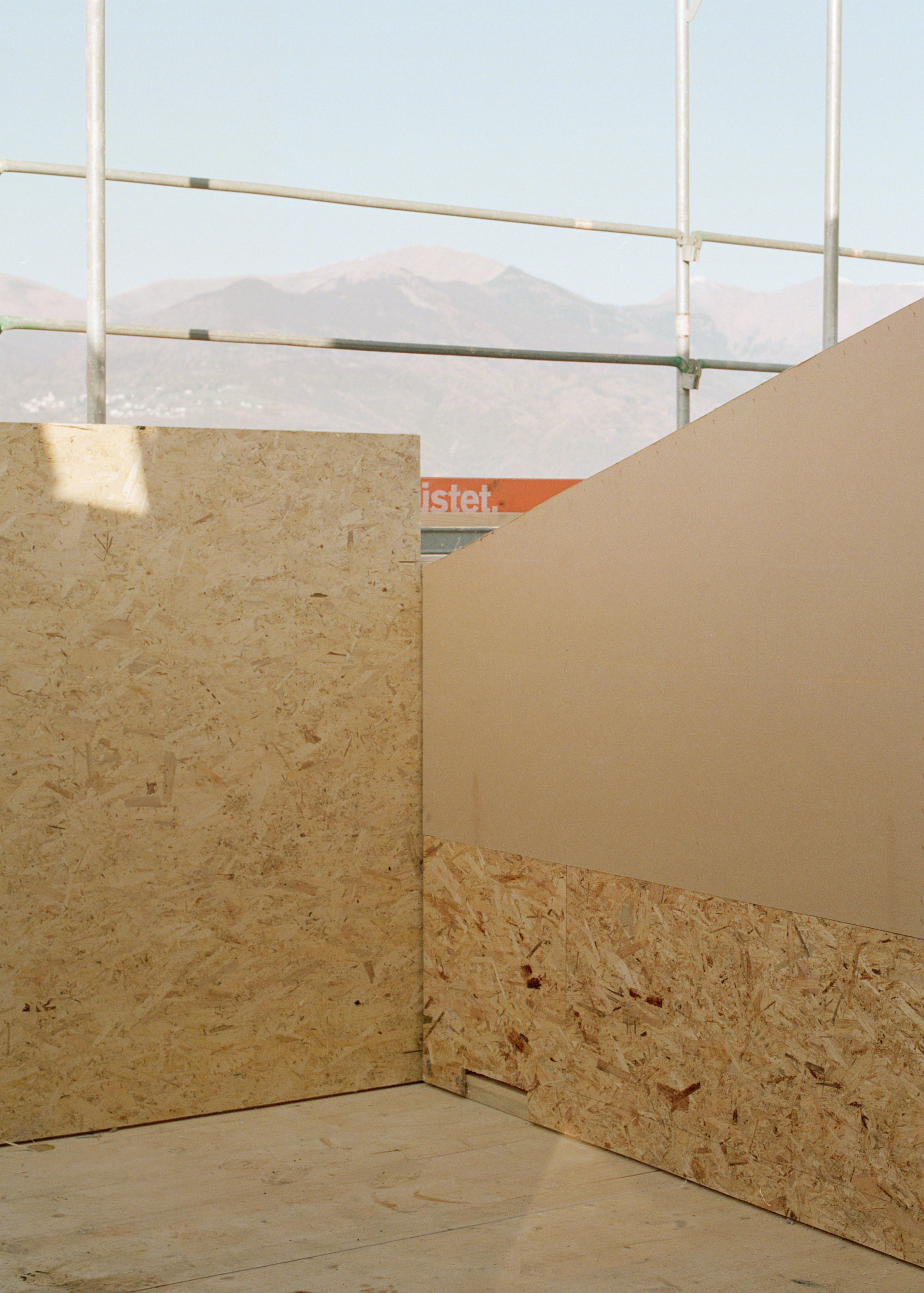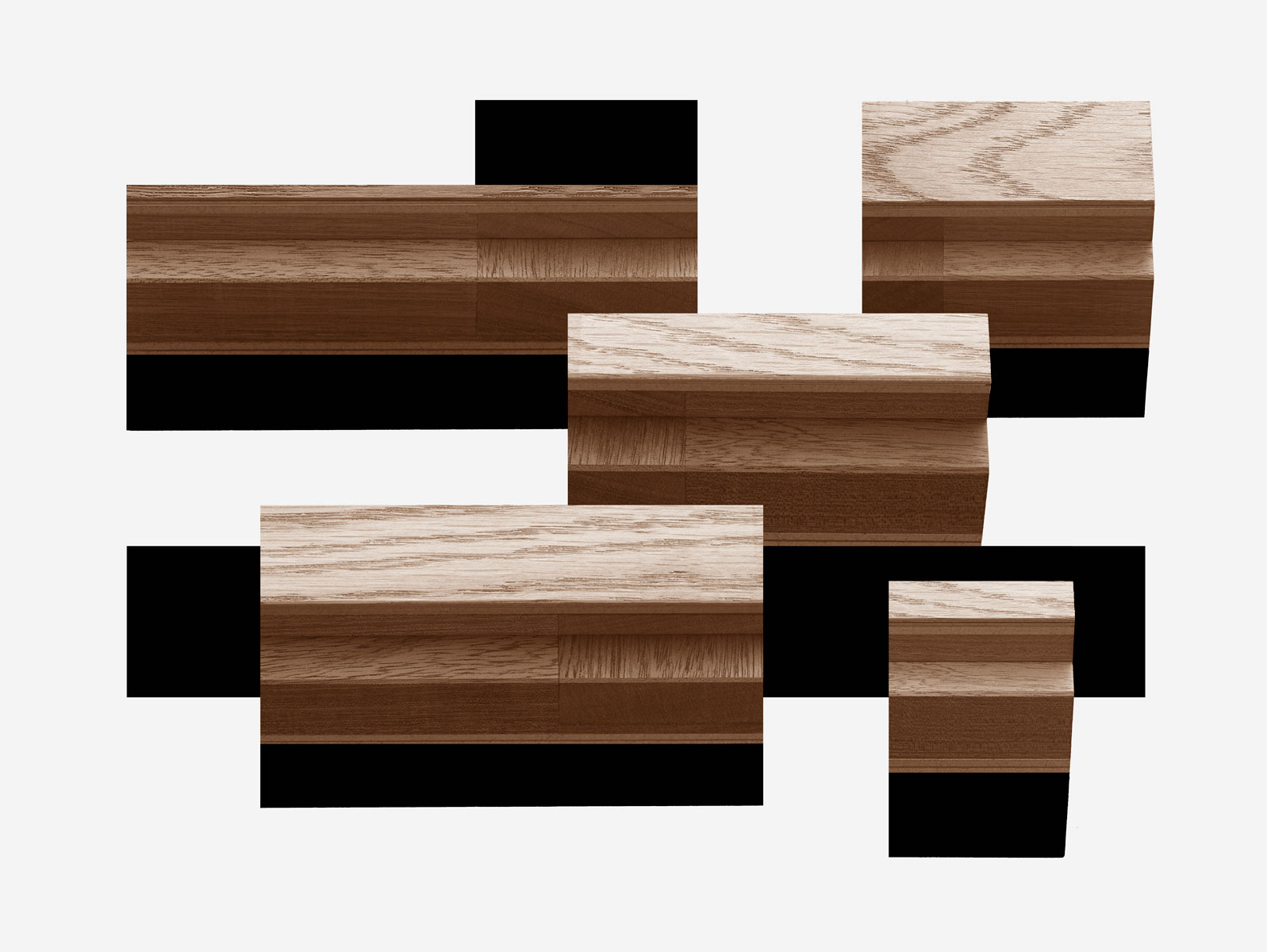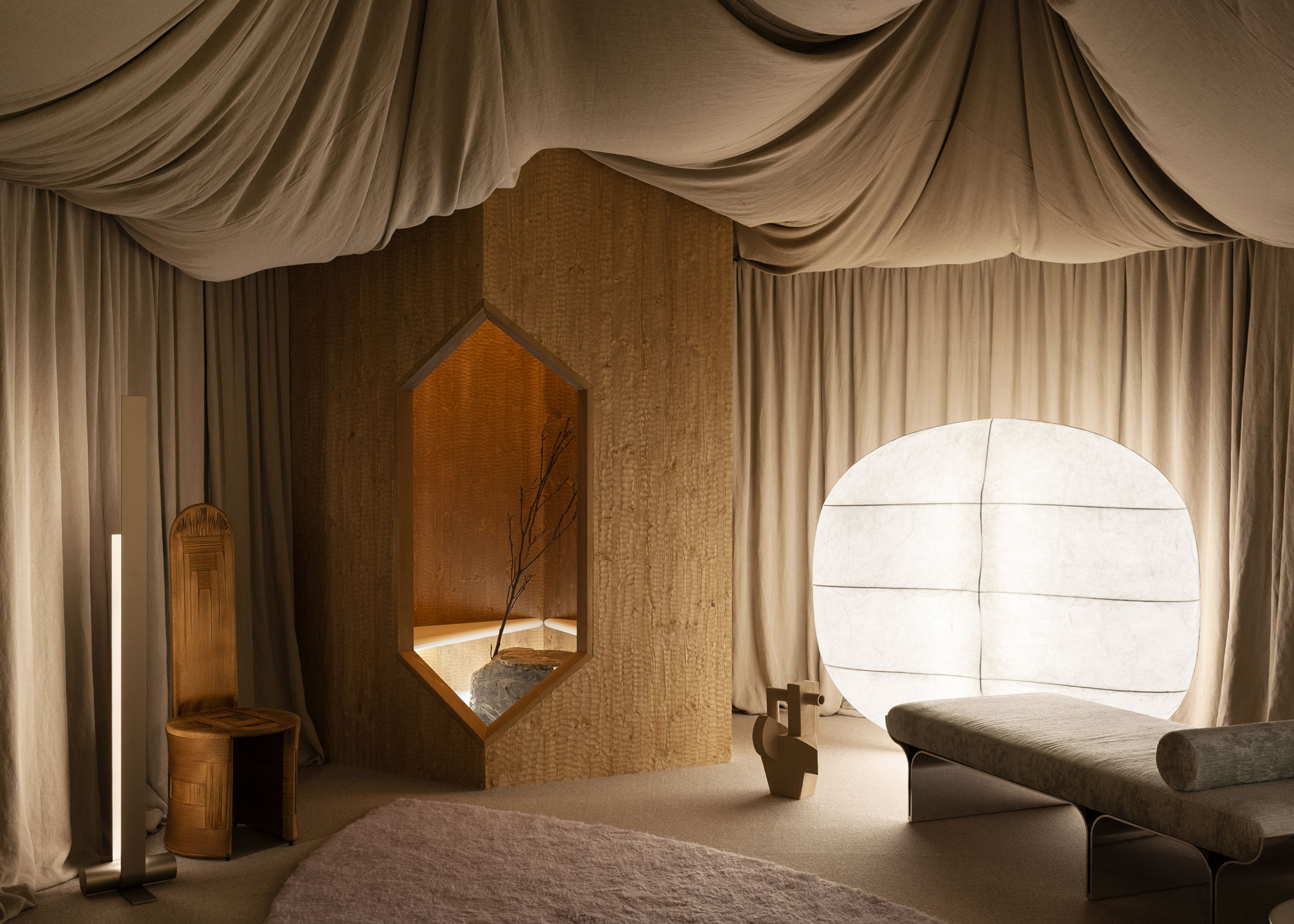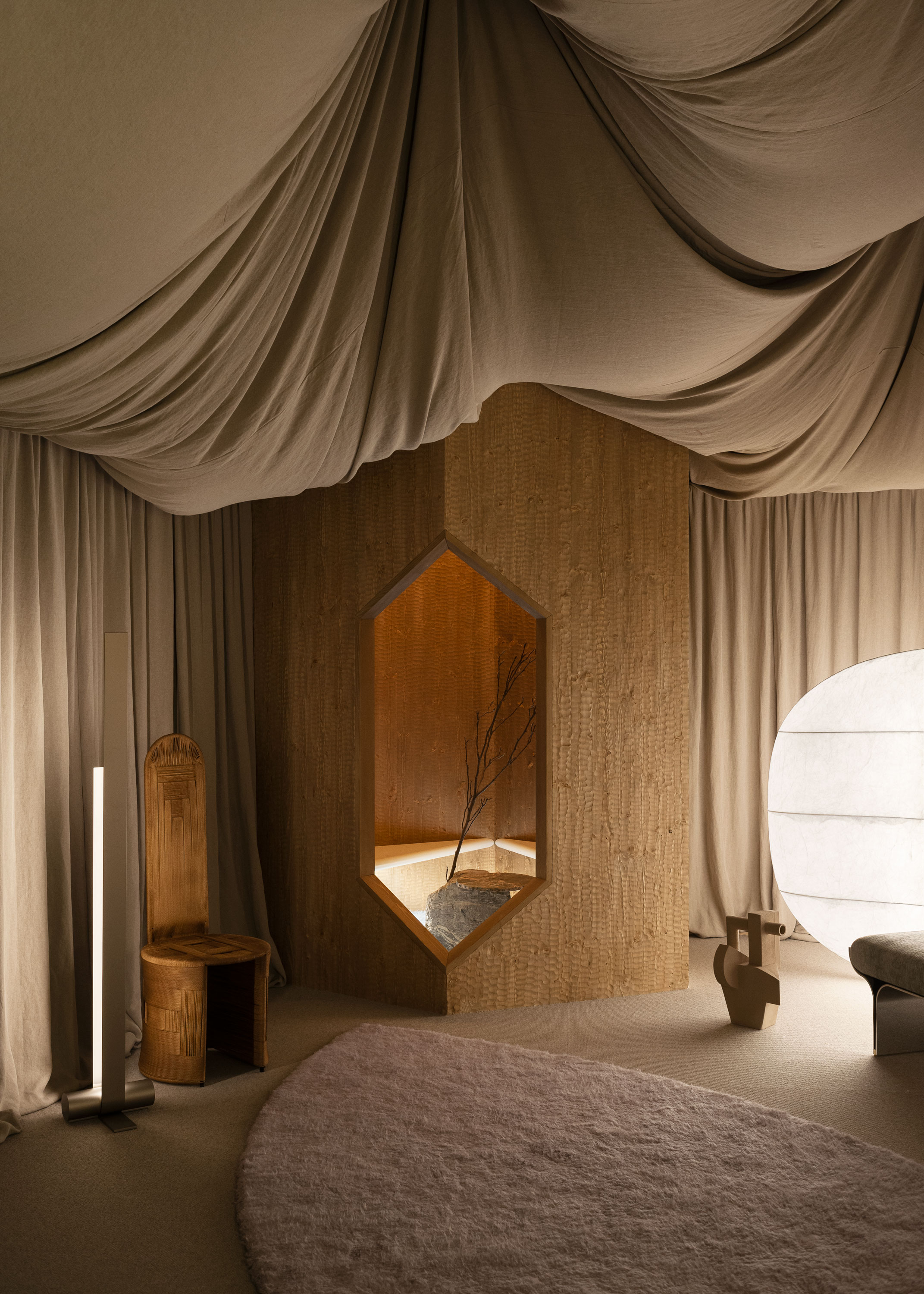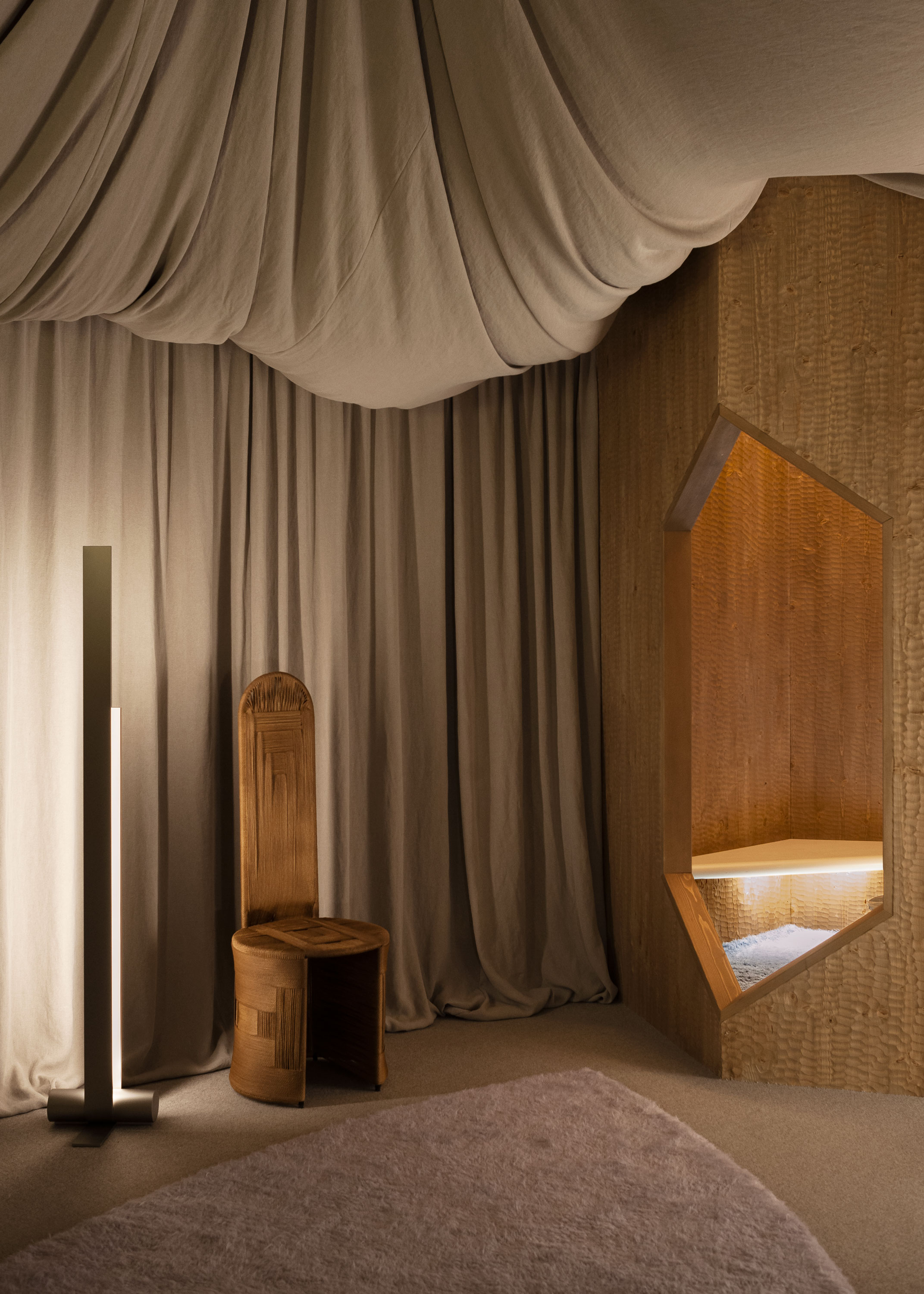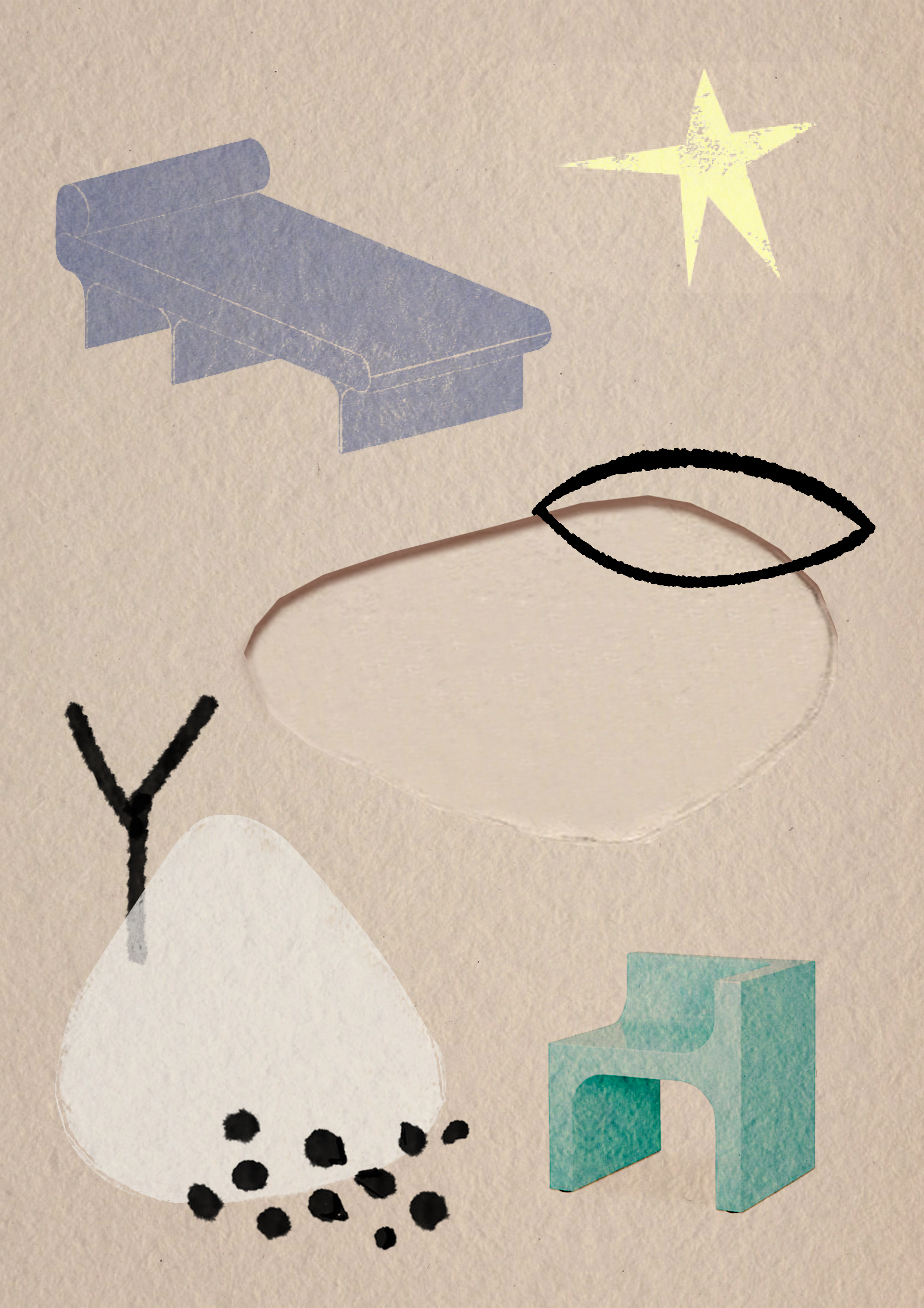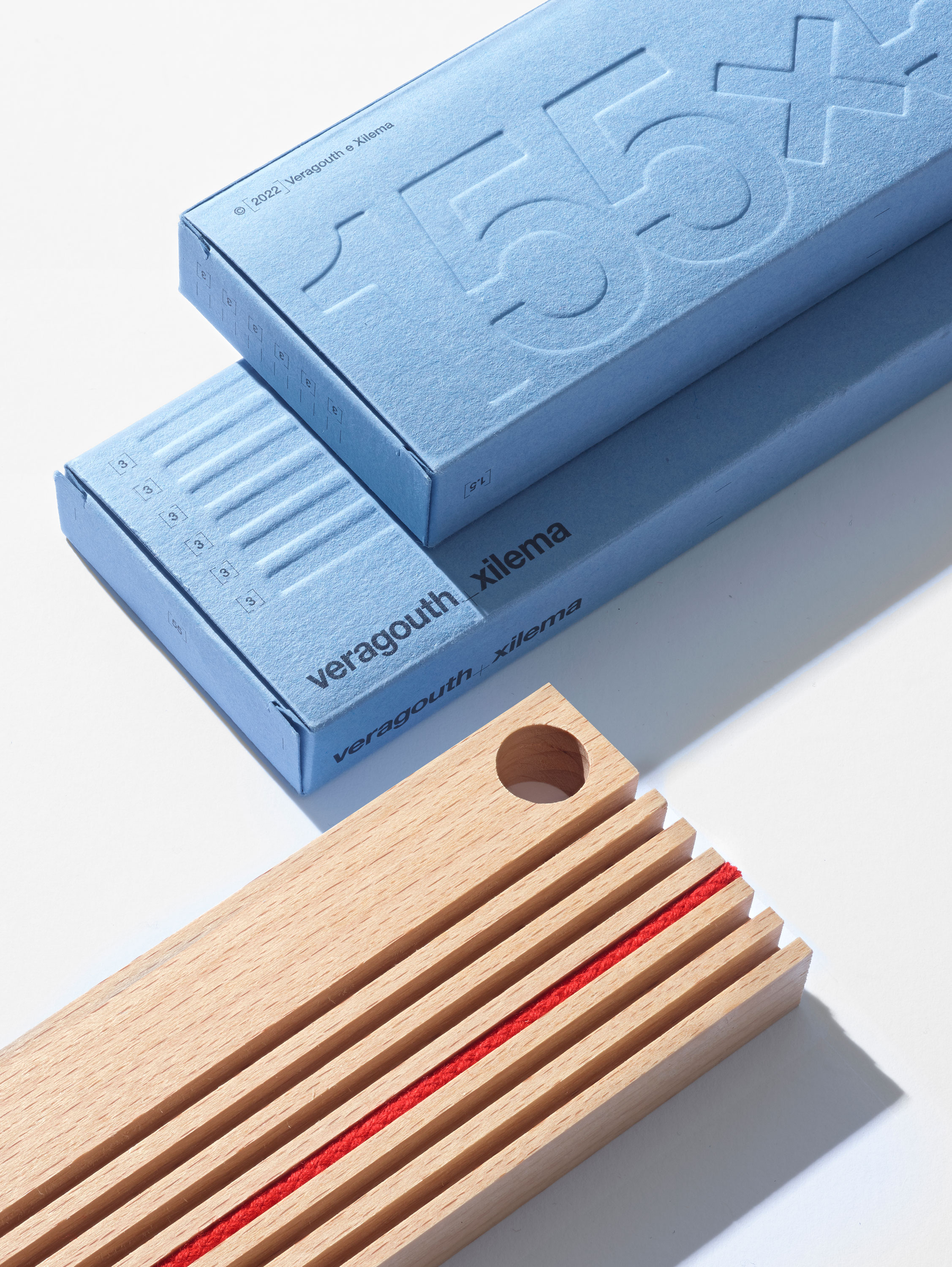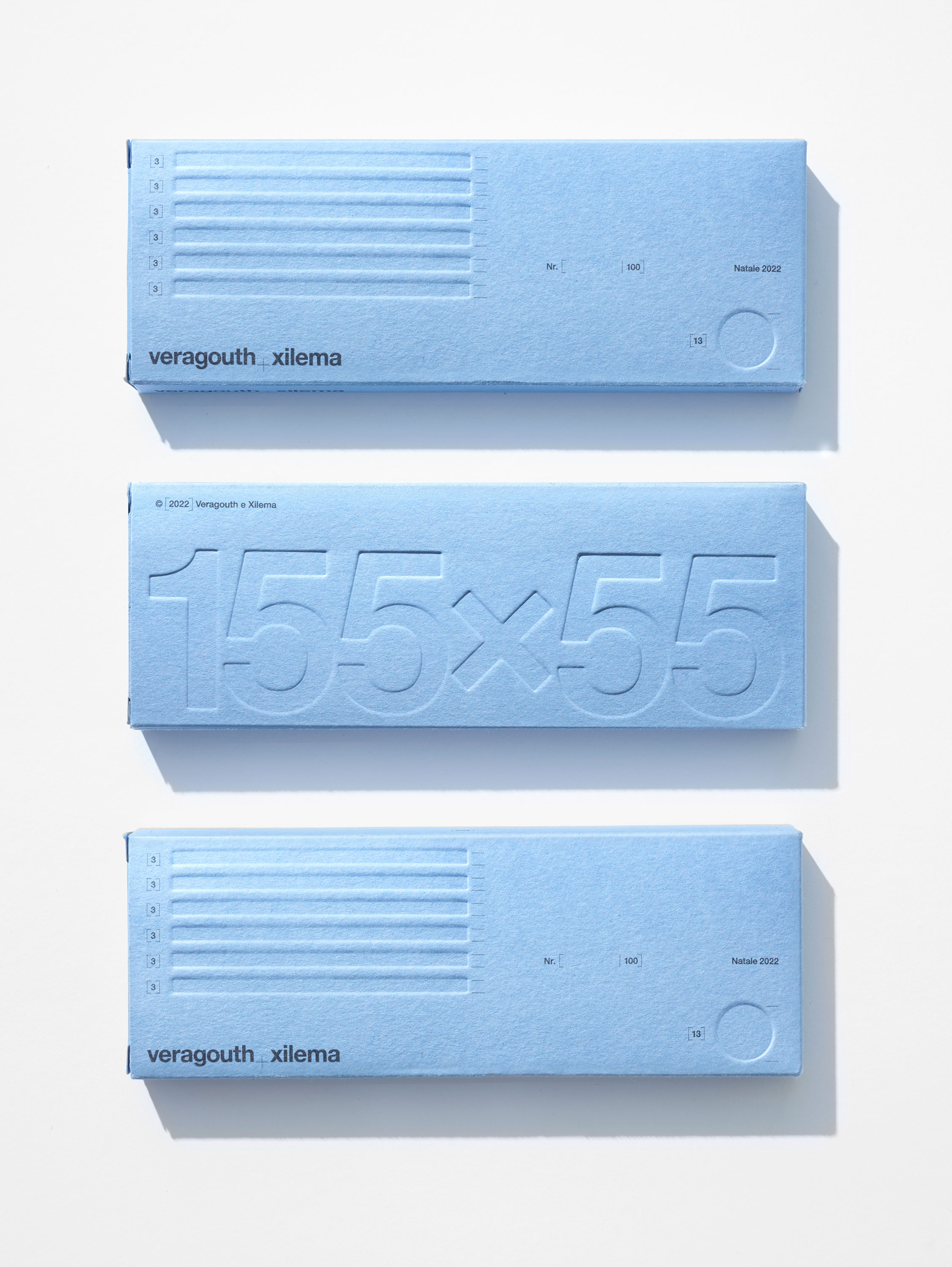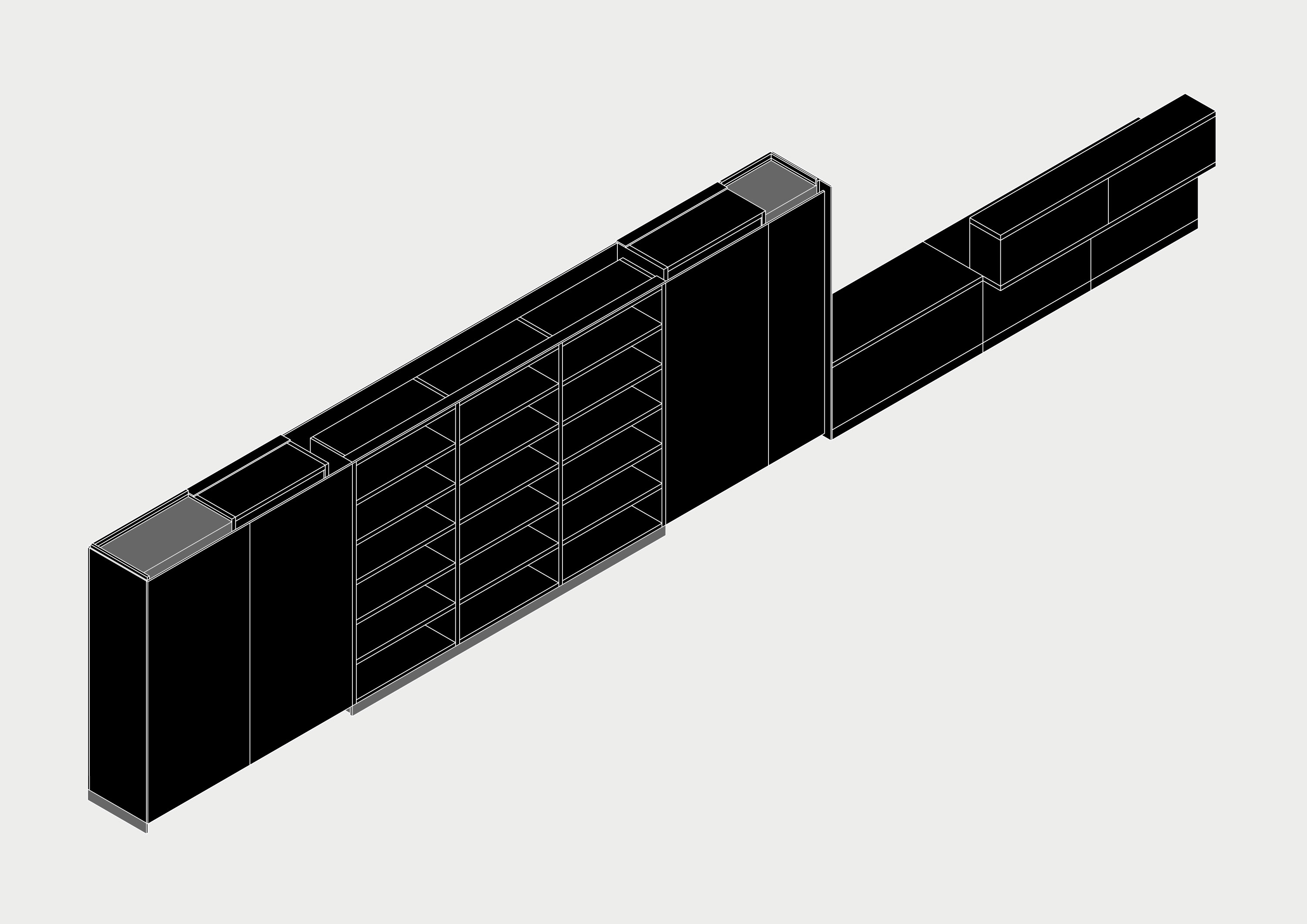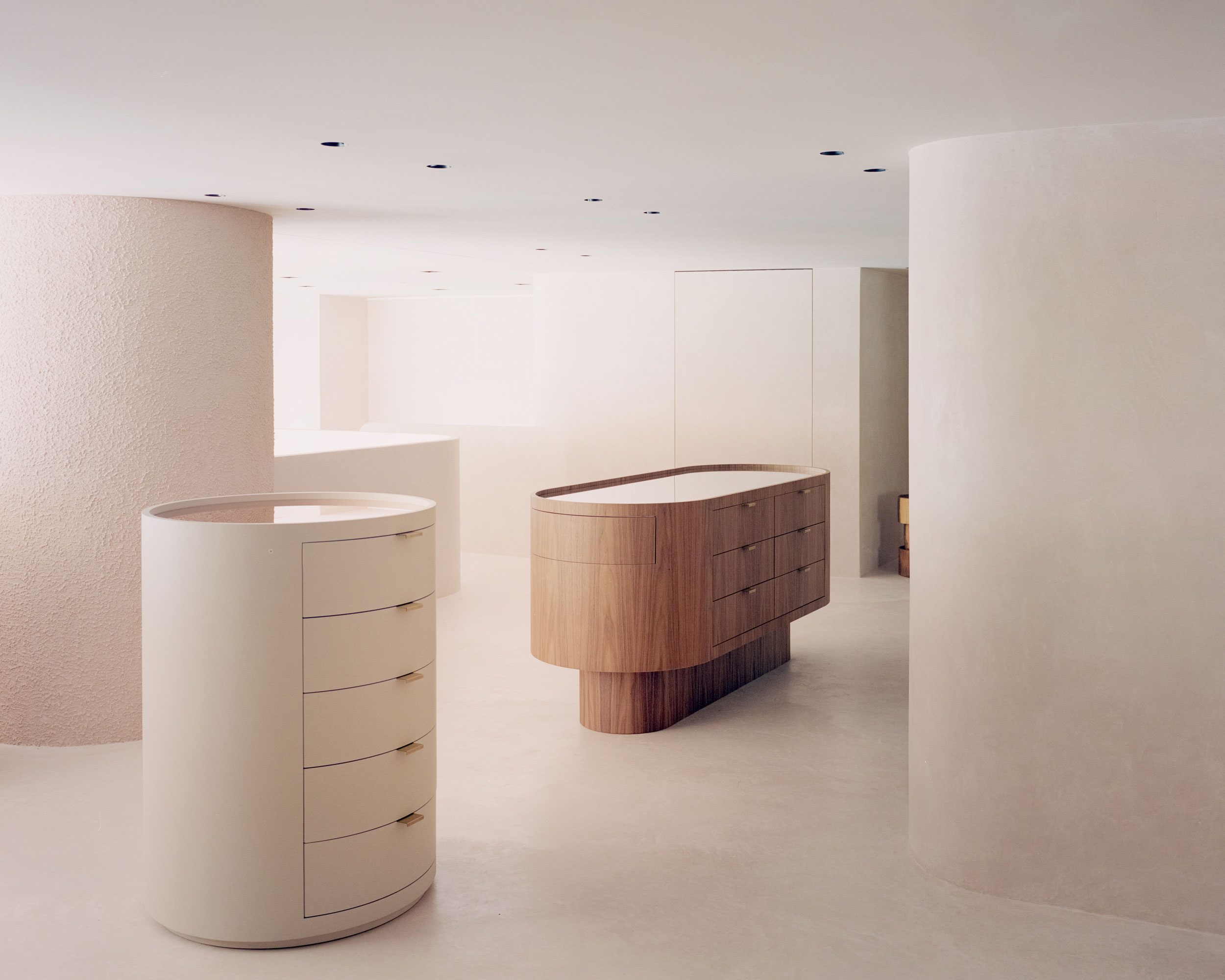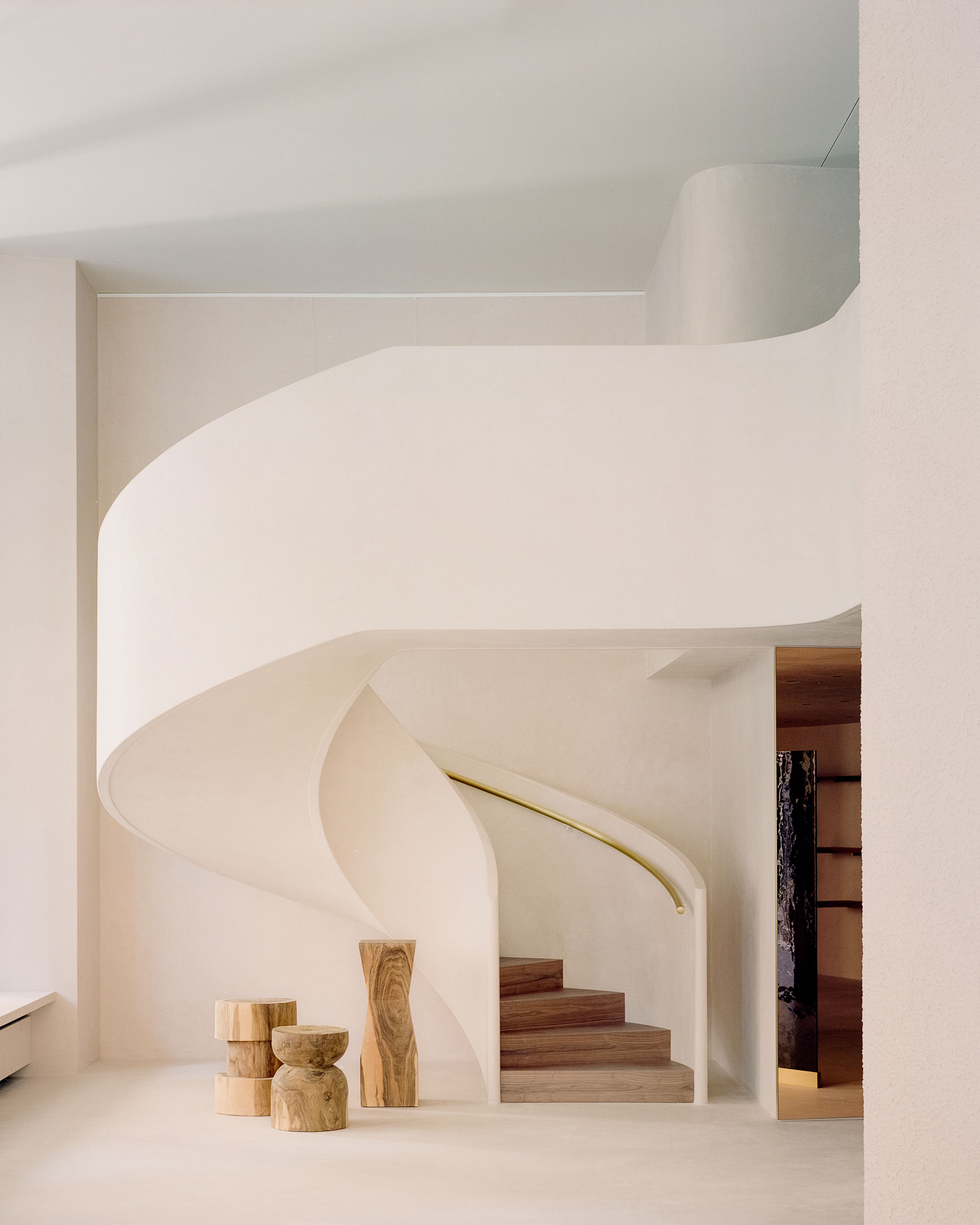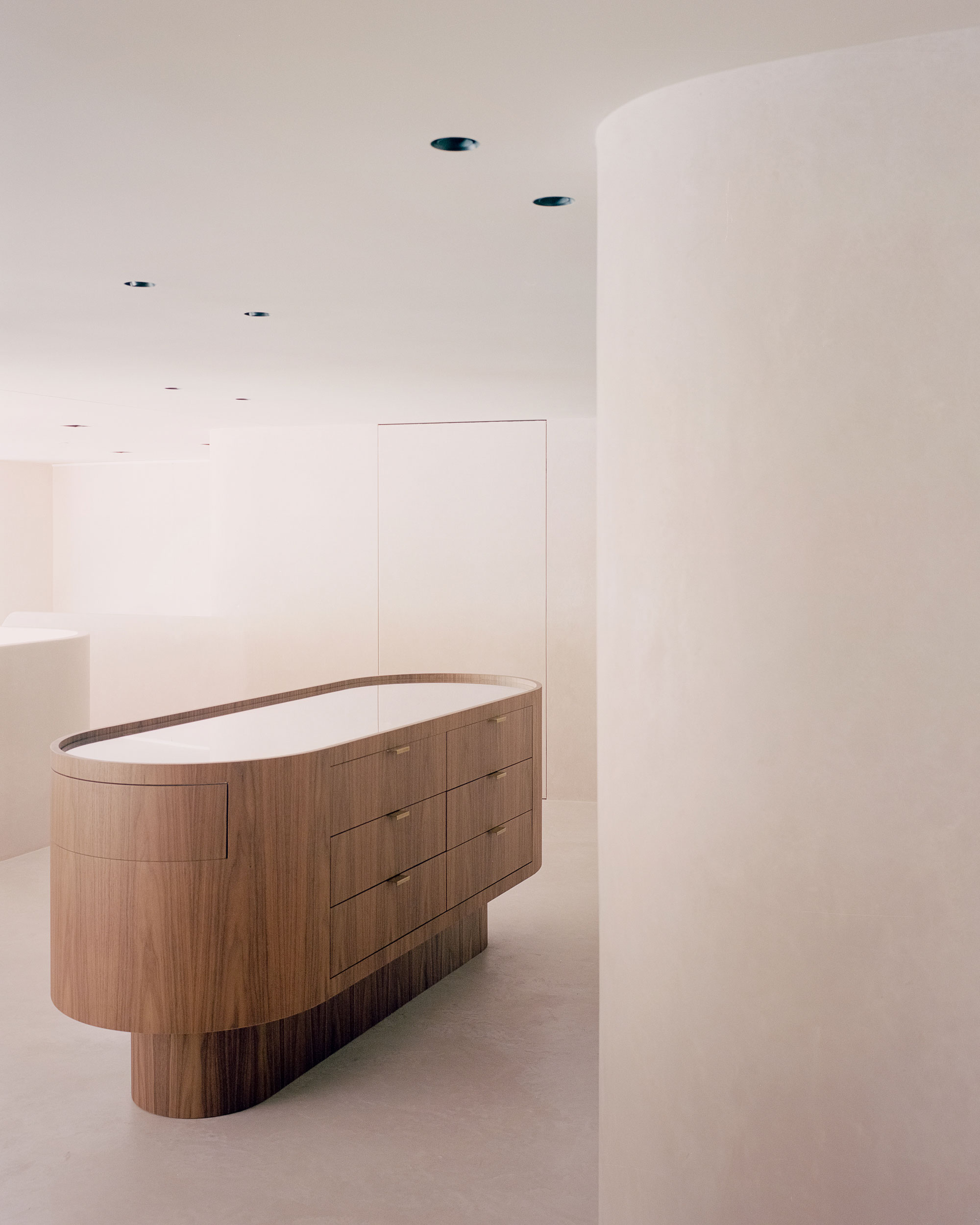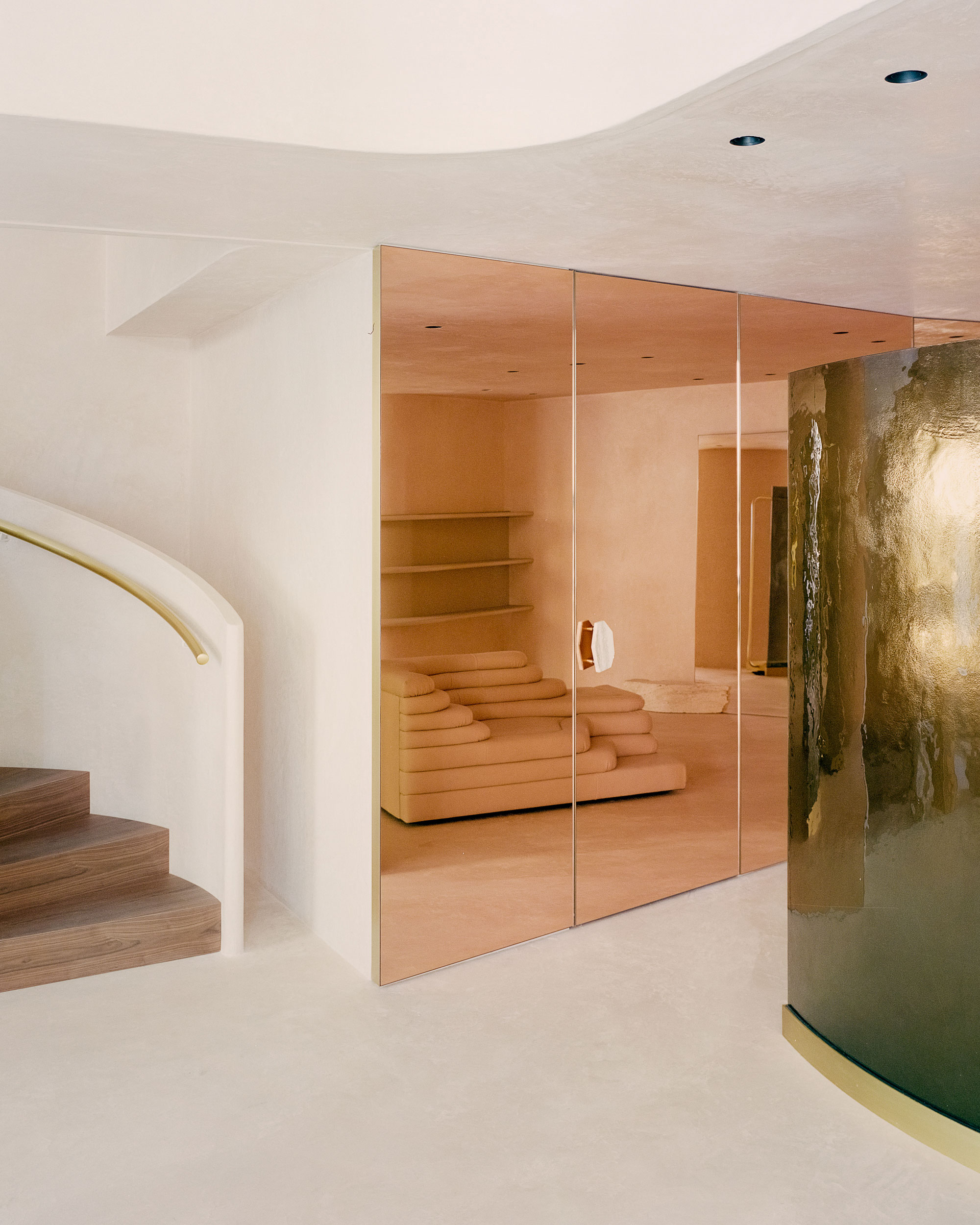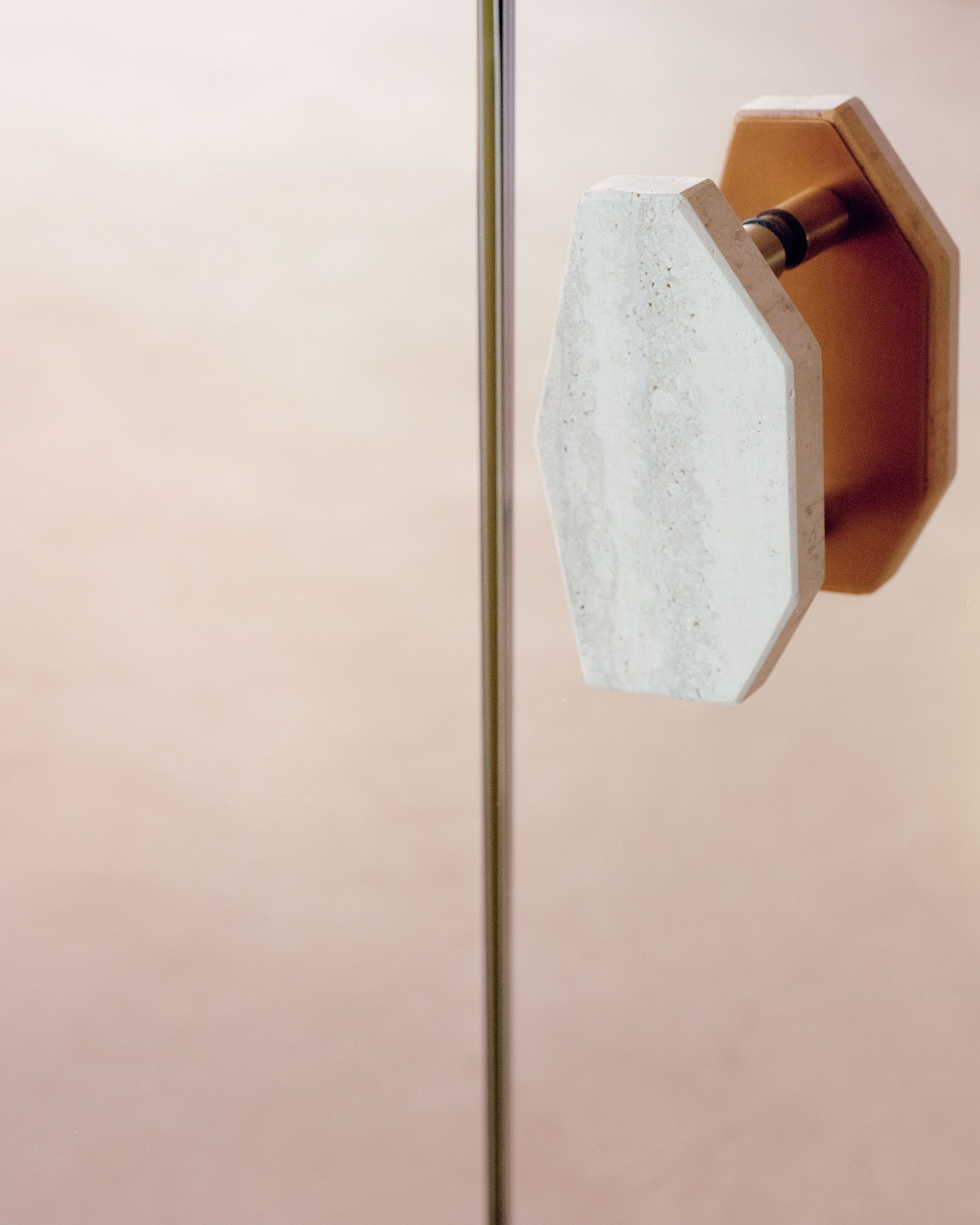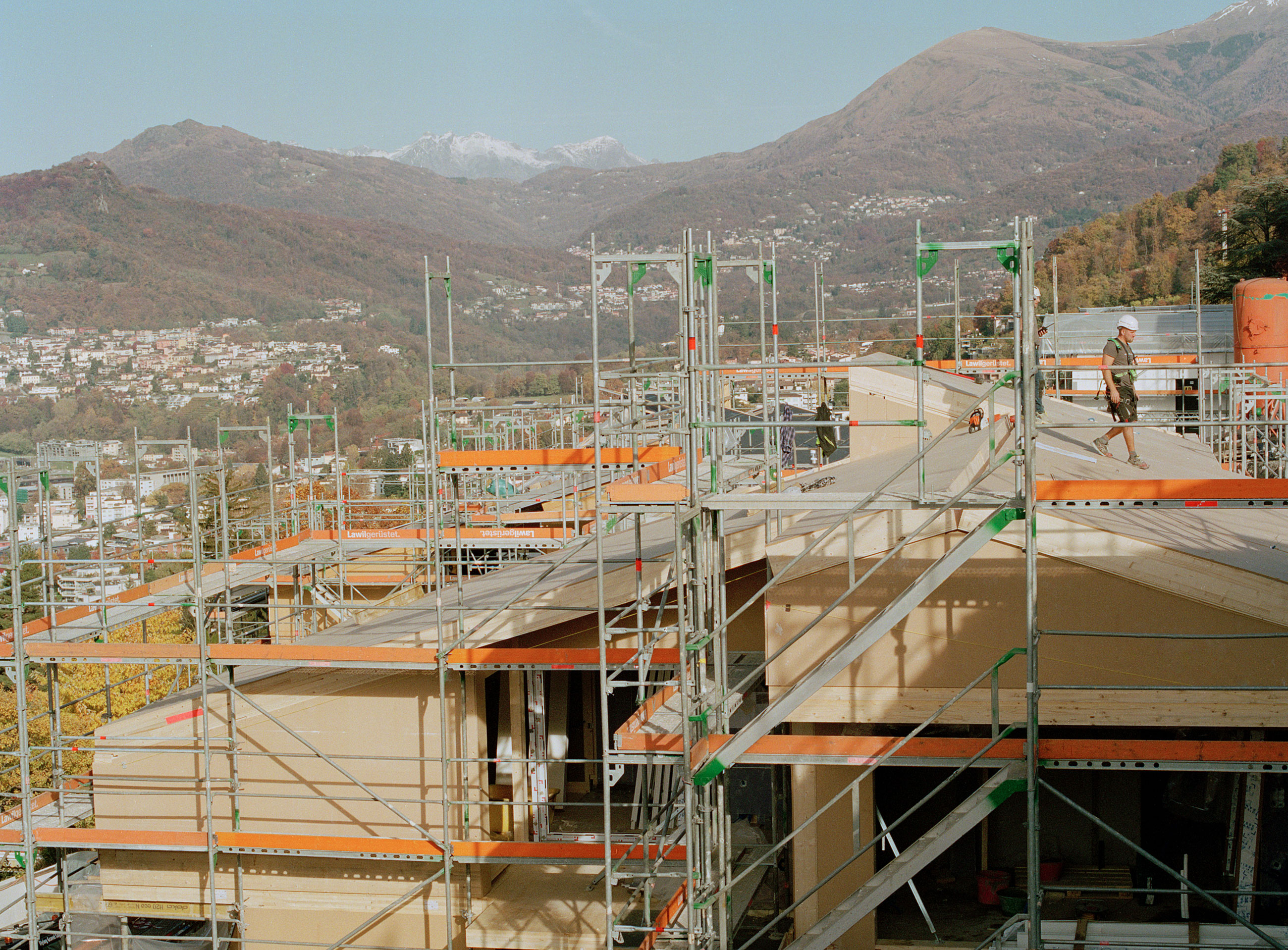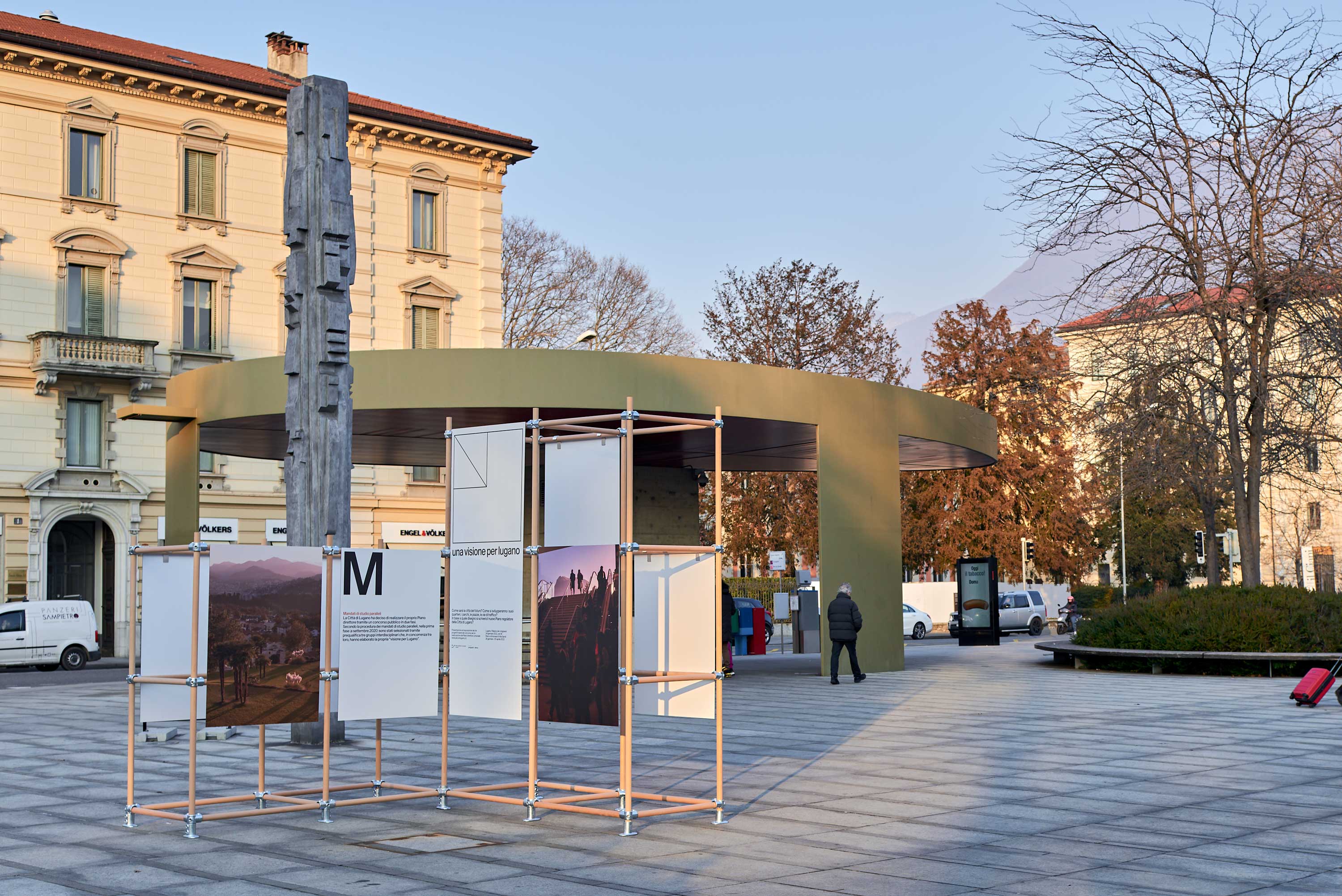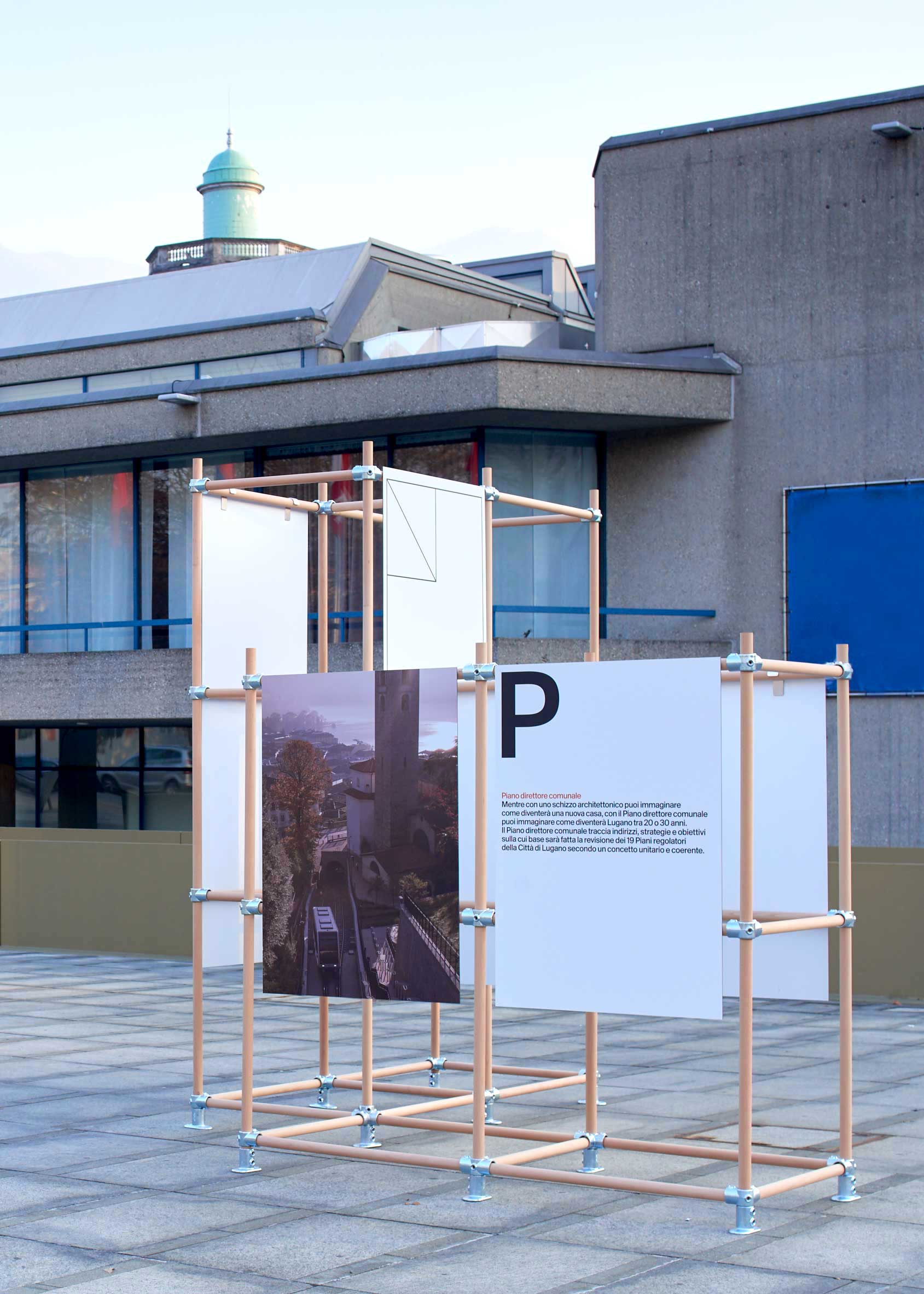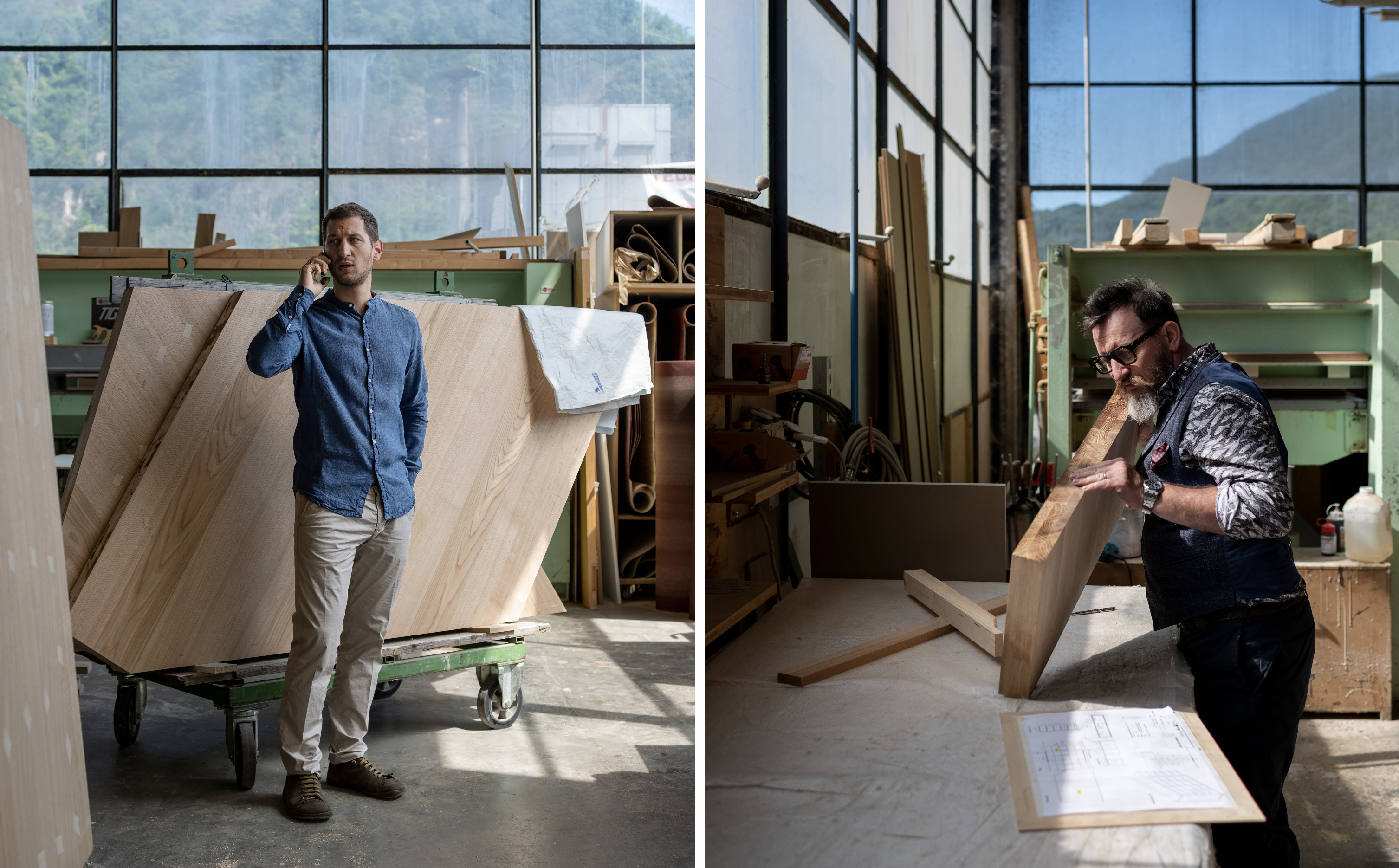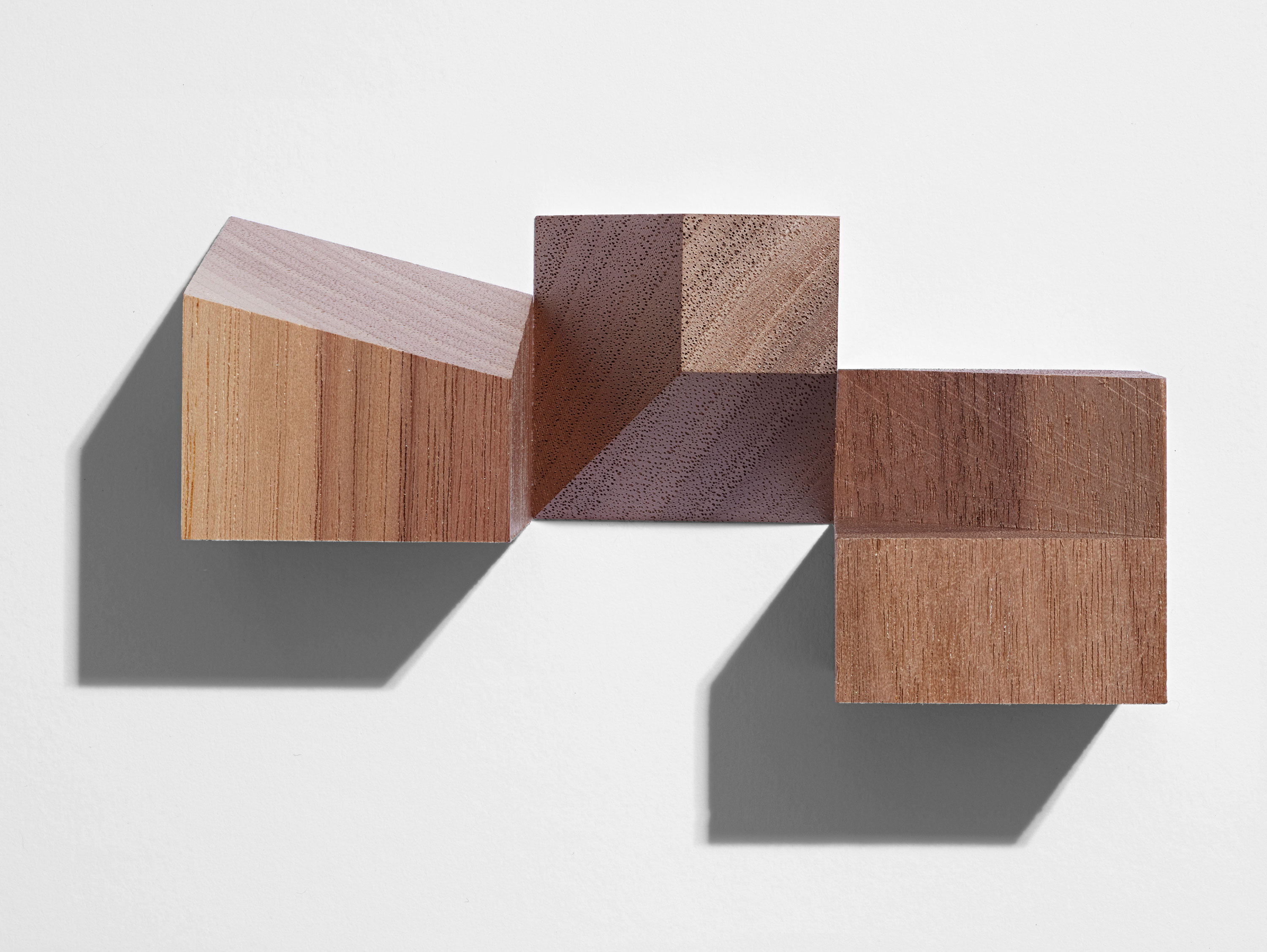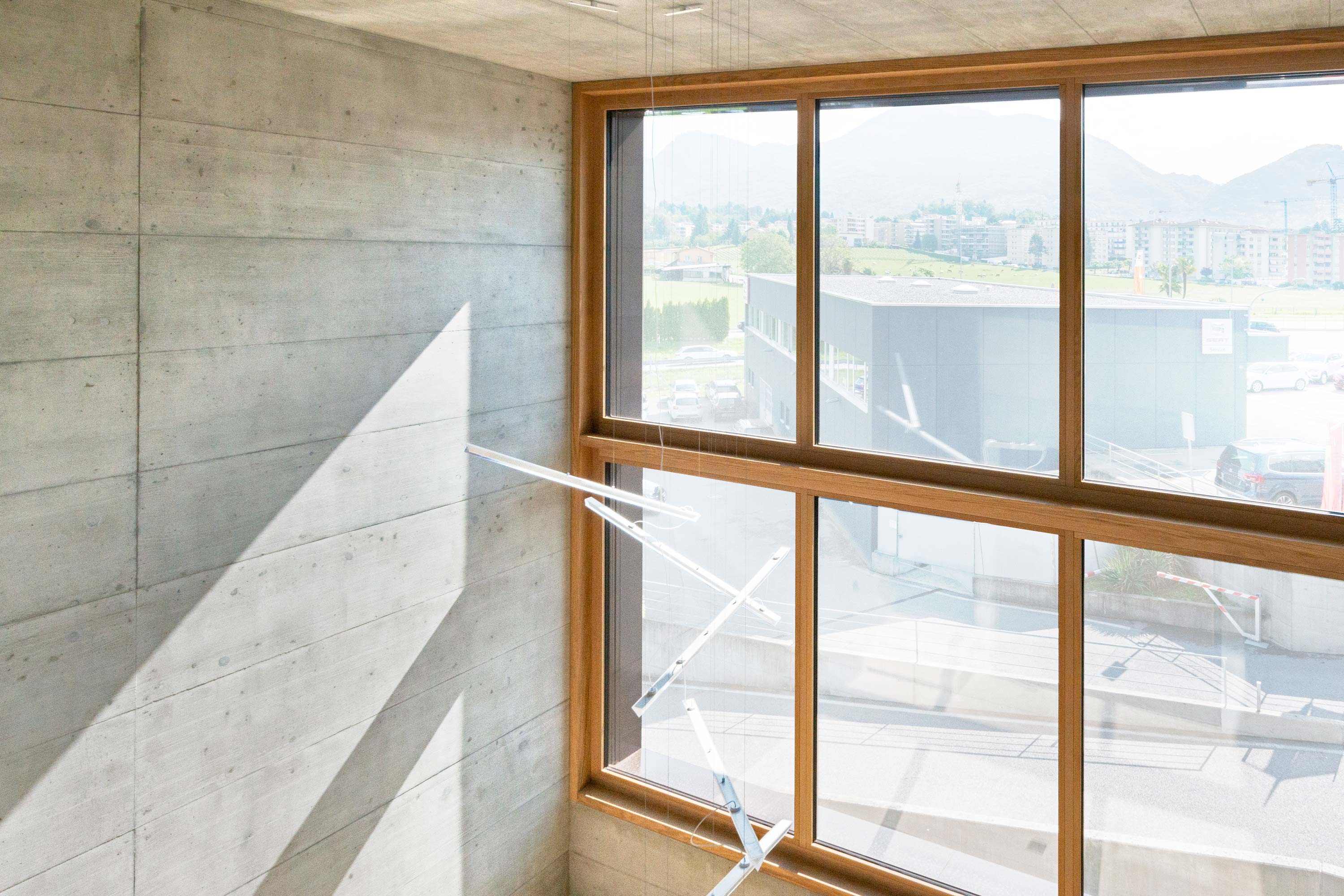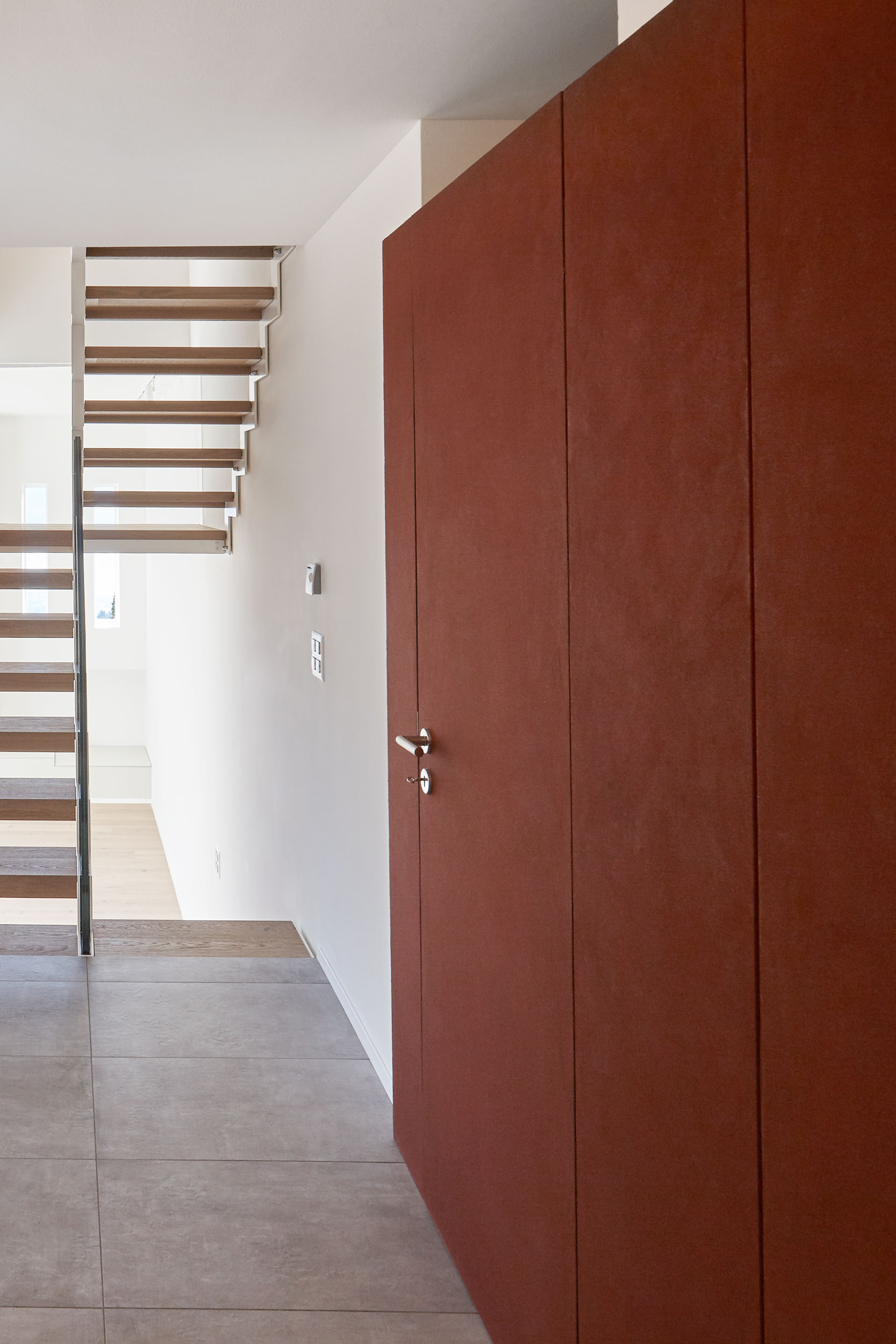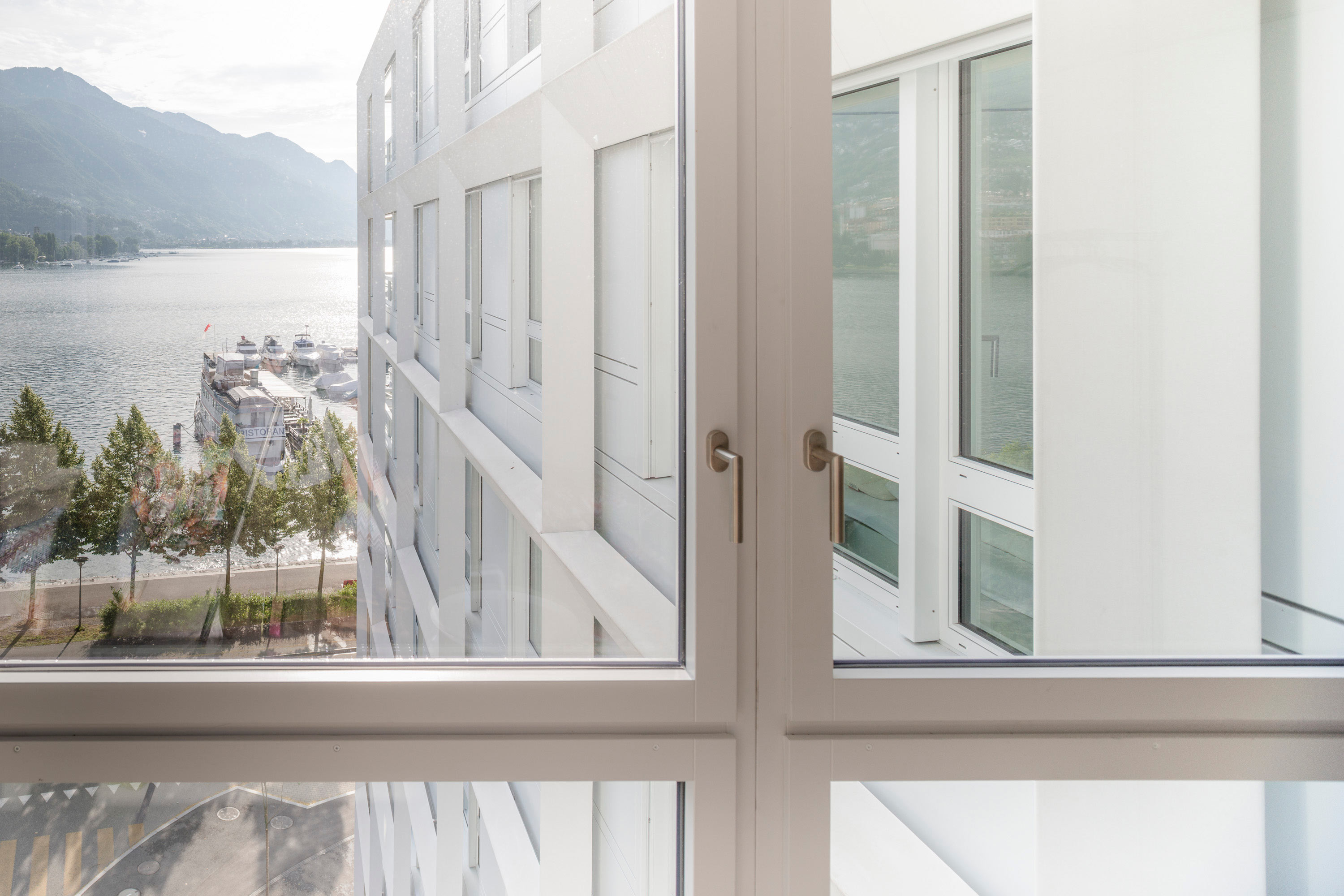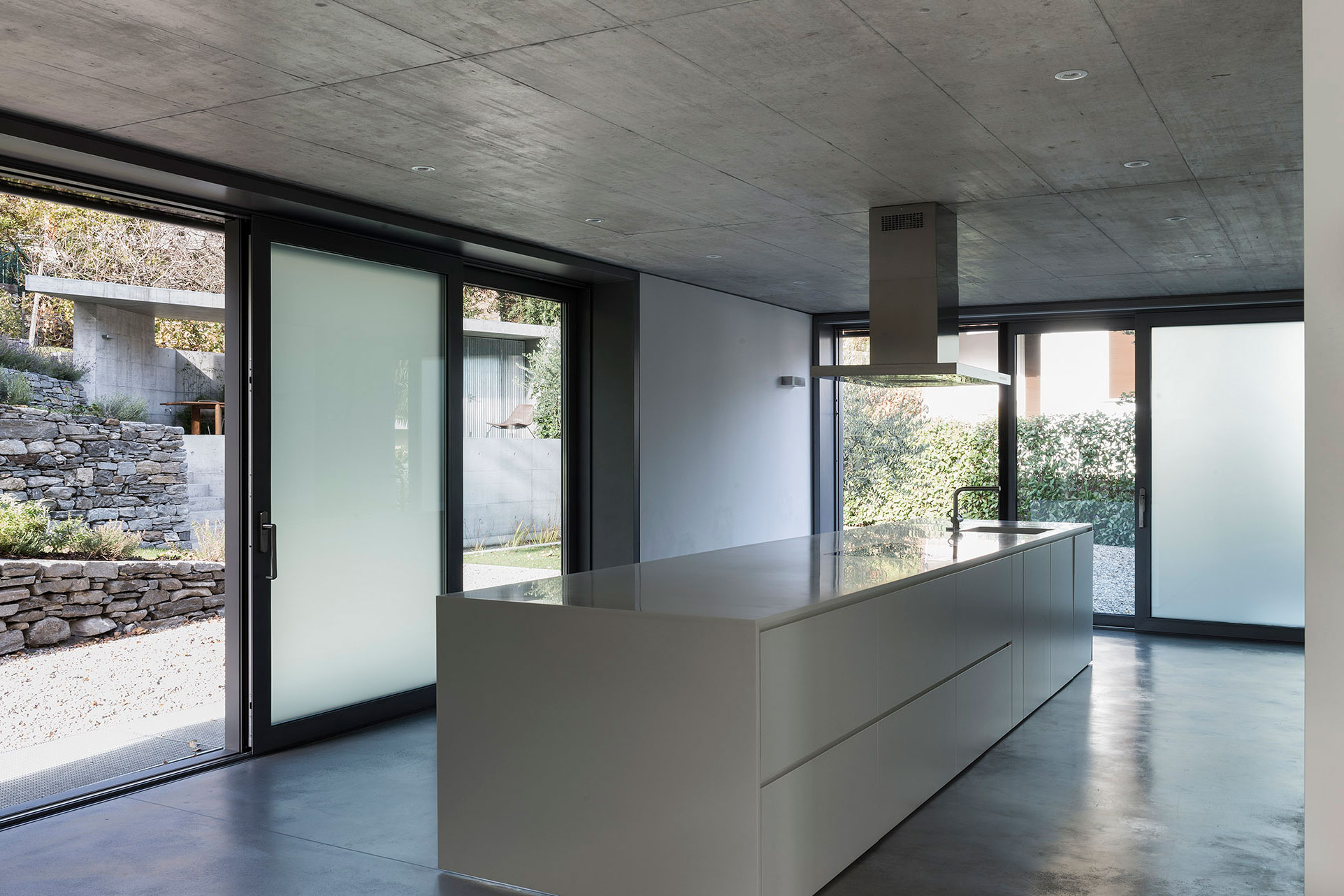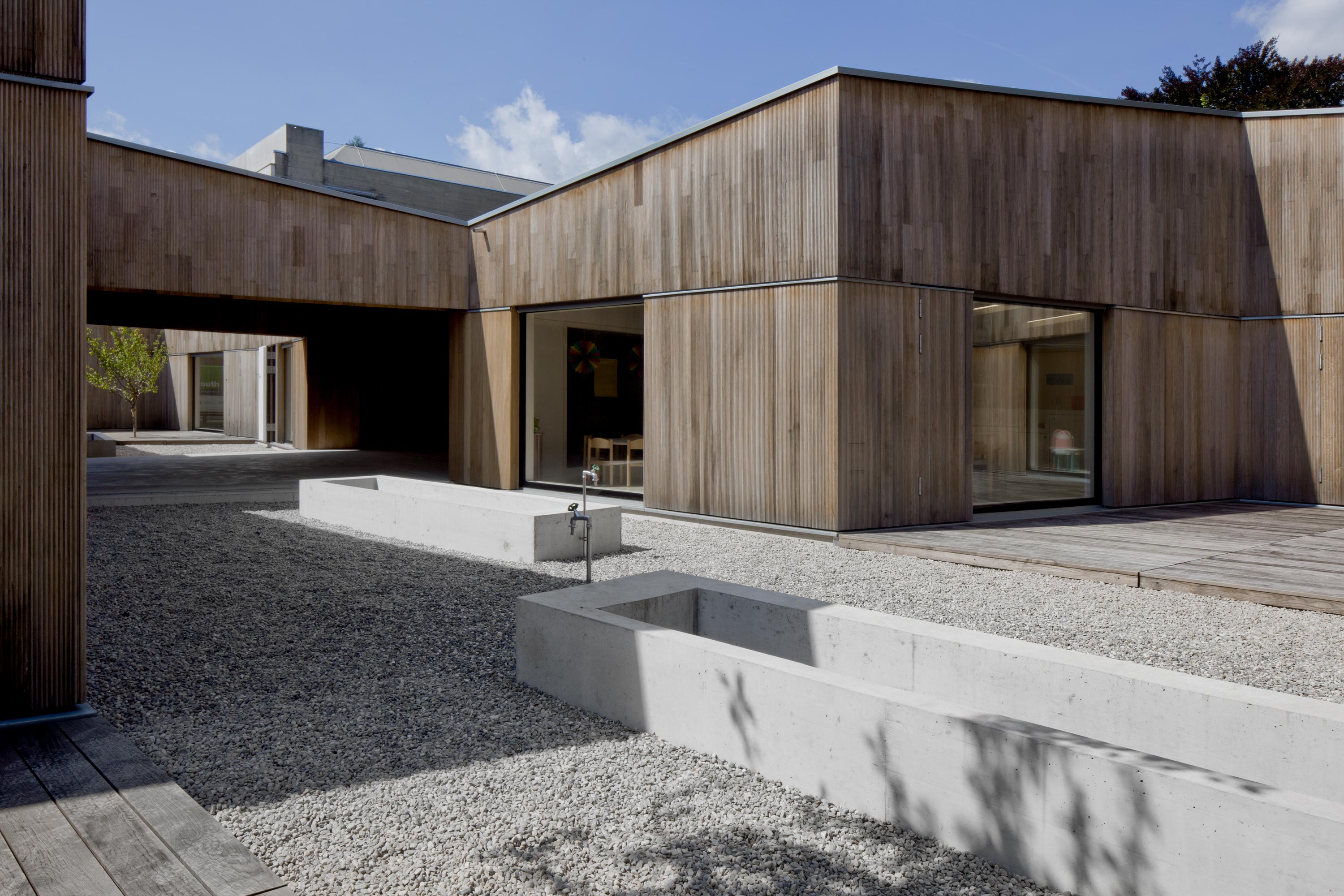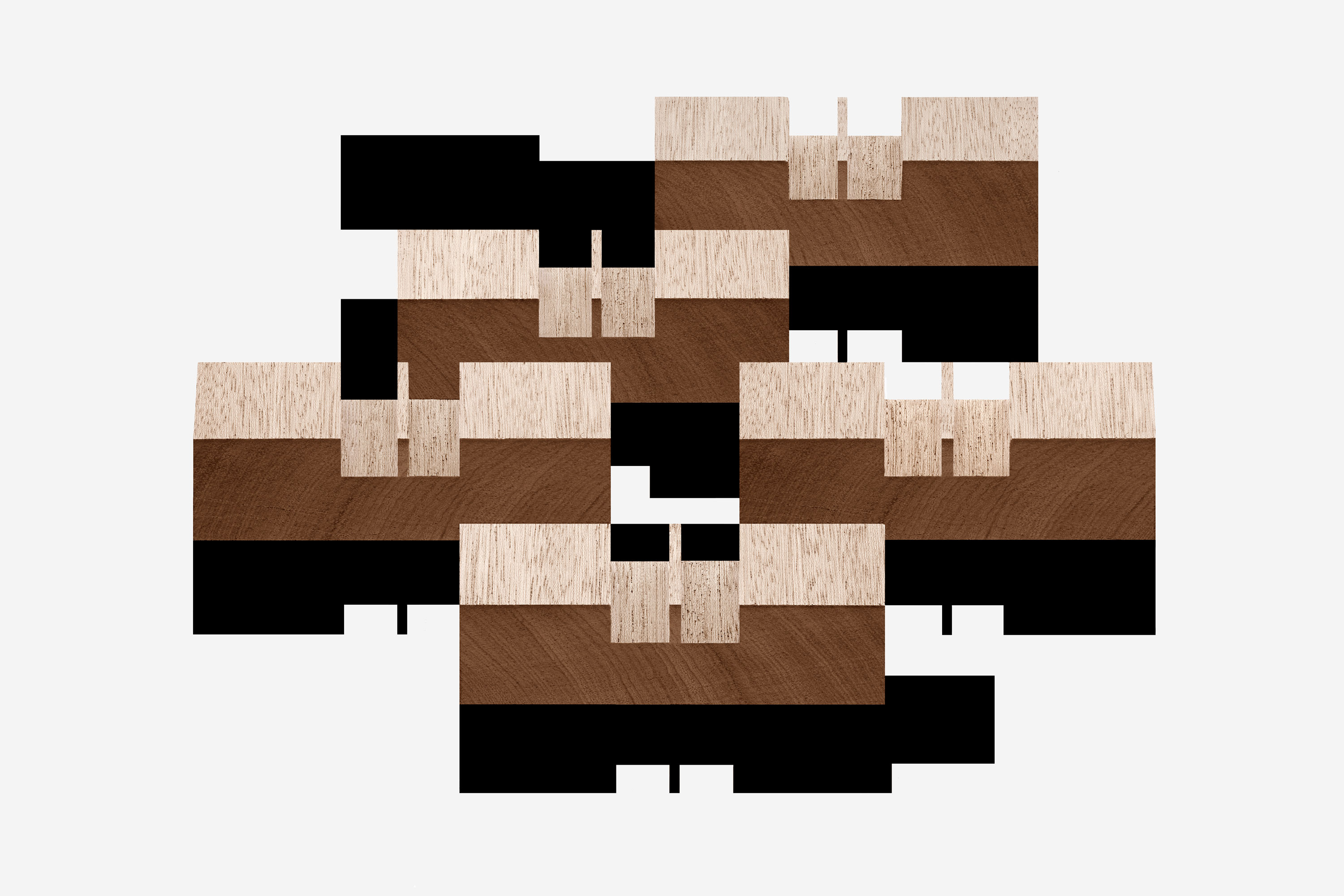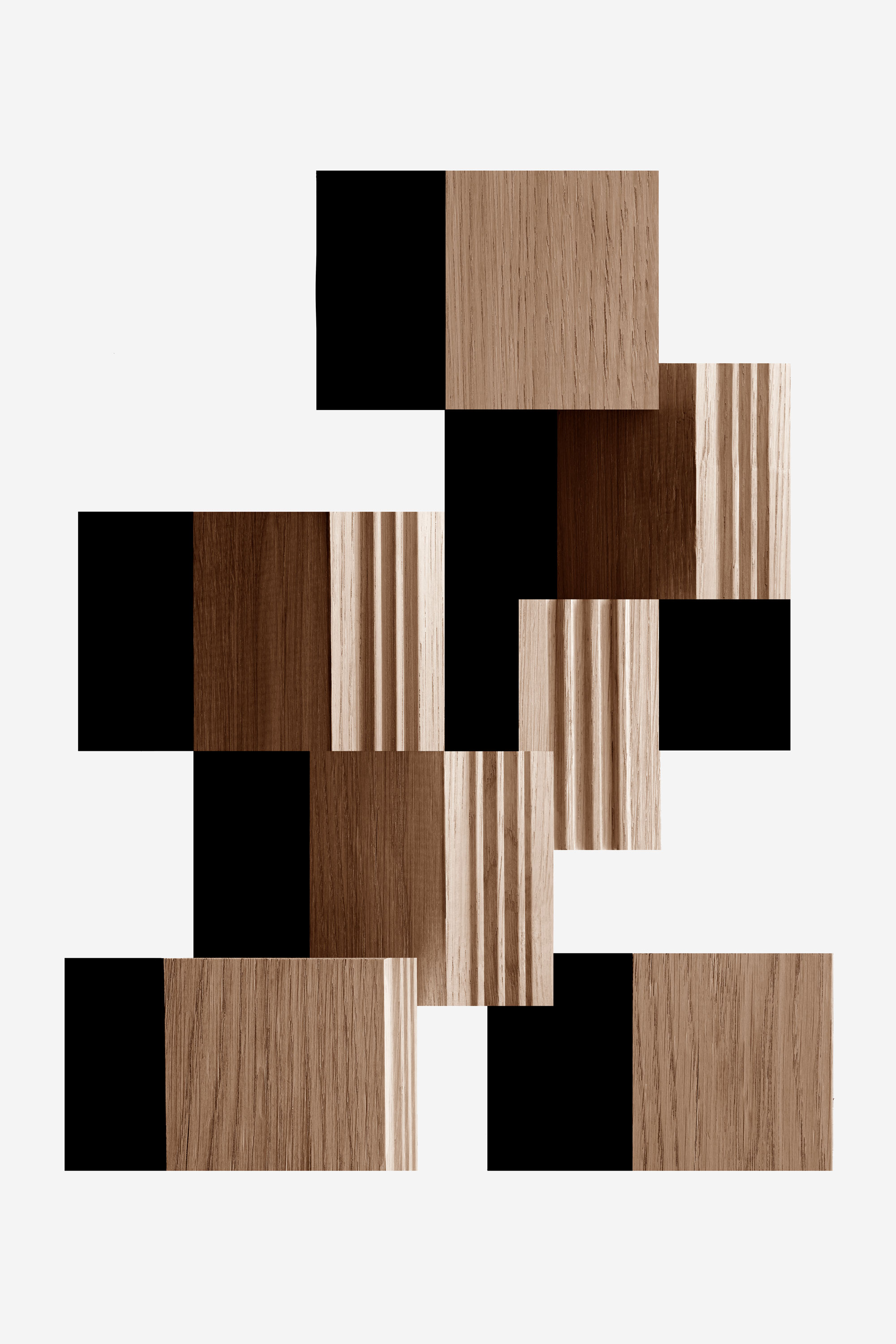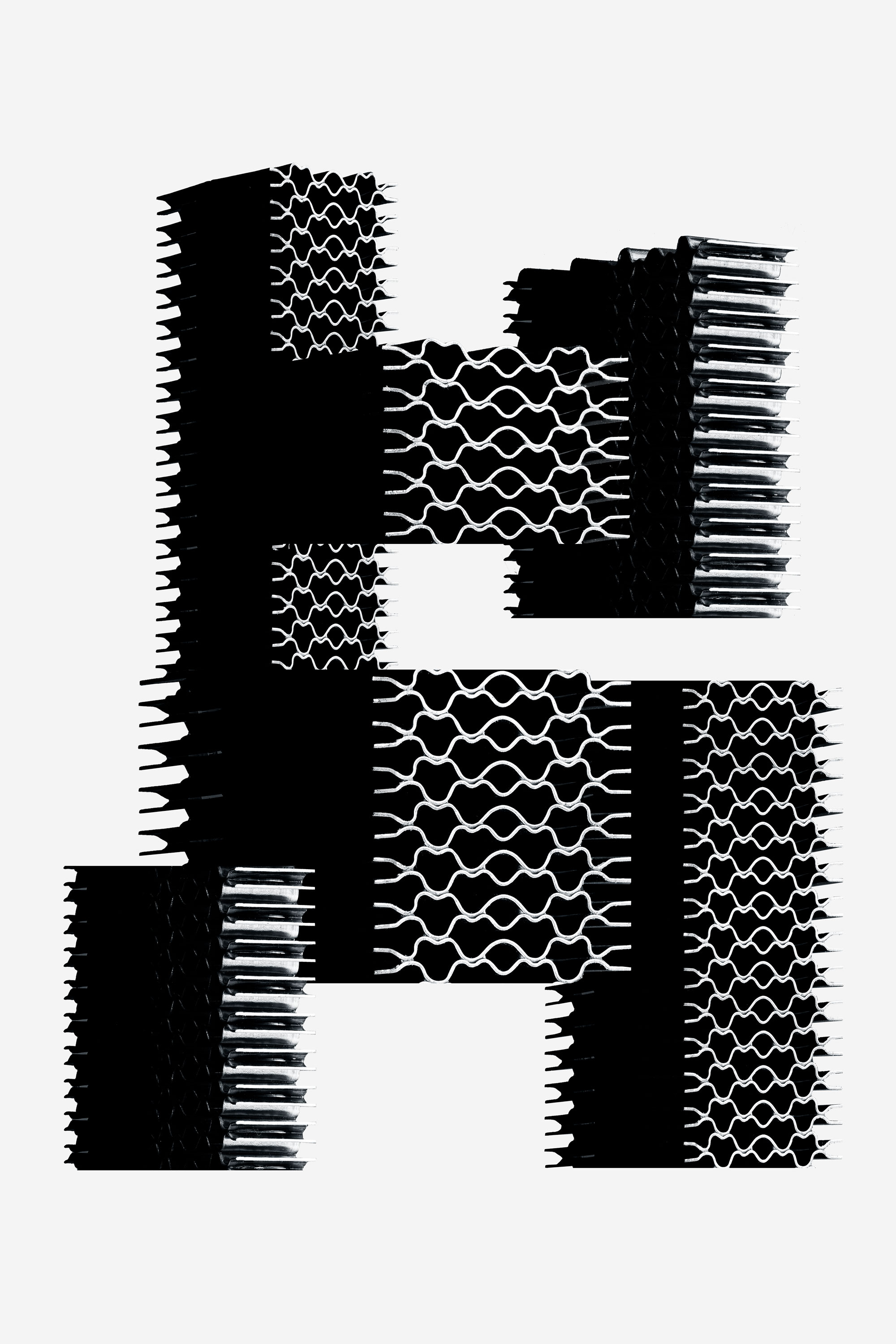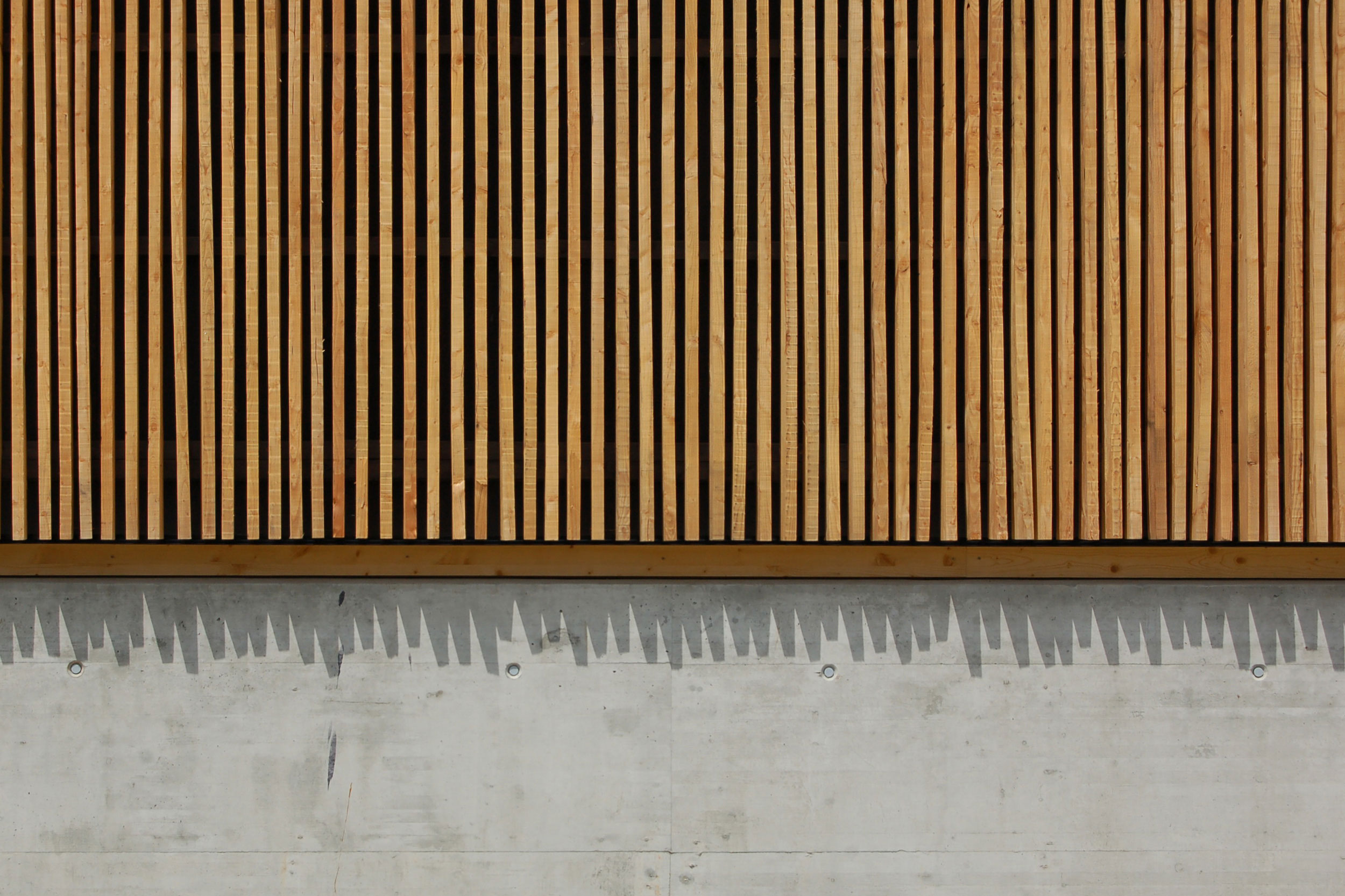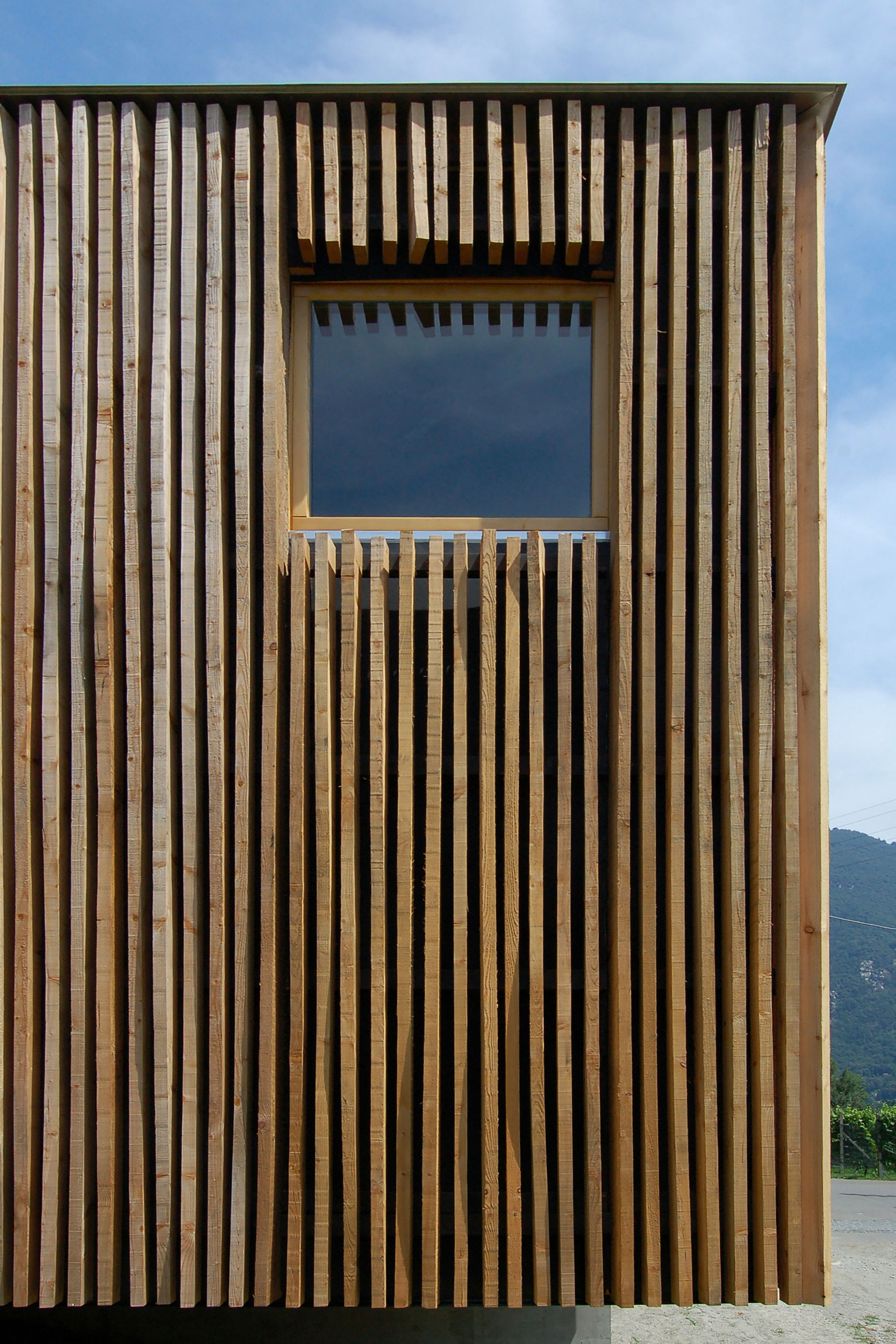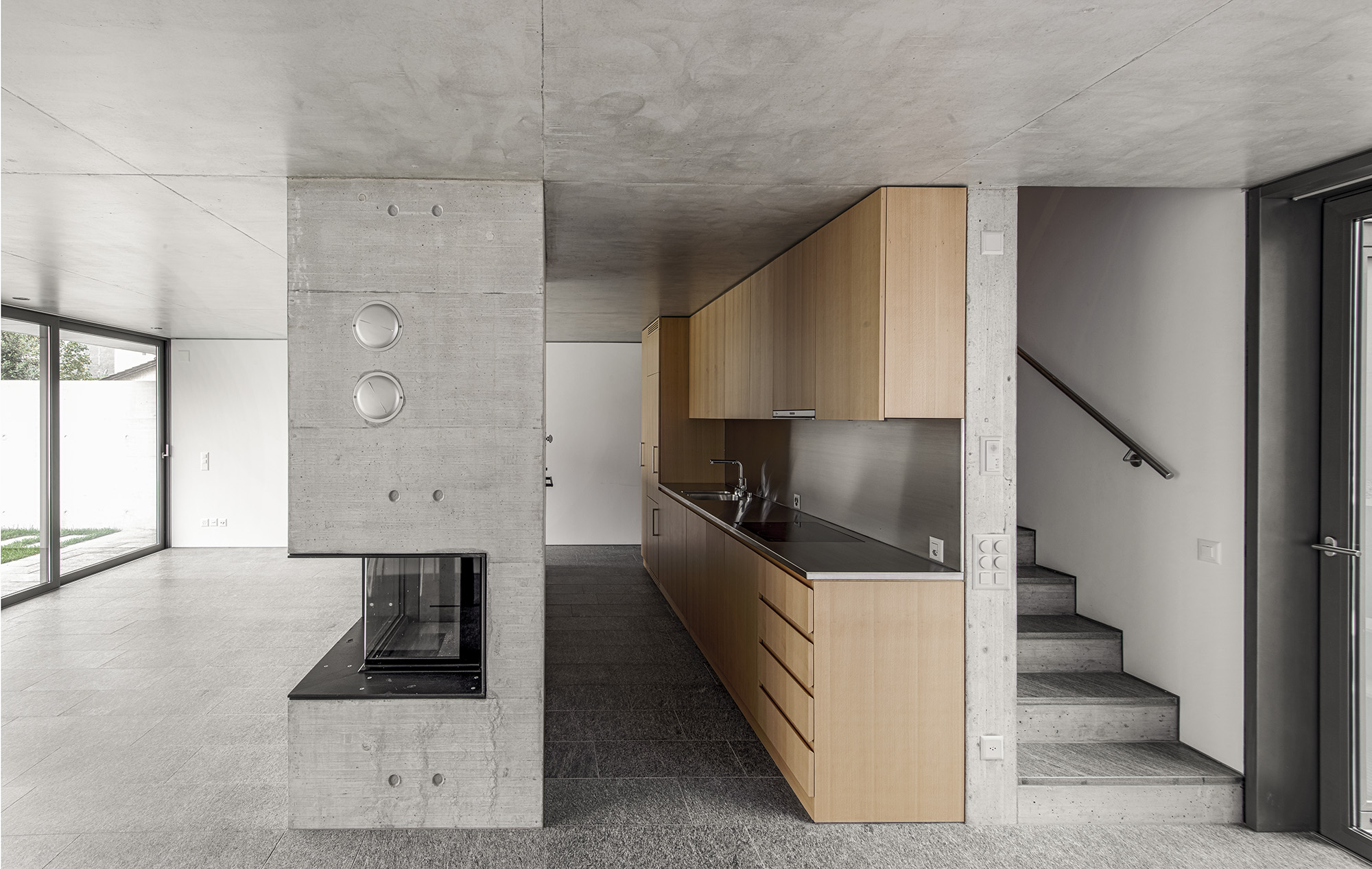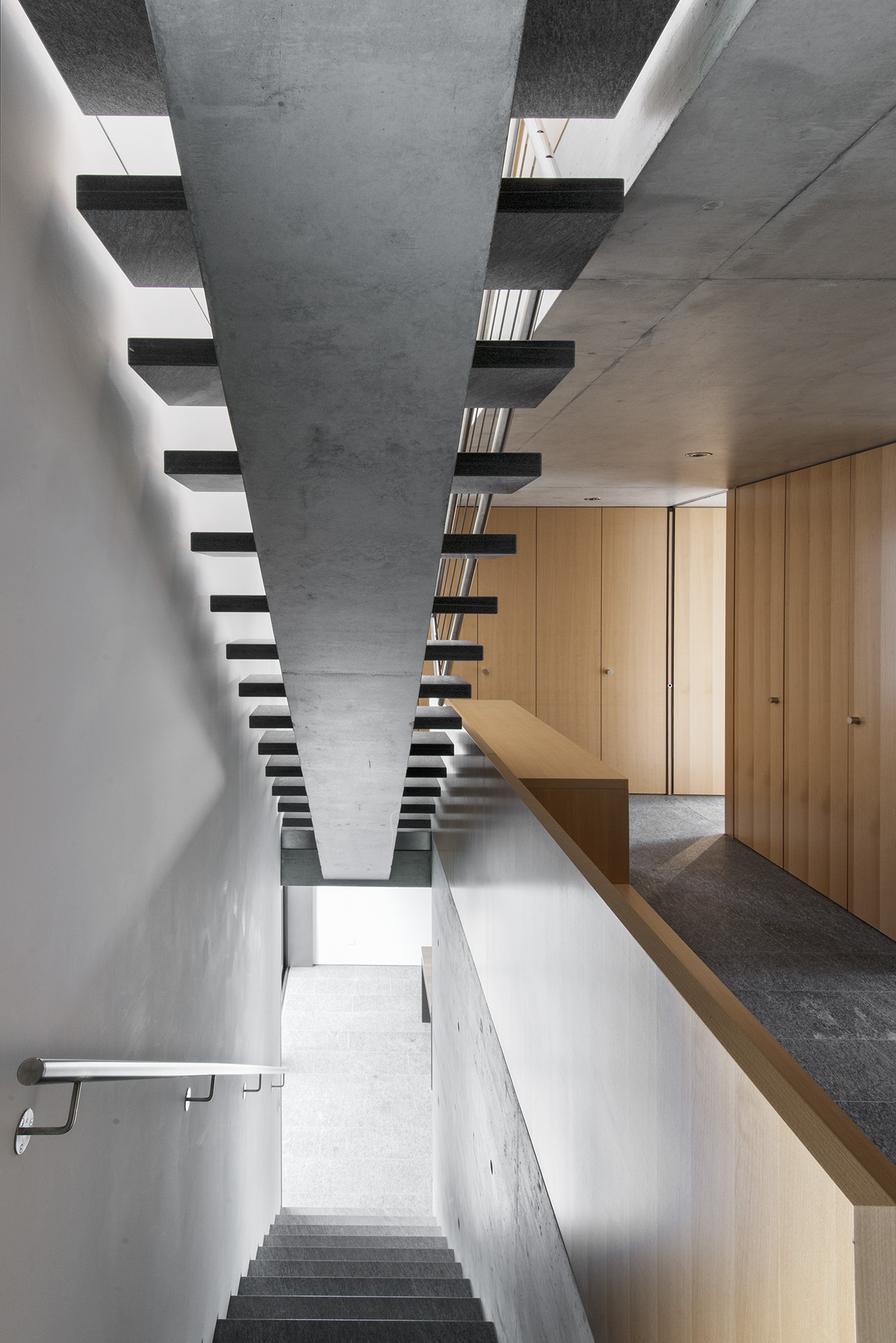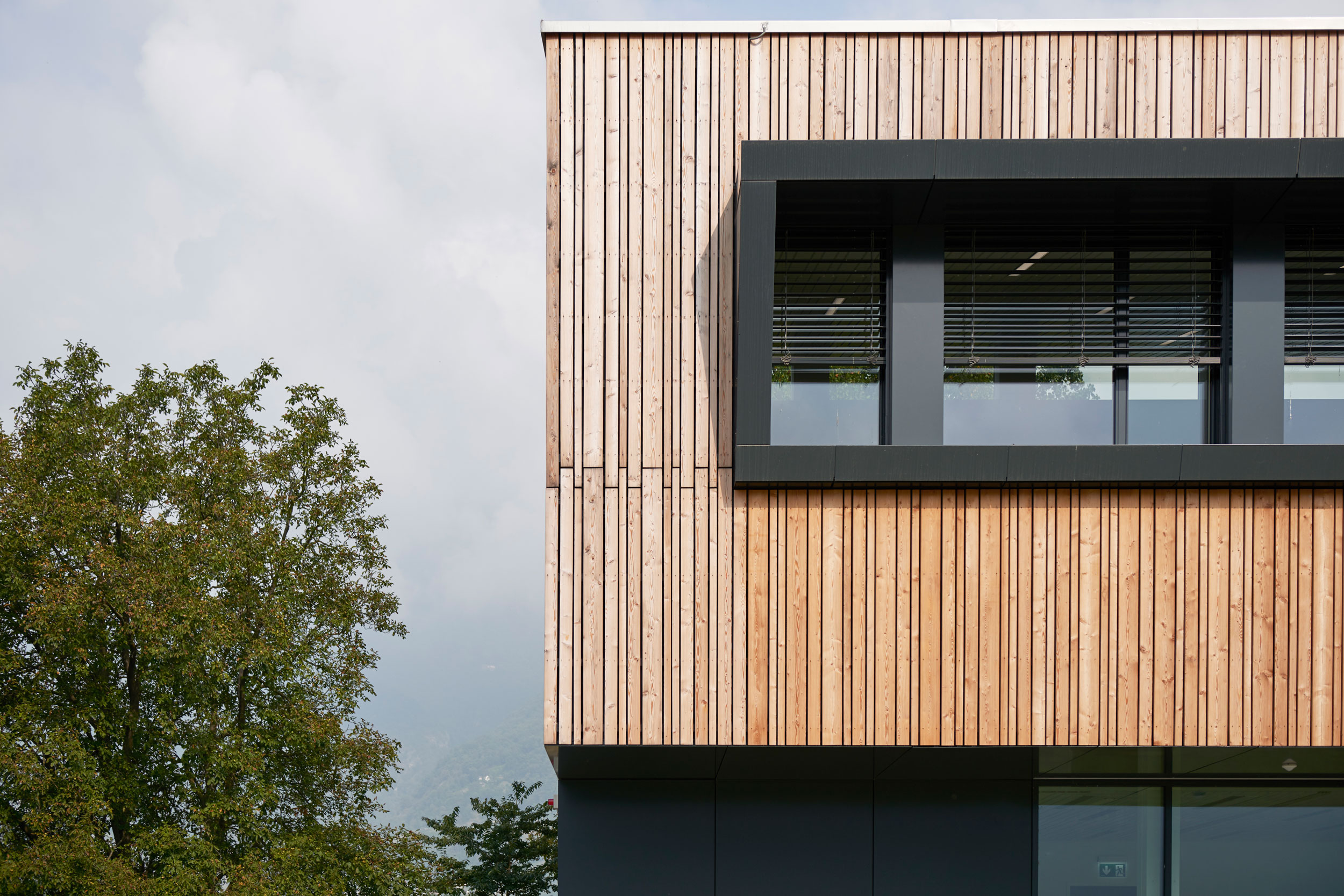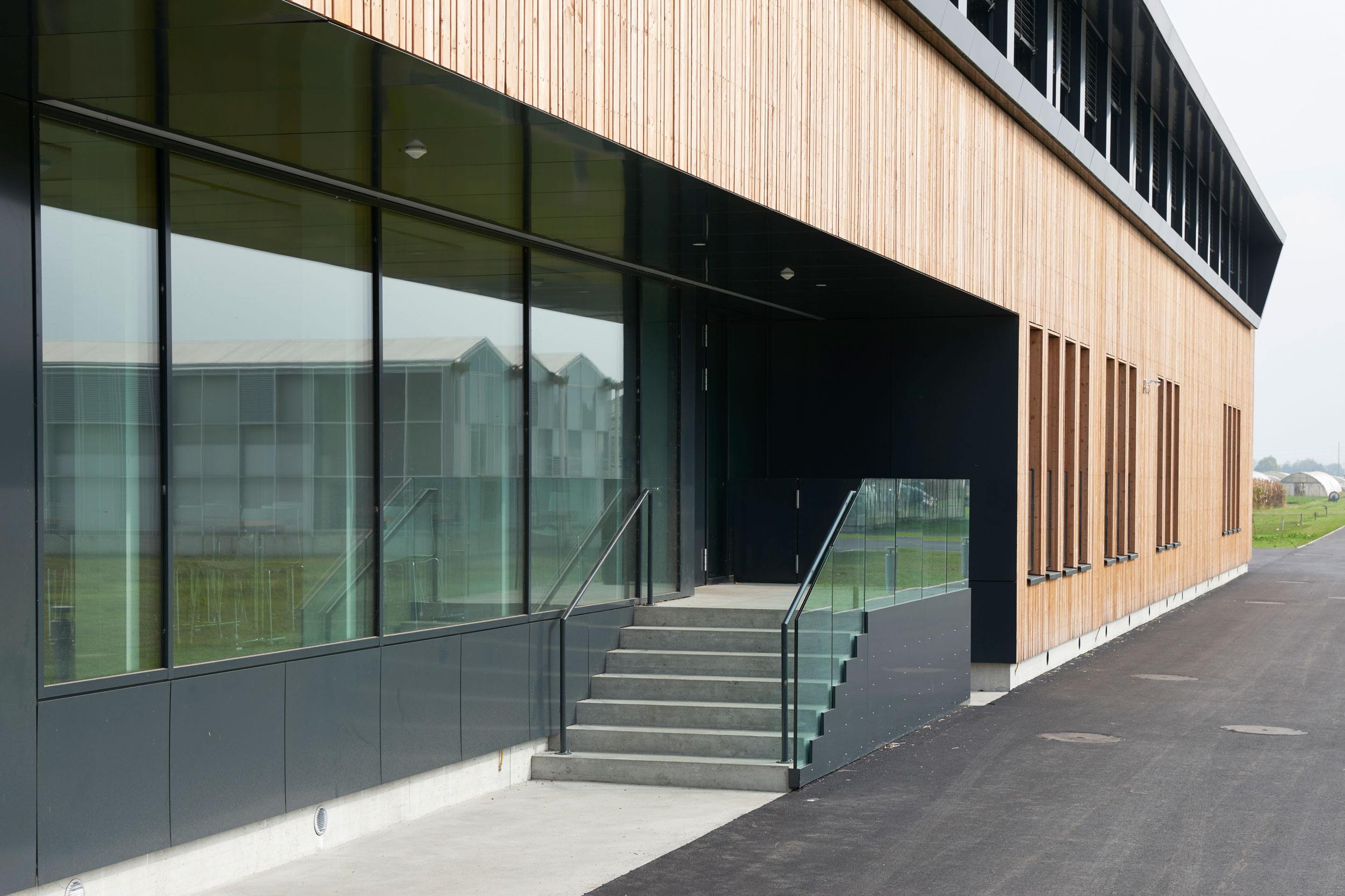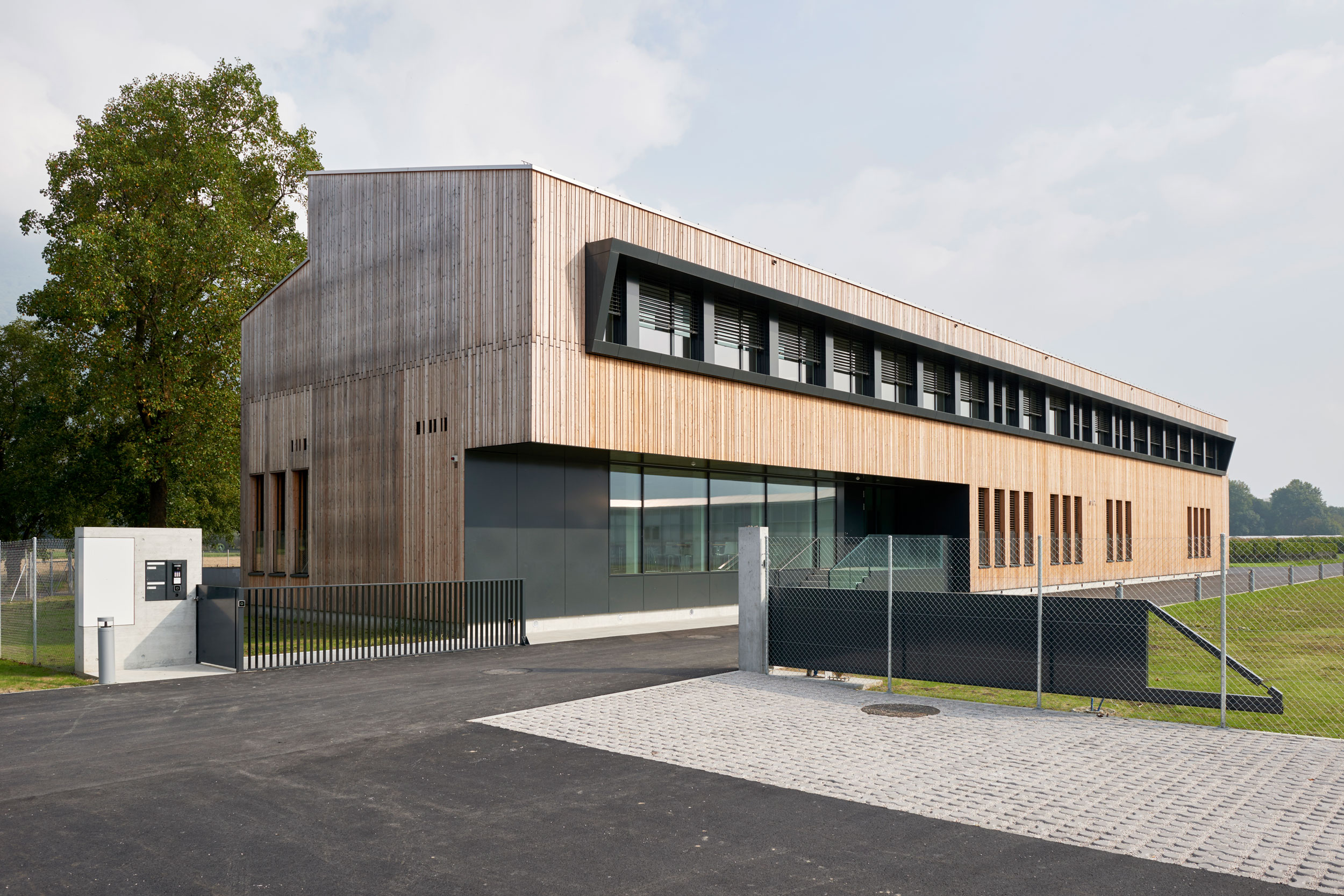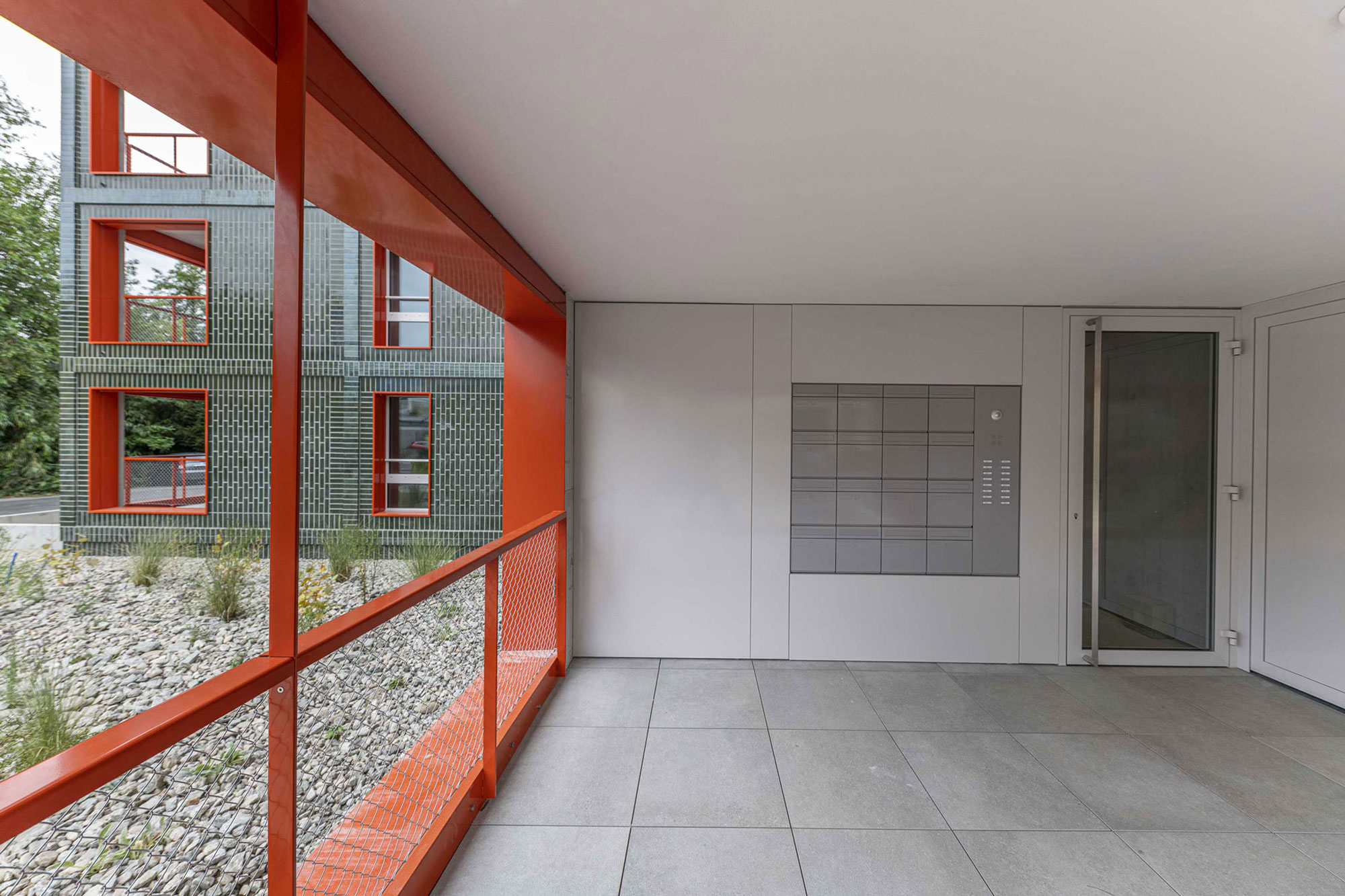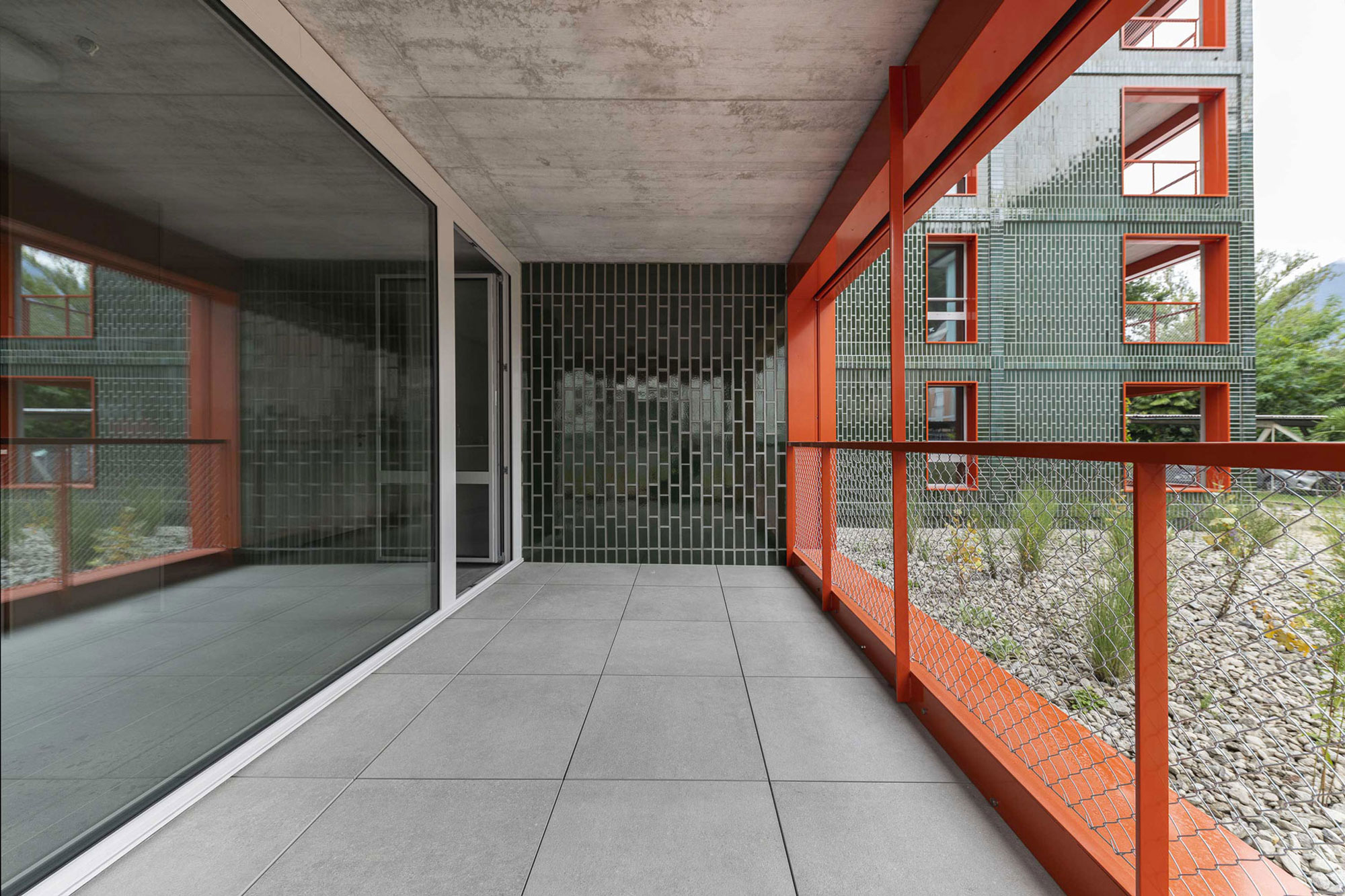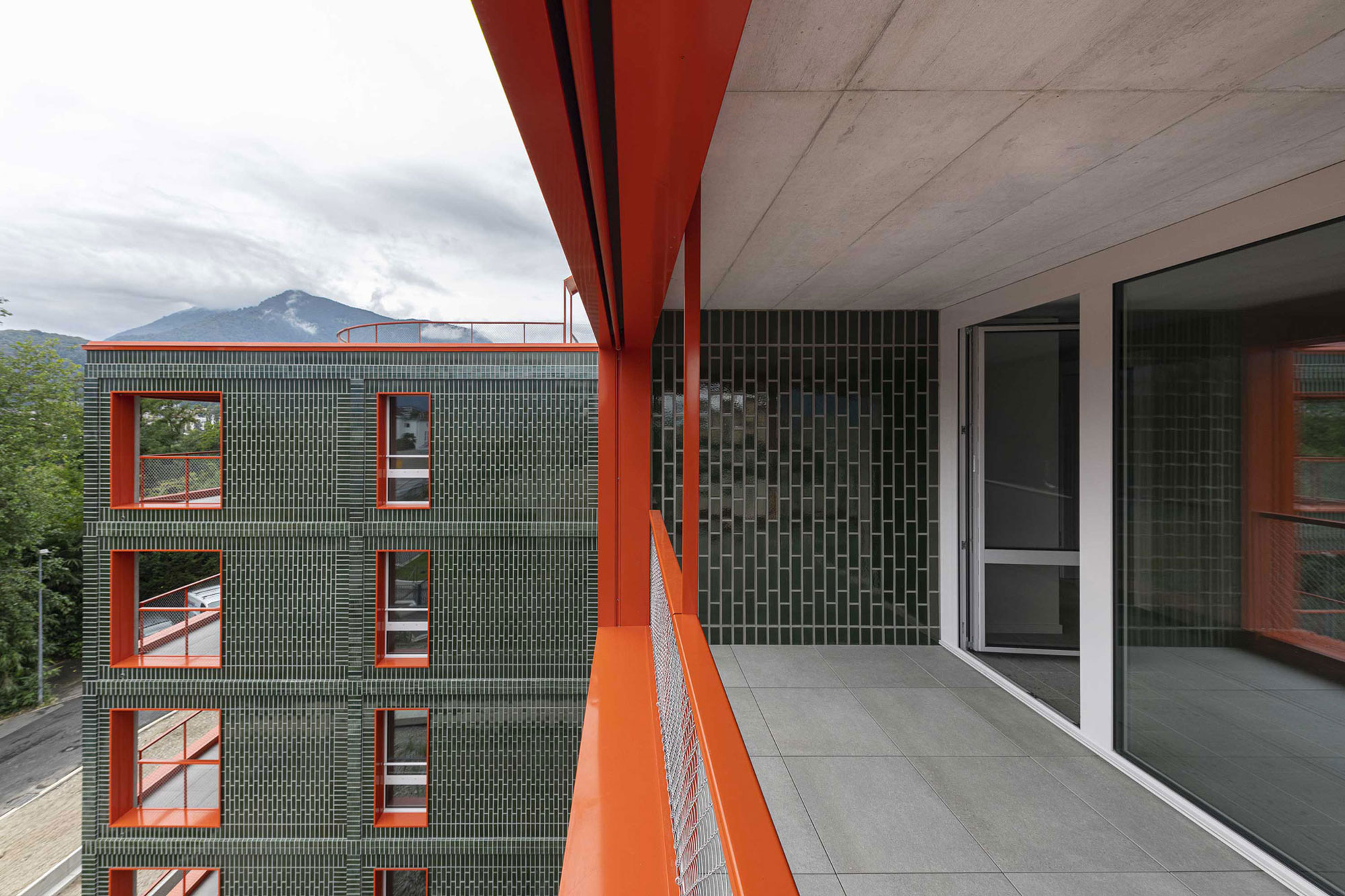


Via Industrie 24, 6930 Bedano
Svizzera
0041 91 935 79 79
info@veragouthxilema.com
veragouth e xilema
Veragouth e Xilema è la definizione attuale di un’azienda protagonista in Ticino da quasi un secolo nel settore della falegnameria e carpenteria edile.
10.4.25
Swissnex Window #5: Synthetic Interactions. Swiss Design meets AI and robotics
Exhibition on the occasion of Osaka EXPO 2025, April 10–May 6
10.4.25
GGQ2 Fire Protection Specialist
Marius Pabst is the key point of reference within the company
12.10.23
Girondella, between contemporaneity and memory
Video interview with architect Mario Cucinella
12.10.23
School gyms in Gordola and Bellinzona
Large wooden exoskeletons as a paradigm of flexibility
8.9.22
How our technical department works
From drawing to quality finished work. In between, the knowledge of those with direct experience of wood.
30.9.21
Team Veragouth and Xilema
25 professionals including engineers, architects, designers and draughtsman, 4 sector directors and over 70 specialised workers
14.2.21
Veragouth and Xilema adopts Minergie
The top choice in terms of environmental sustainability
15.1.21
Veragouth and Xilema, industrial partners in research projects
Responsibility for the future
13.2.21
Oak
The main wood in carpentry
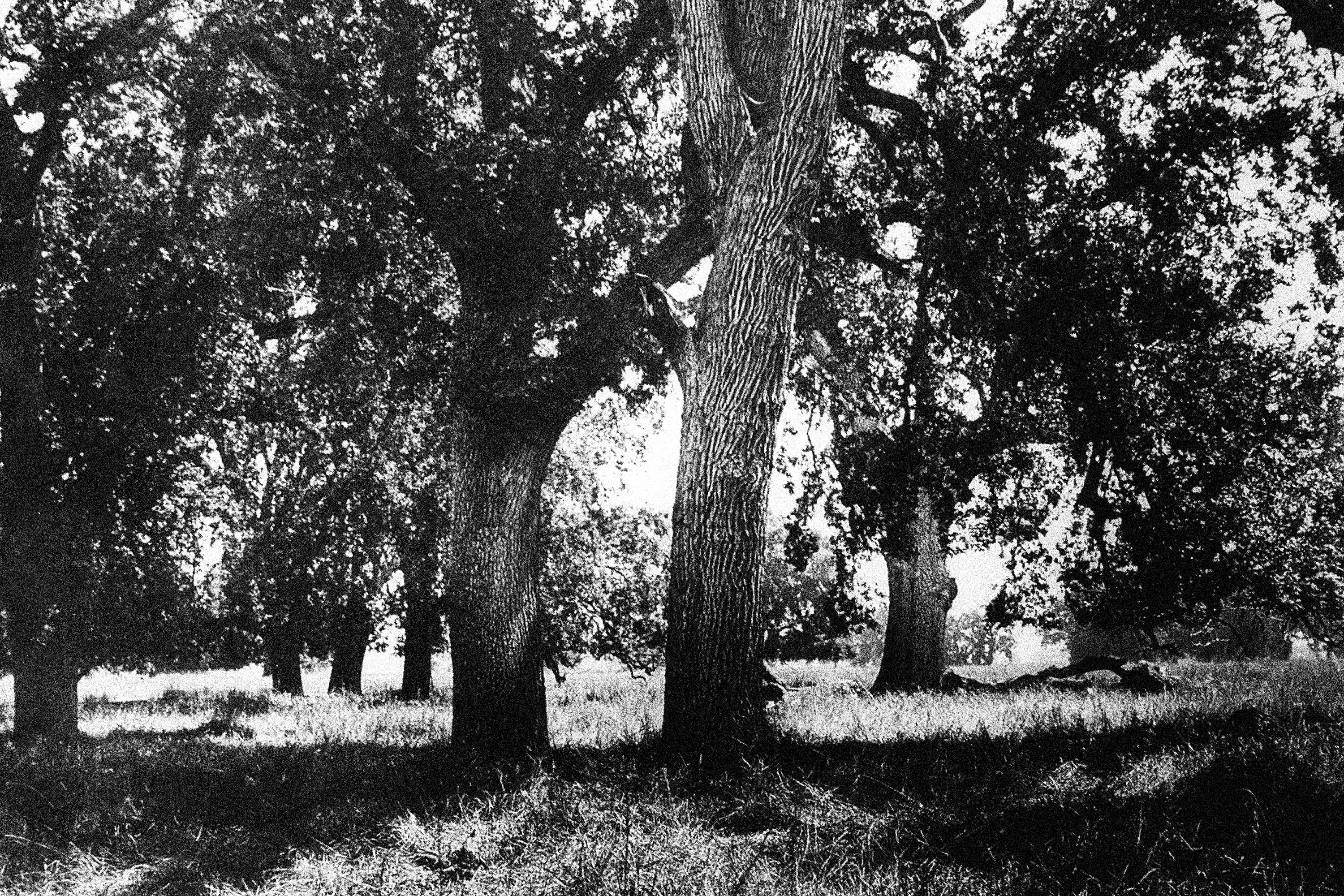
An oak is a semi-deciduous tree or shrub belonging to the Fagaceae beech family. The name derives from the Latin robus, roboris in the genitive, which generally means “oak” and “hard, strong wood”.
The word has the same semantic root as robur: strength, robustness. Robust and oak therefore have the same etymology, and this already tells us a lot about oak wood and its multiple uses. As a plant, Oak is widespread throughout Europe and Anatolia (there is also an American Oak and a Japanese Oak). It grows to a height of over 30 meters, reaching 500-800 years of age with its maximum peak size at 120-200 years.
However, it should be noted that if botany defines oak as a particular oak (Quercus petrea), in carpentry “oak” is the trade name of the wood that is obtained from the trees of the entire Fagaceae family, which includes the Quercus robur, the Quercus ilex and the Quercus cerris.
An excellent balance between elegance and performance because of its good mechanical strength, high hardness, stability and durability, characteristics that improve with ageing.
Oak wood is the absolute best for the “exposed wood” category, where it is used in natural, bleached or stained form, for exteriors and interiors. Due to its warm brown colour, it is highly appreciated in furnishings. It also has an excellent balance between elegance and performance because of its good mechanical strength, high hardness, stability and durability, characteristics that improve with ageing. Resistant to bad weather, as well as to fungi, moulds and humidity, easy to work with, good assembly disposition (whether with glue, screws and nails) and finishing, and suitable for creating curved surfaces. Because of this last trait, oak has always been used for the construction of boats, and timber for barrels – also due to its high content of tannin, a chemical compound that gives the oak barrels a highly appreciated aroma and allows the wood to resist musts fermentation.
On another note, della Rovere was one of the most famous pope of the Renaissance, Julius II, who, at the beginning of the sixteenth century, was responsible for starting a grandiose program of artistic renewal, having the Eternal City as the earthly site for the universal Church. Julius II, the pope who could afford to have Bramante, Michelangelo and Raphael in his pay check, wanted a large oak tree to stand out in his heraldic, acorn adorned, coat of arms.
Crediti:
ETH-Bibliothek Zürich, Bildarchiv
Photo: Arnold Heim

